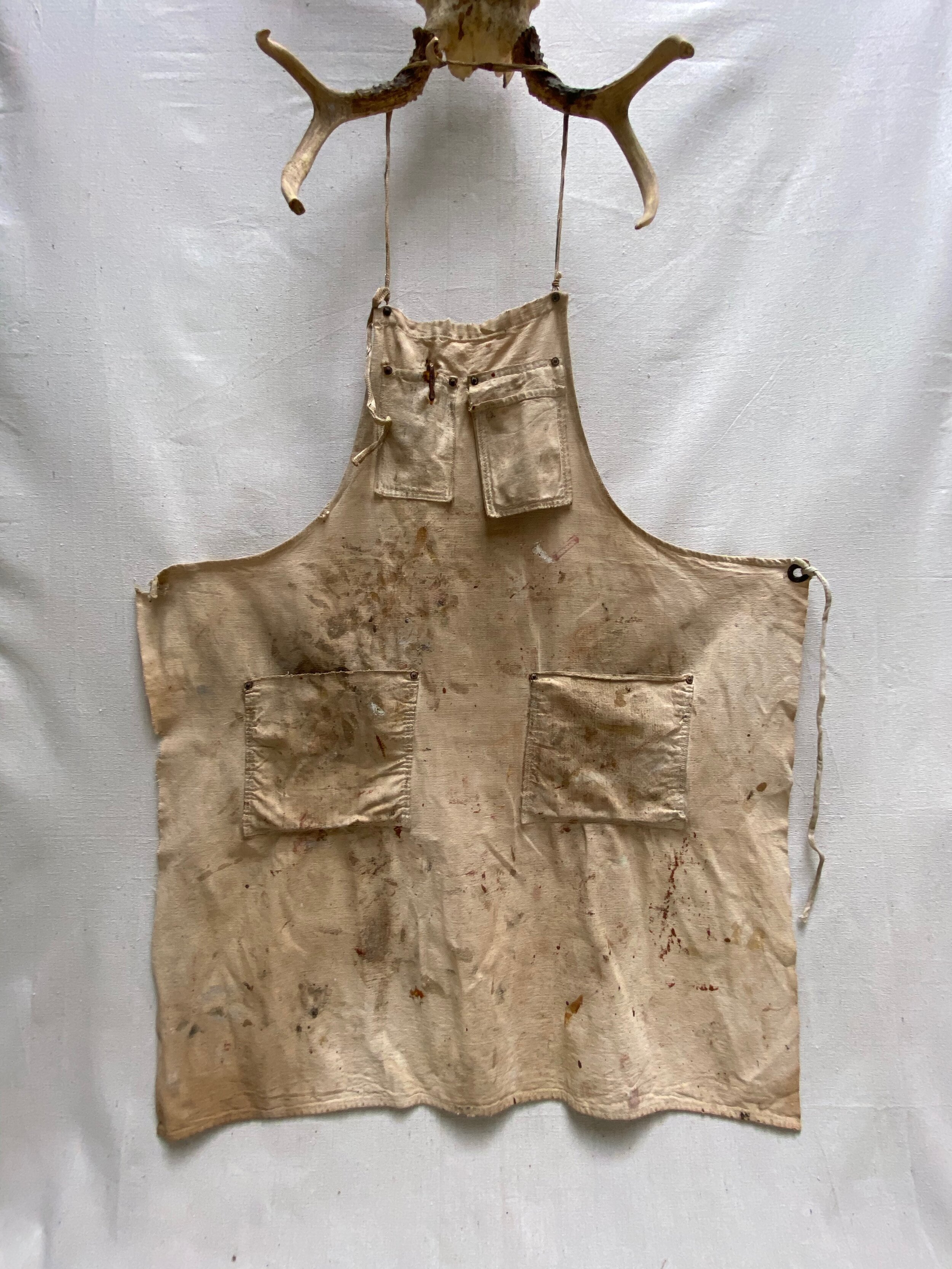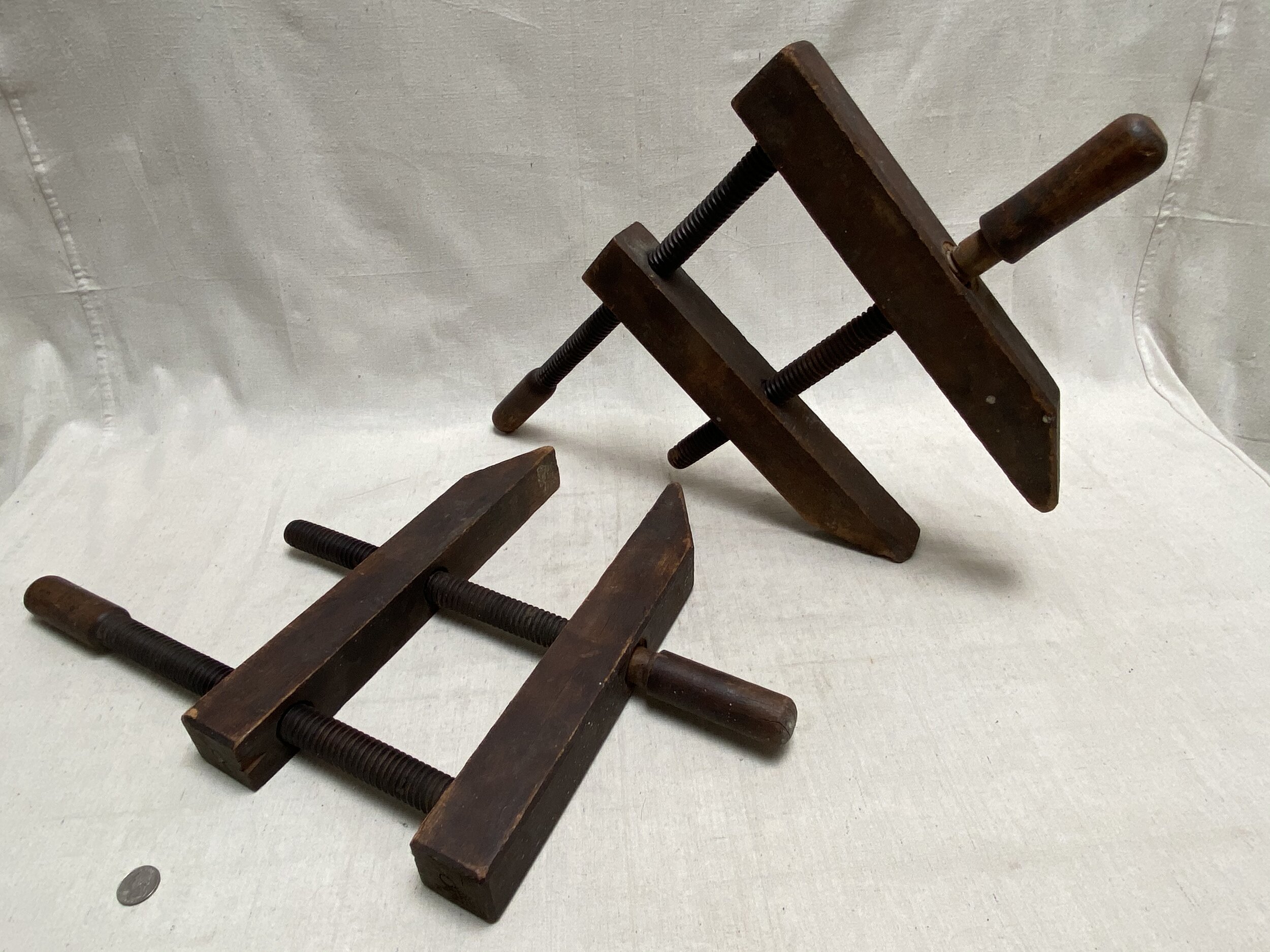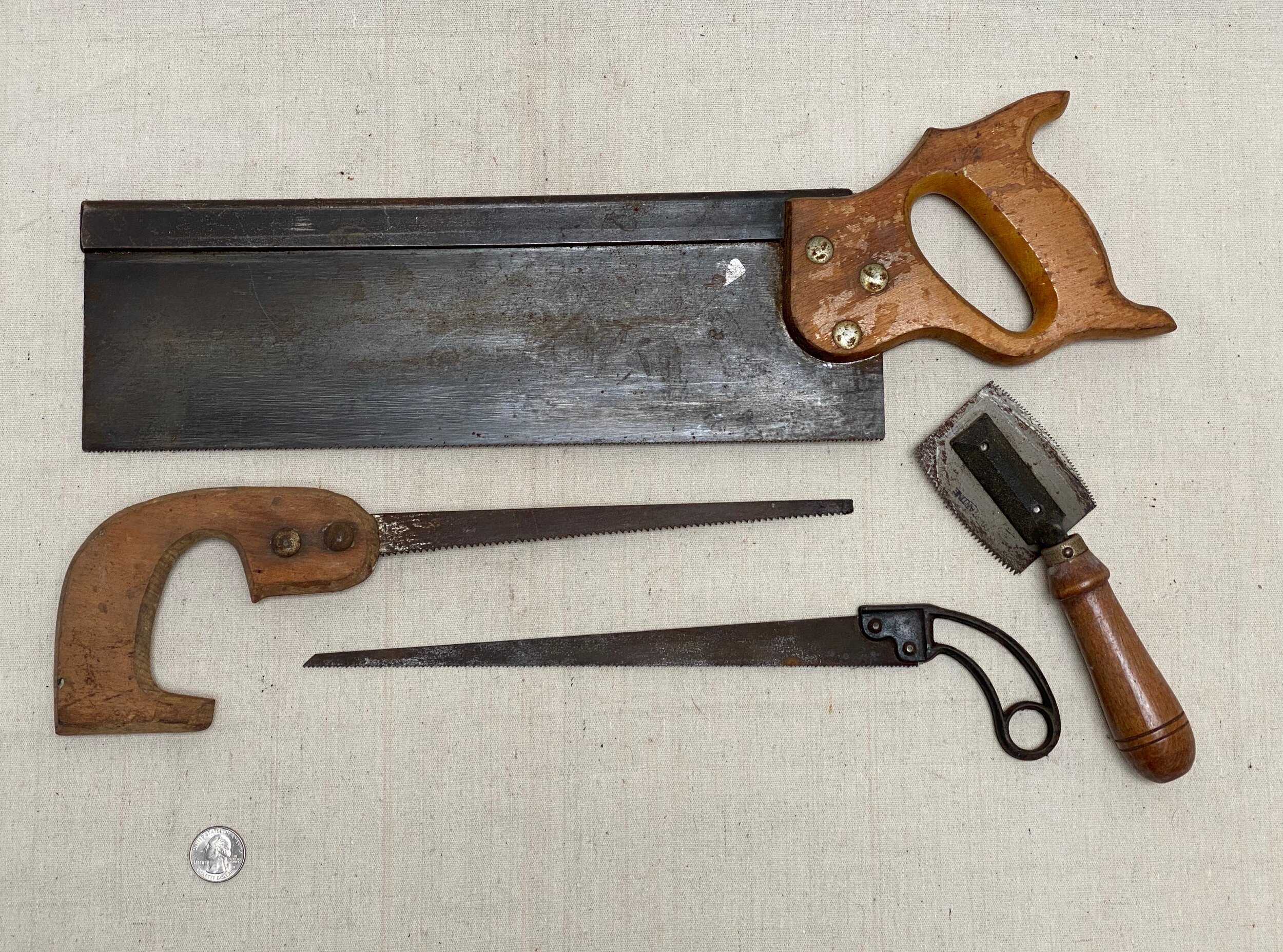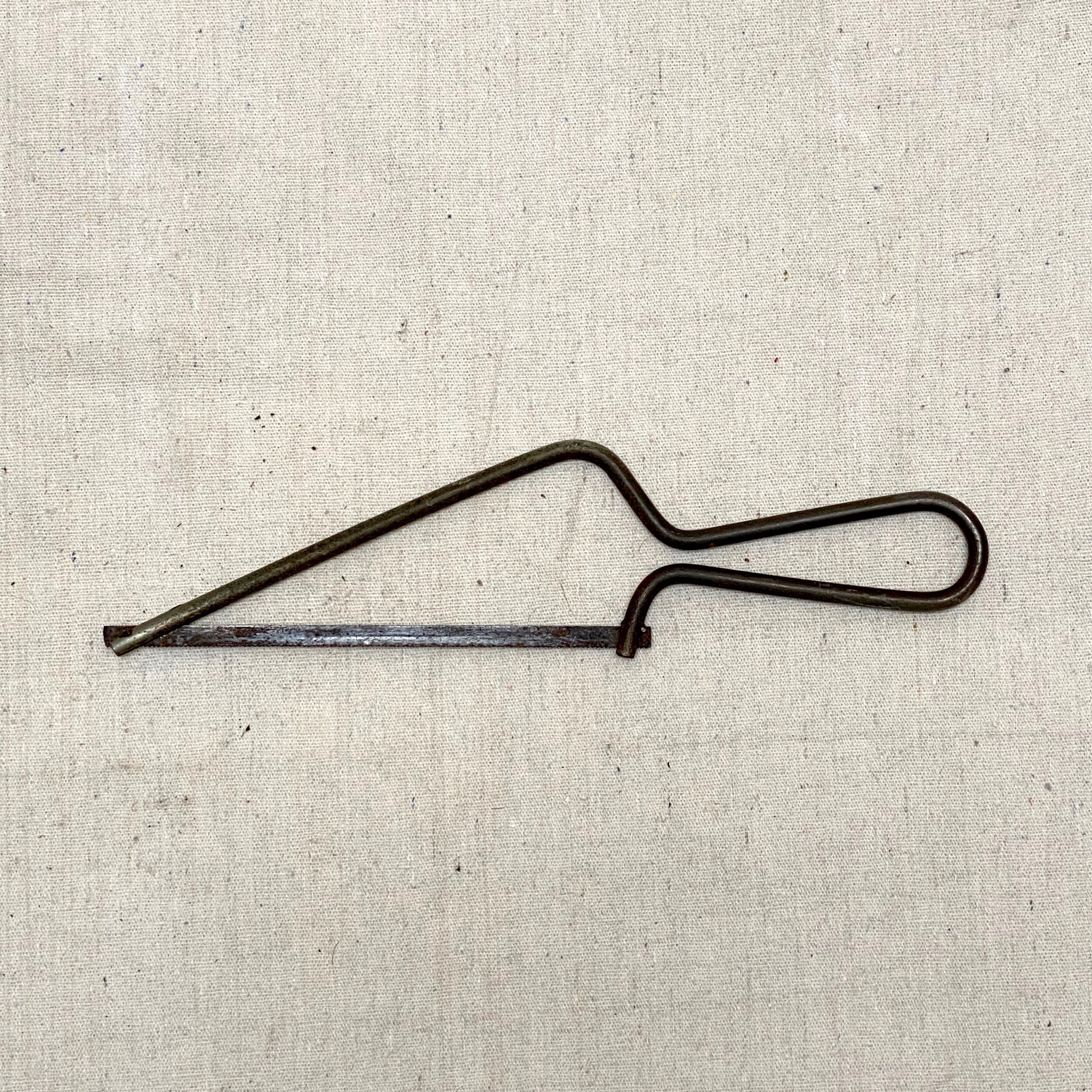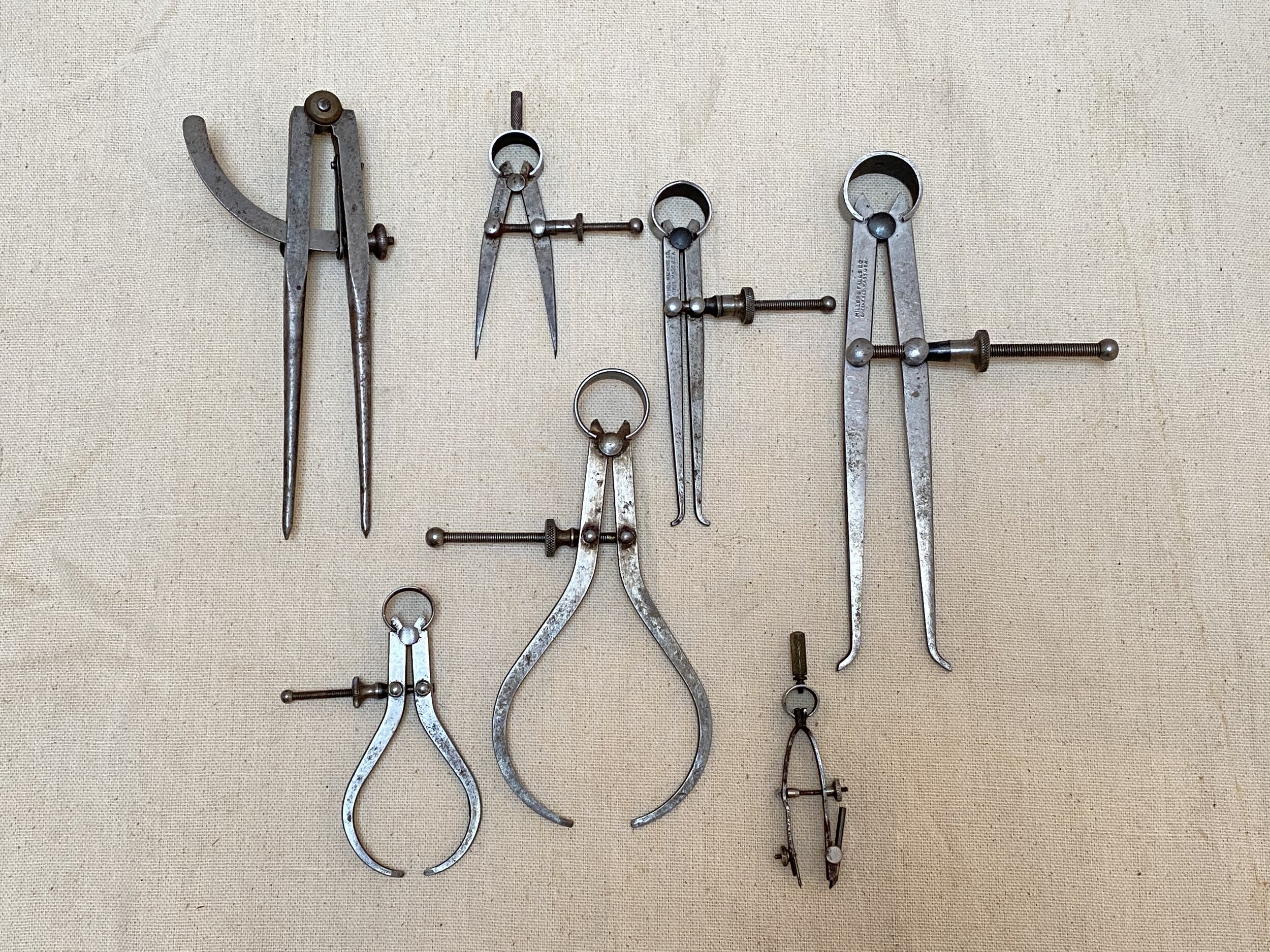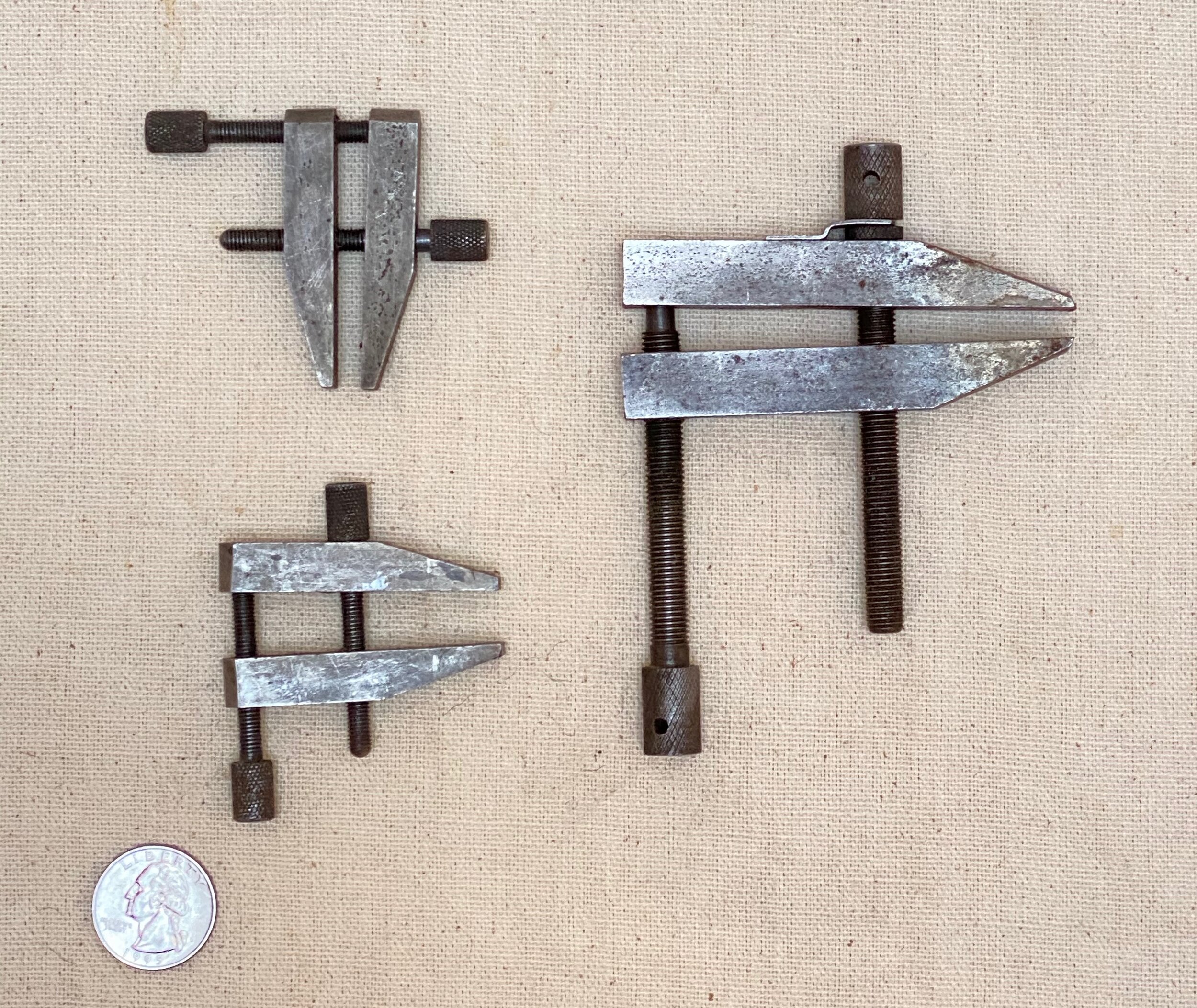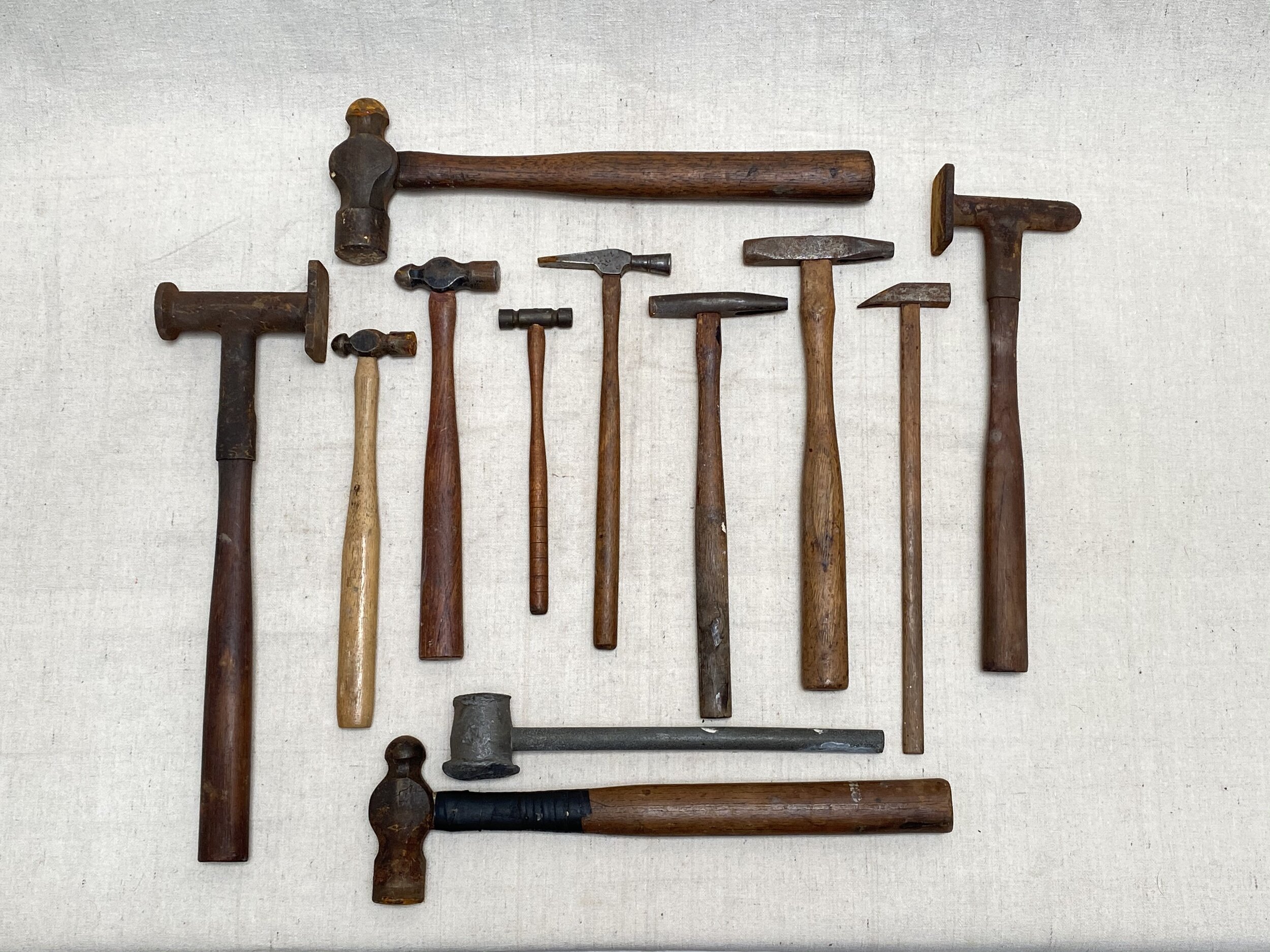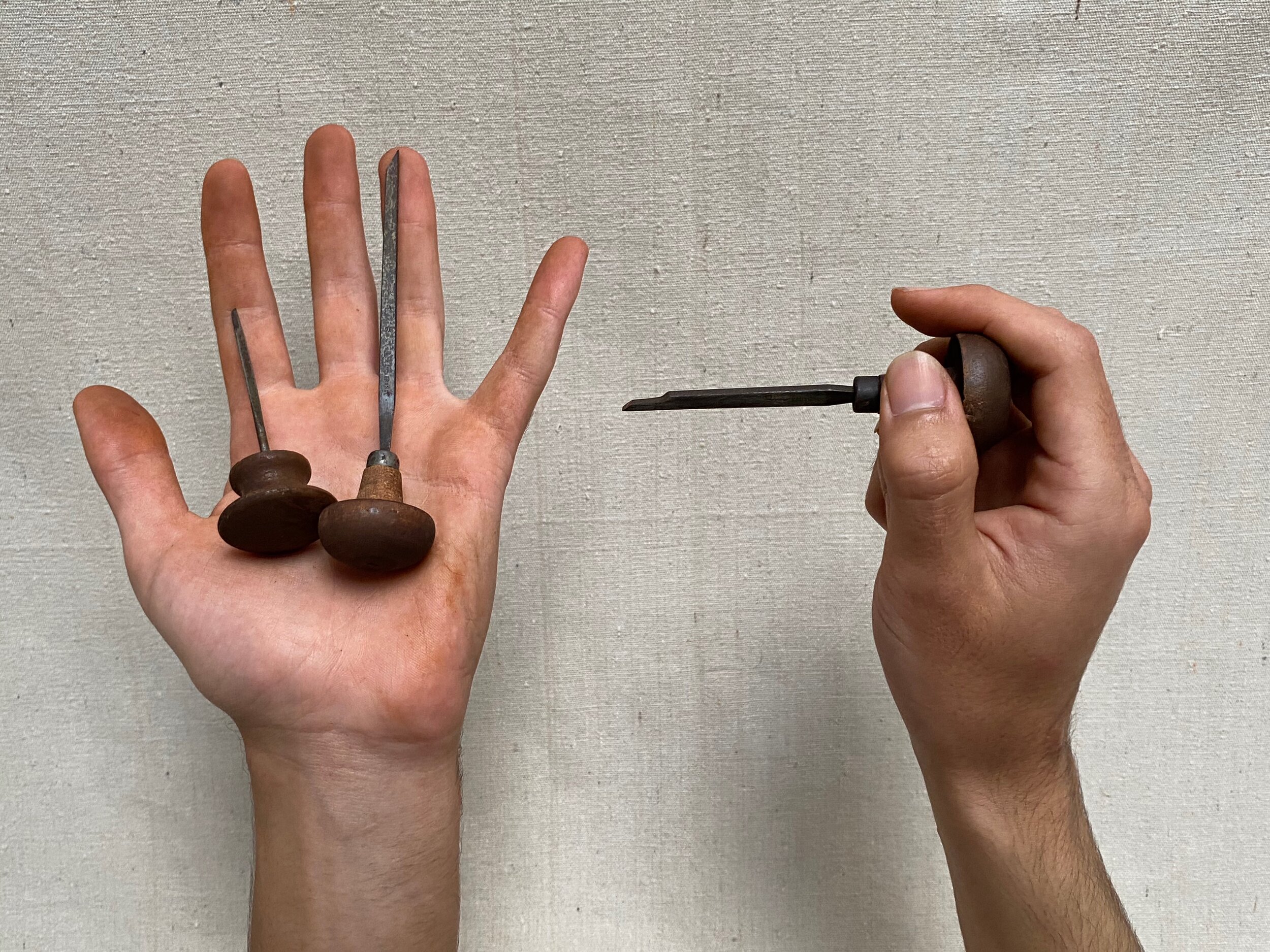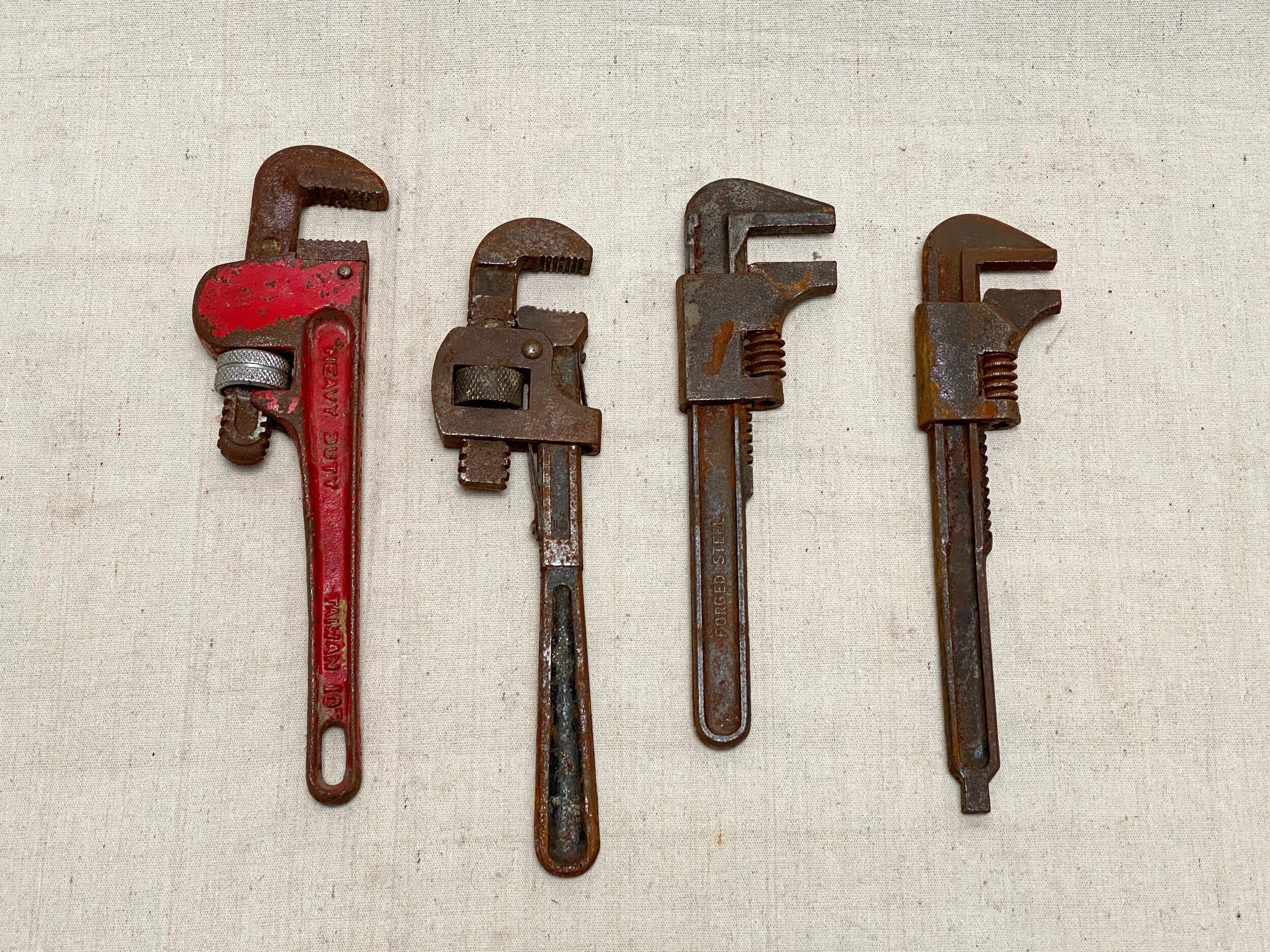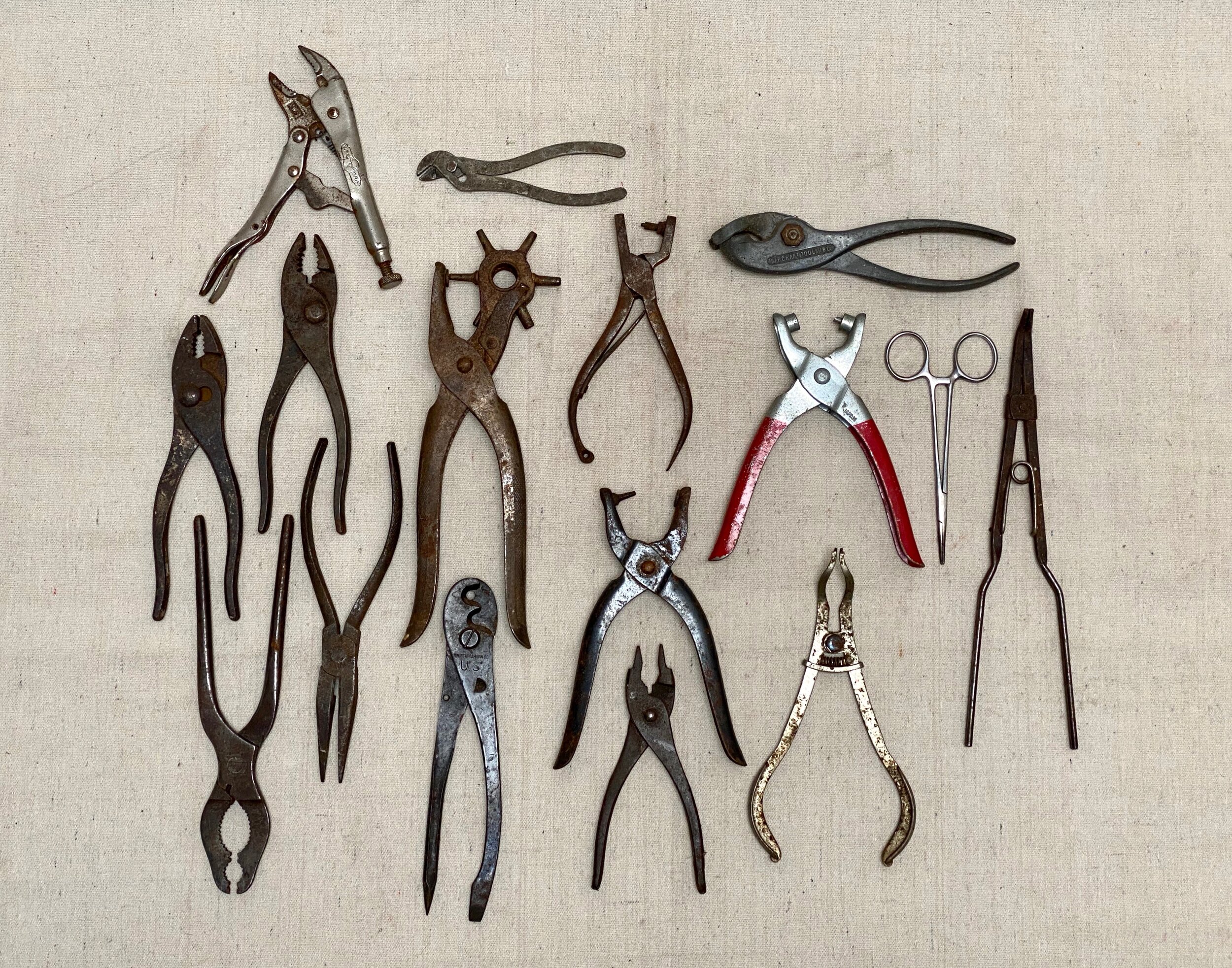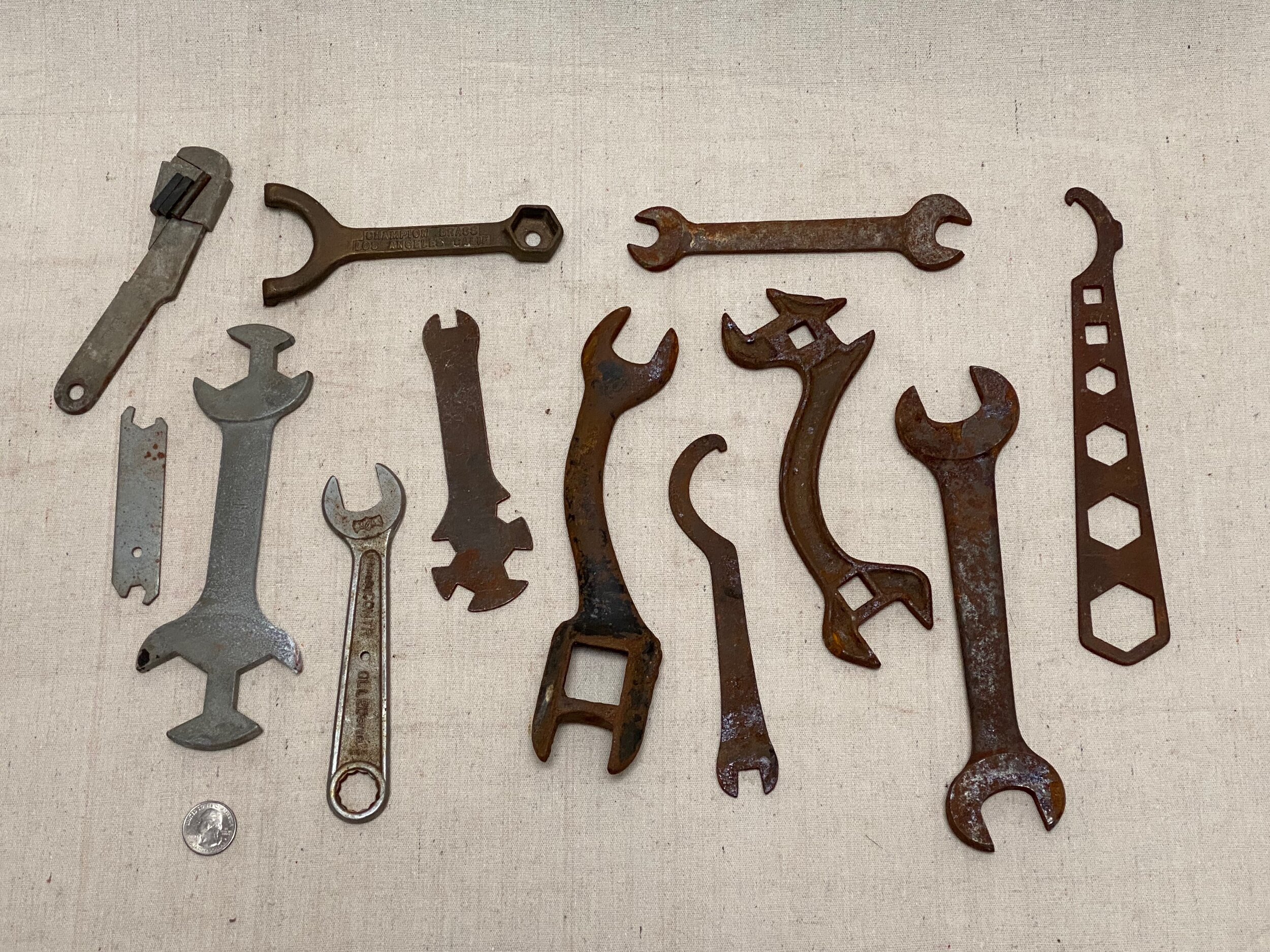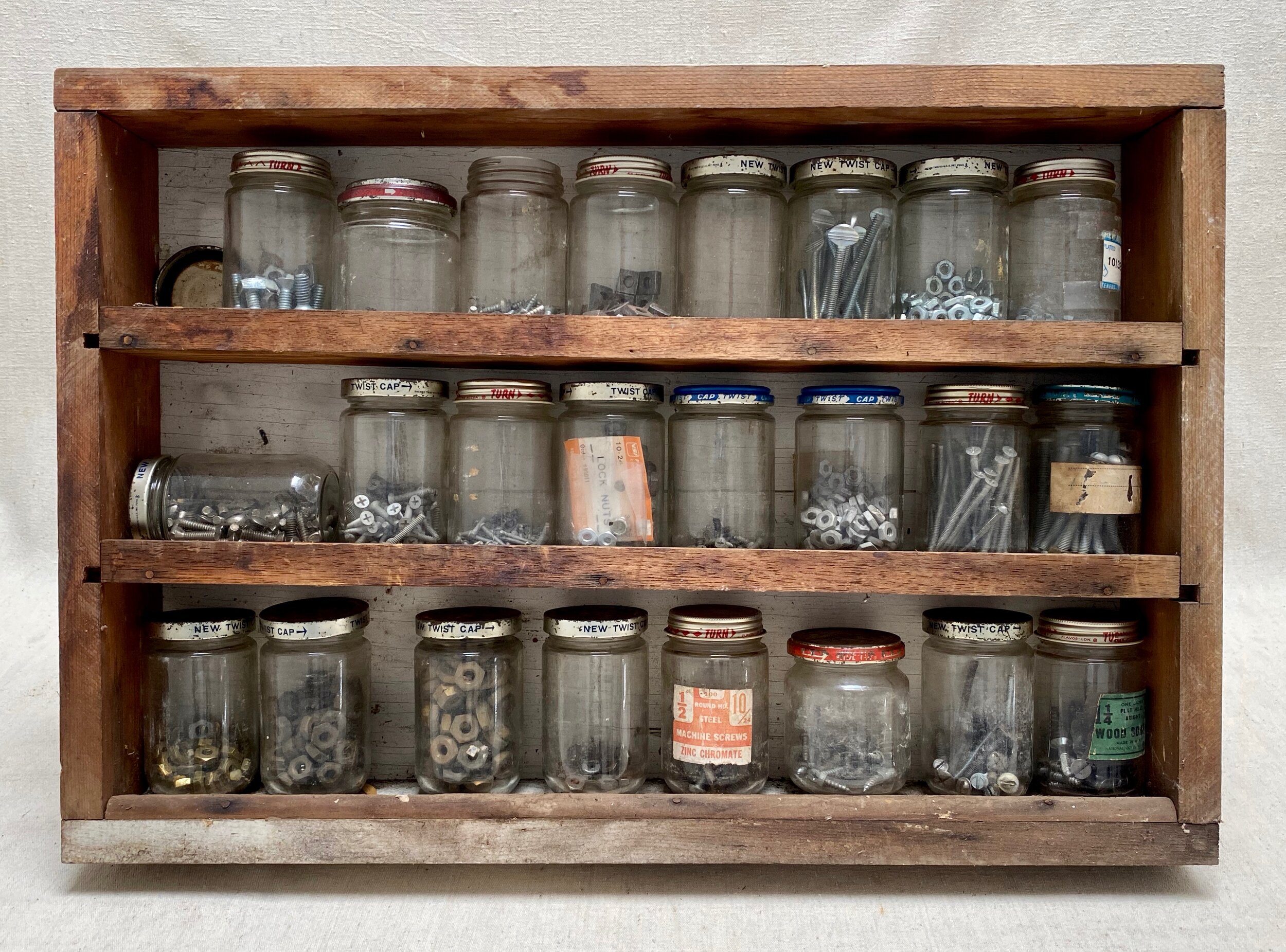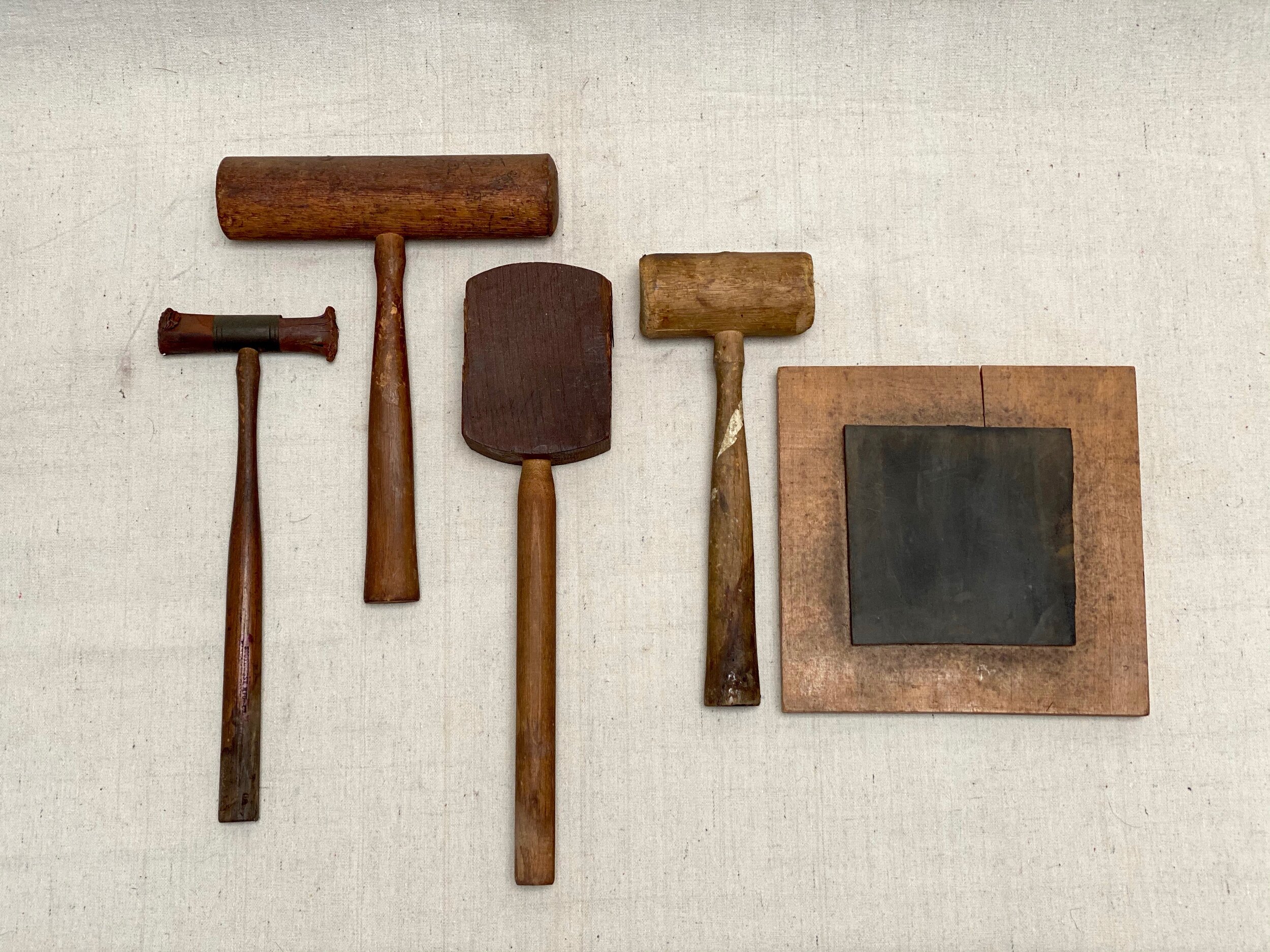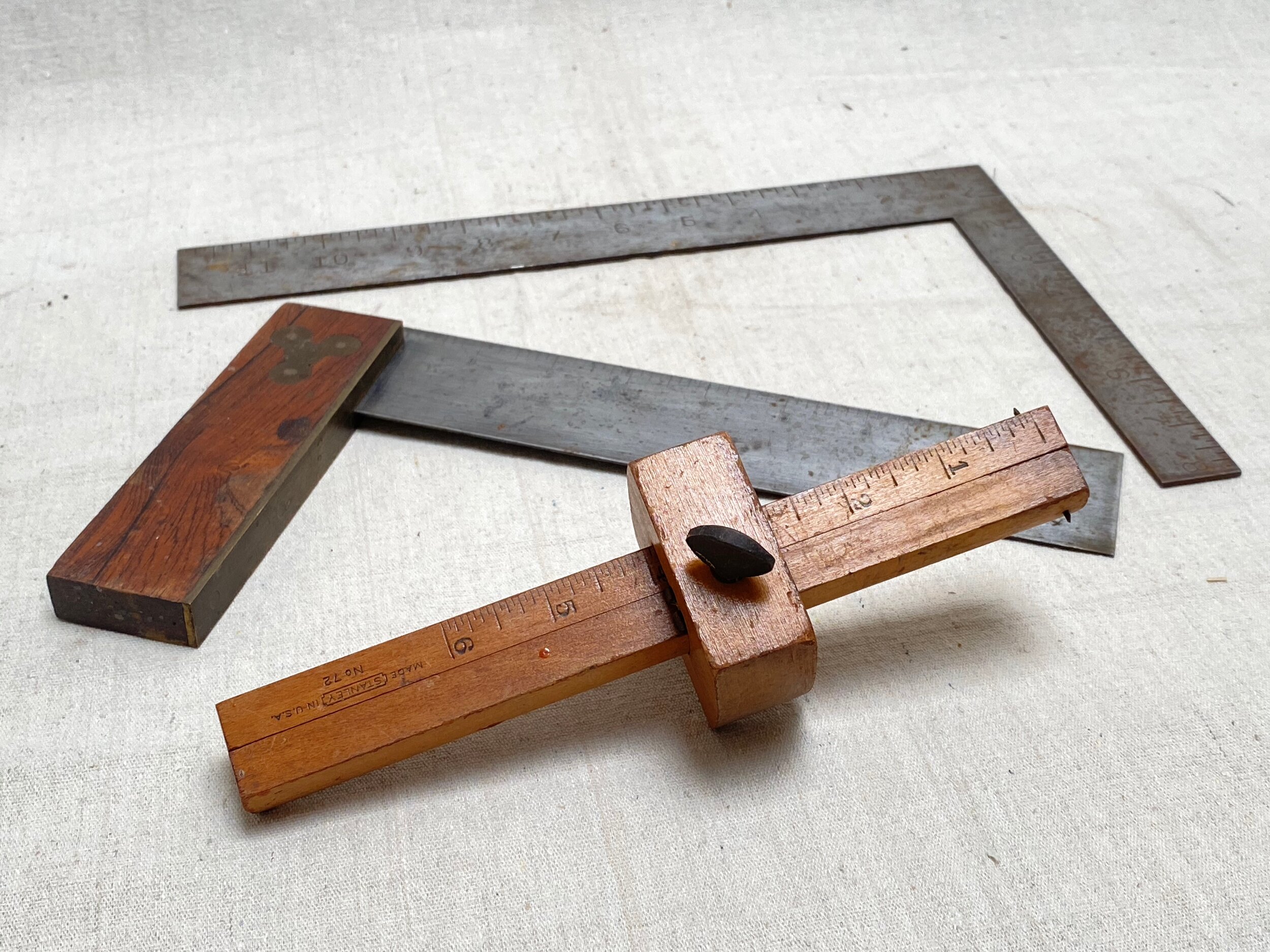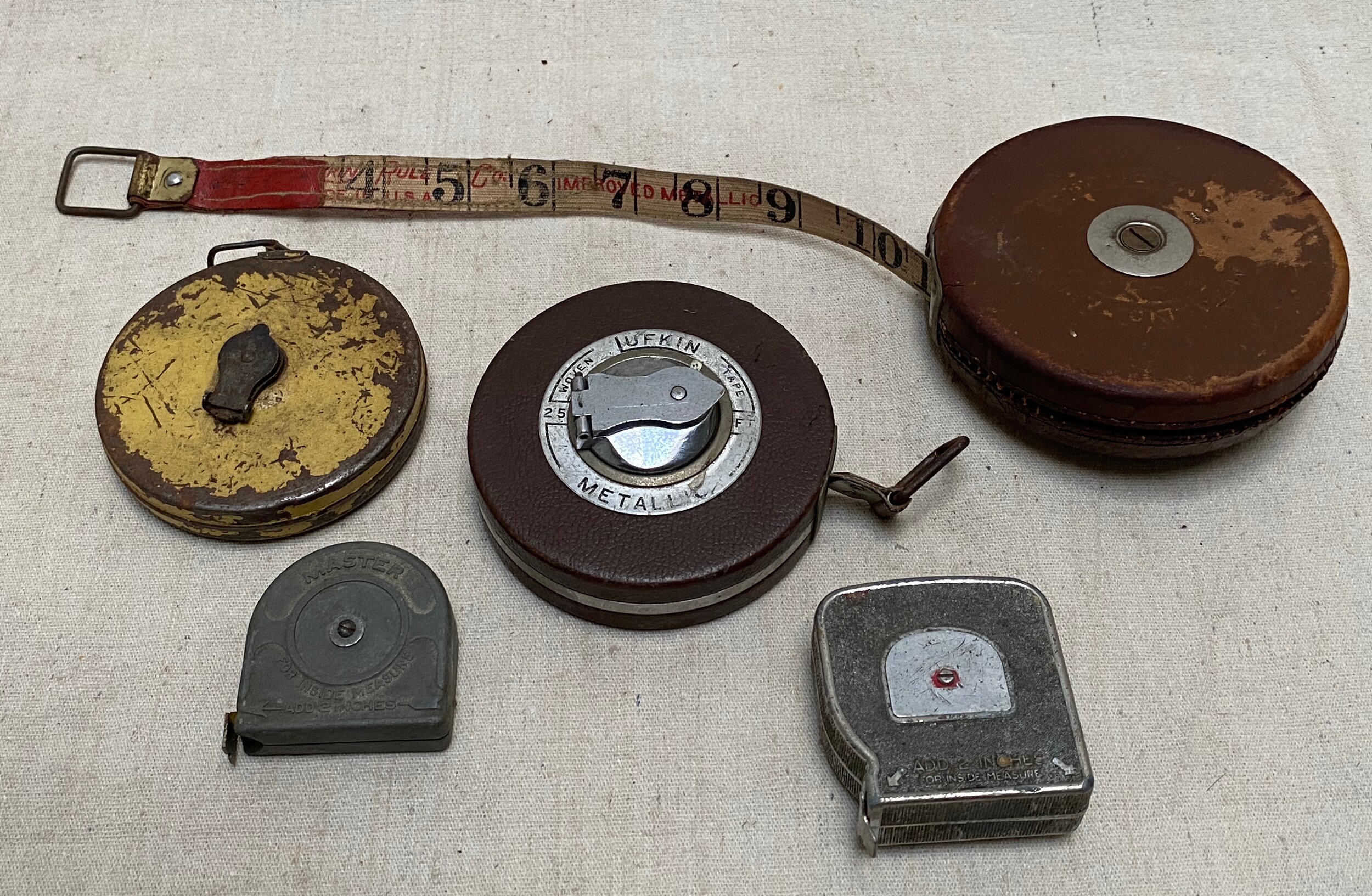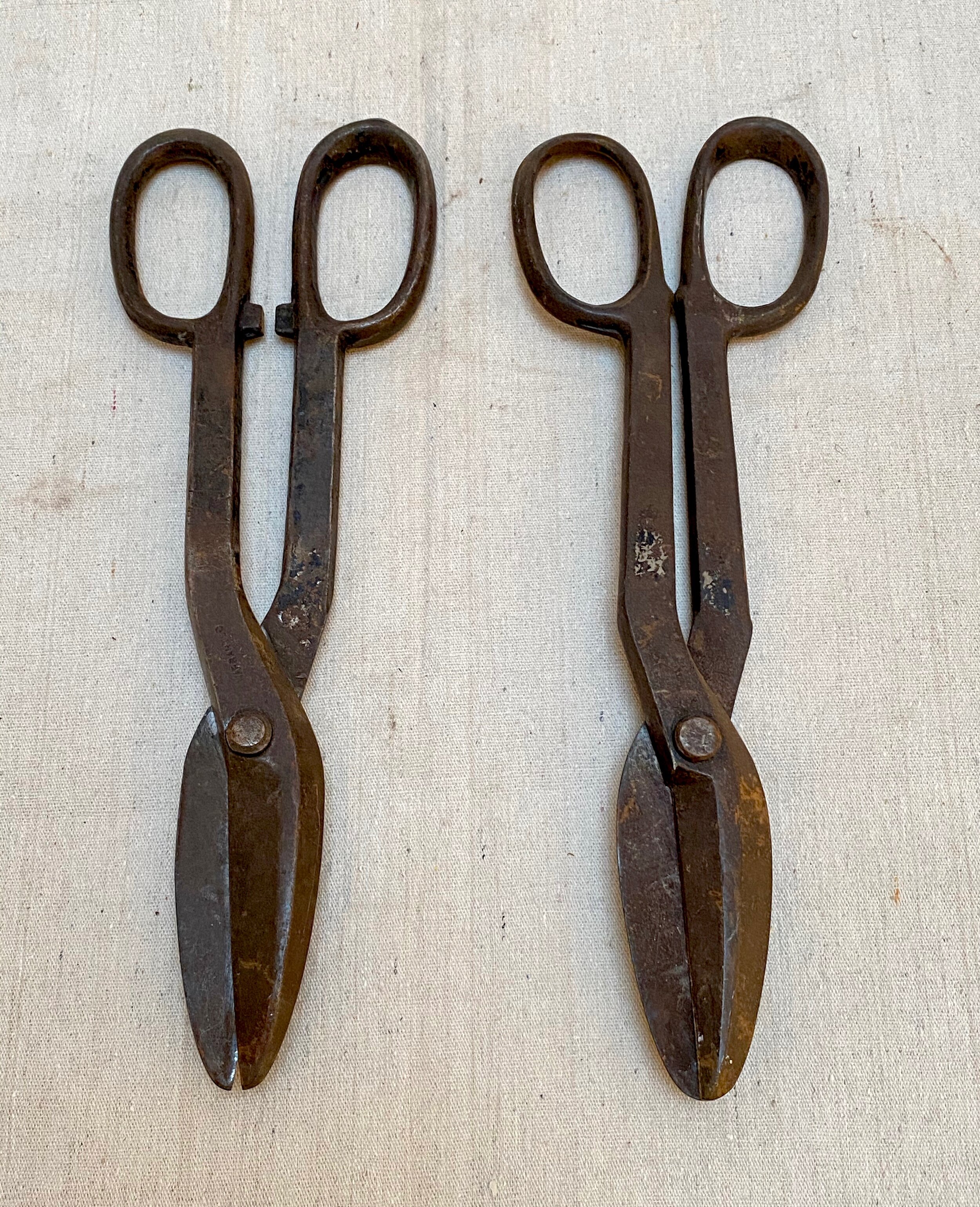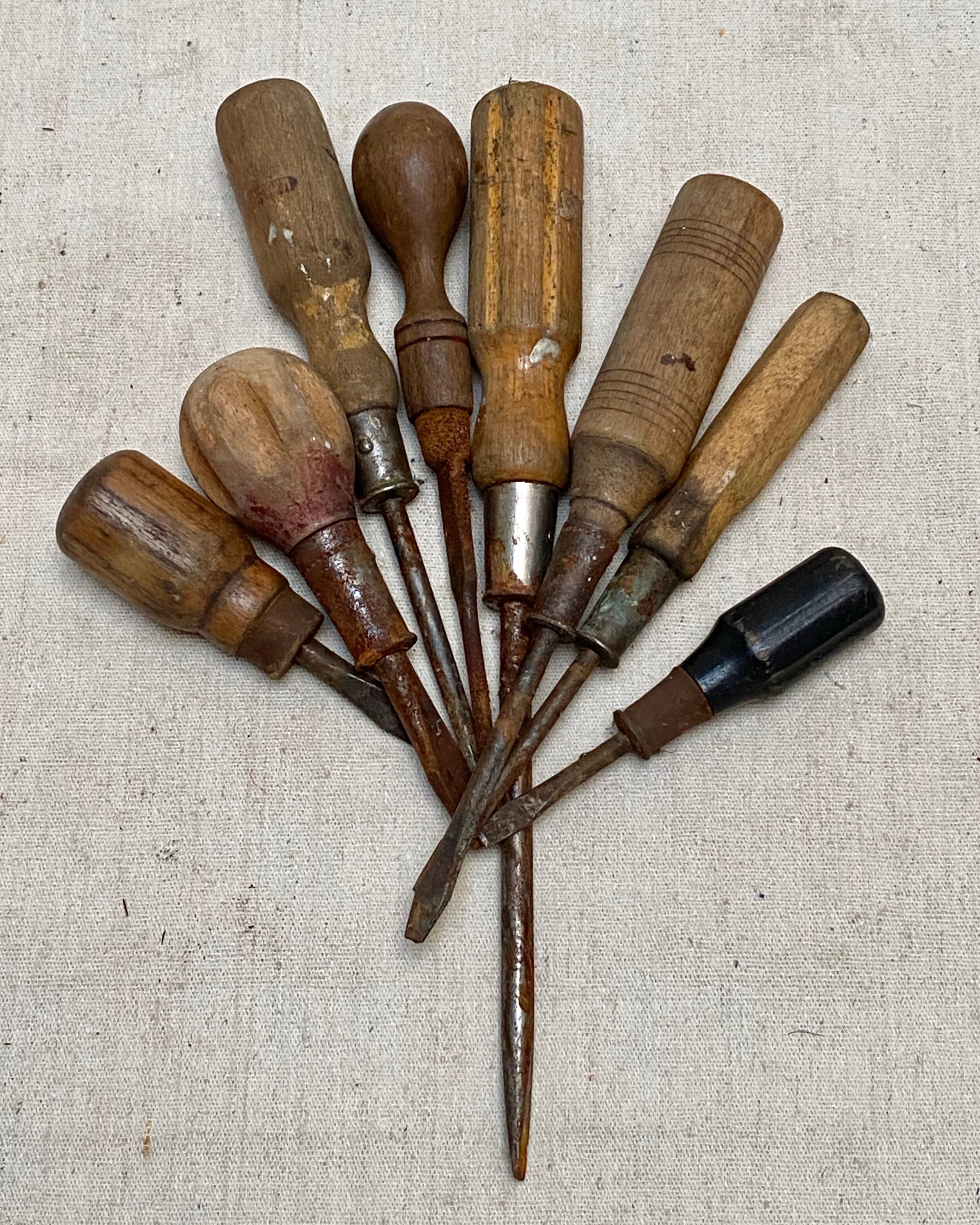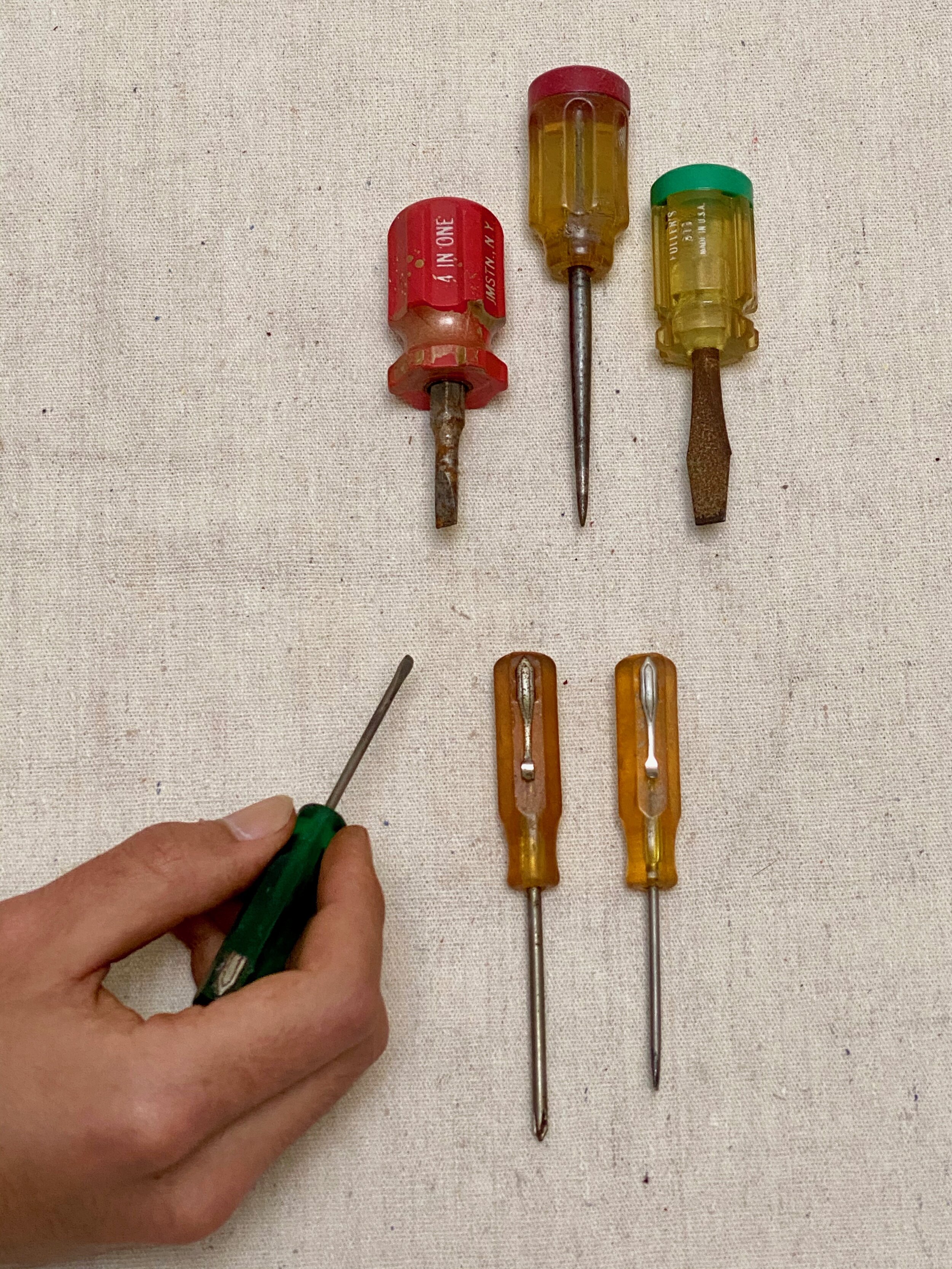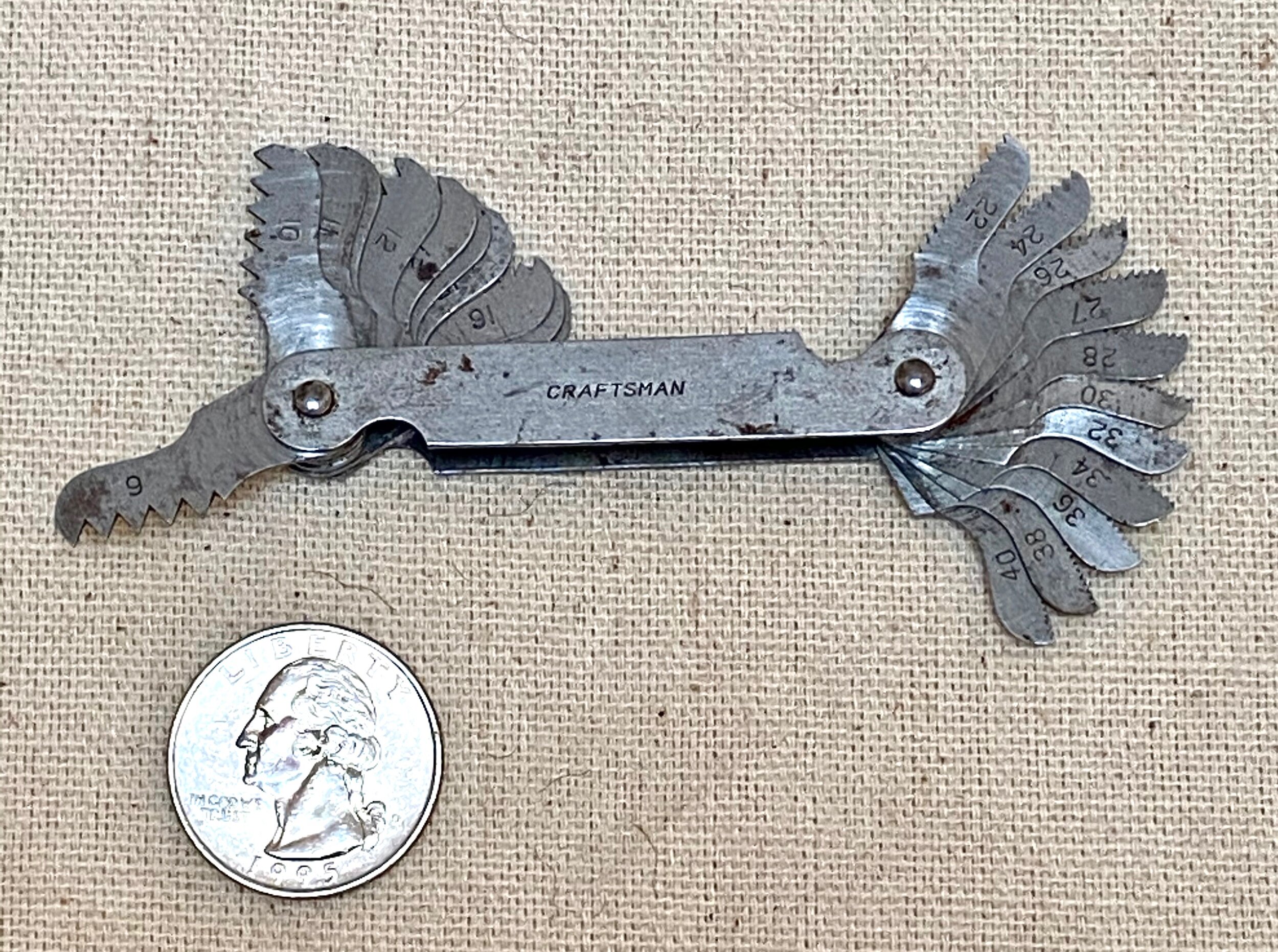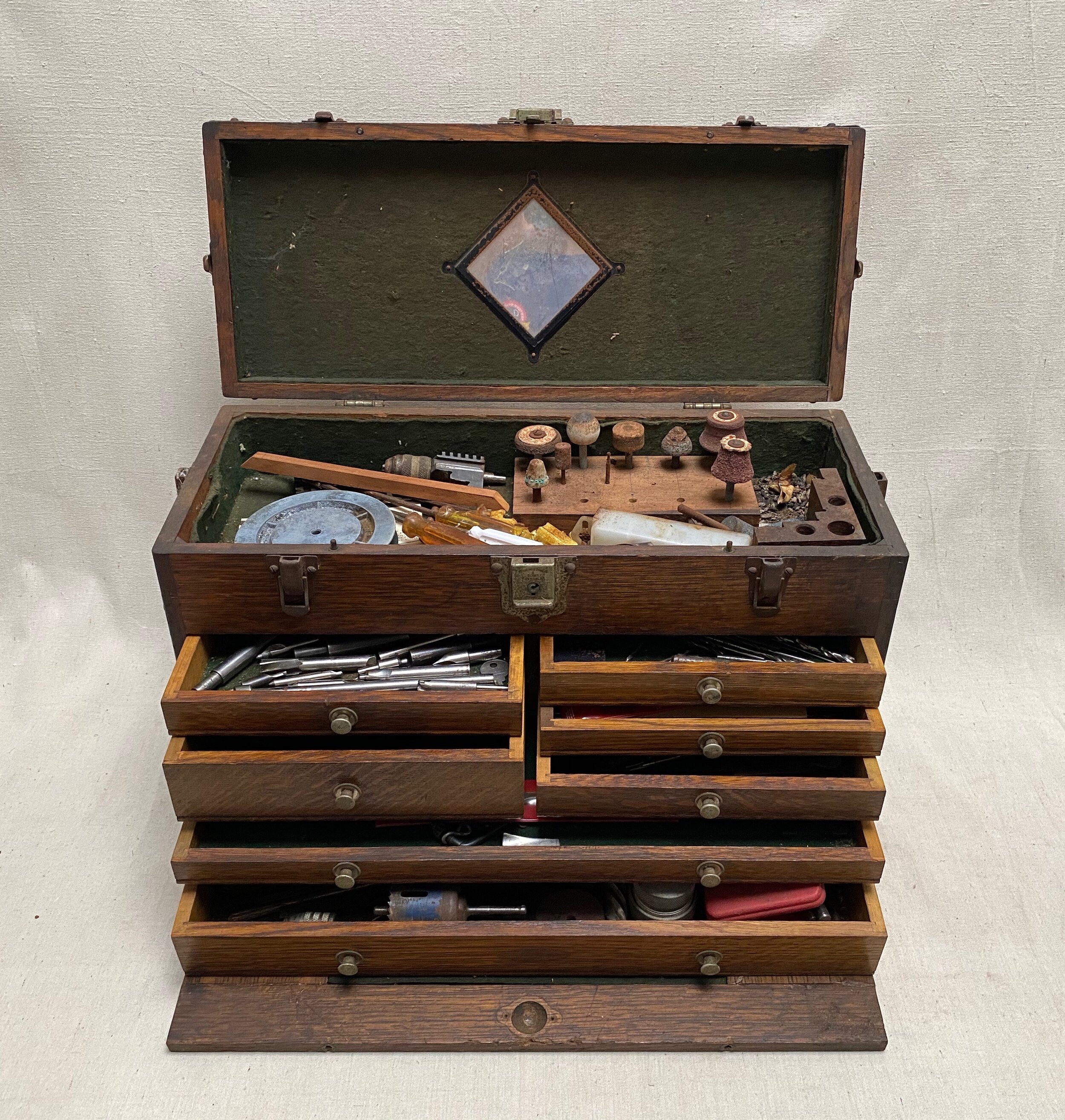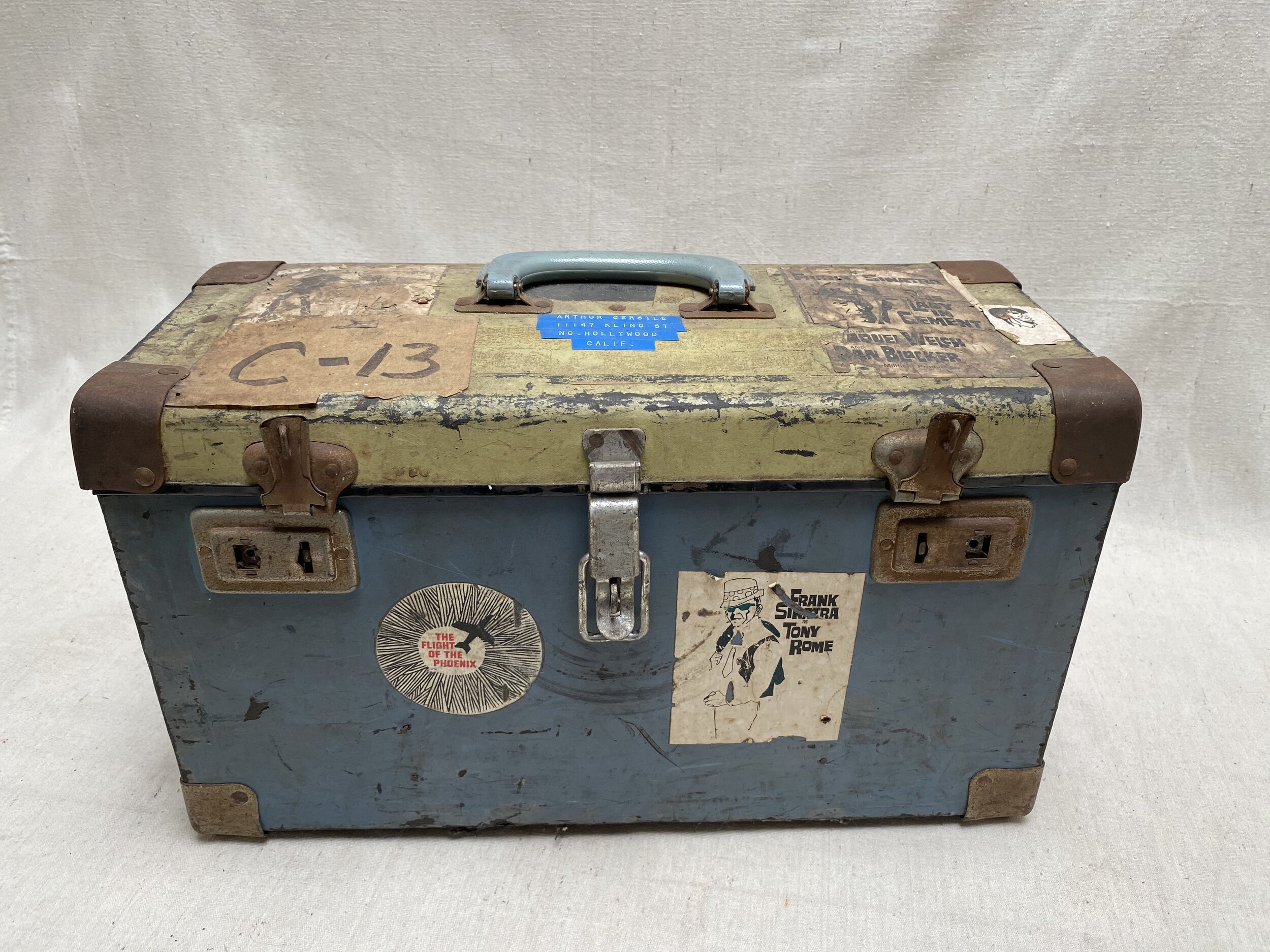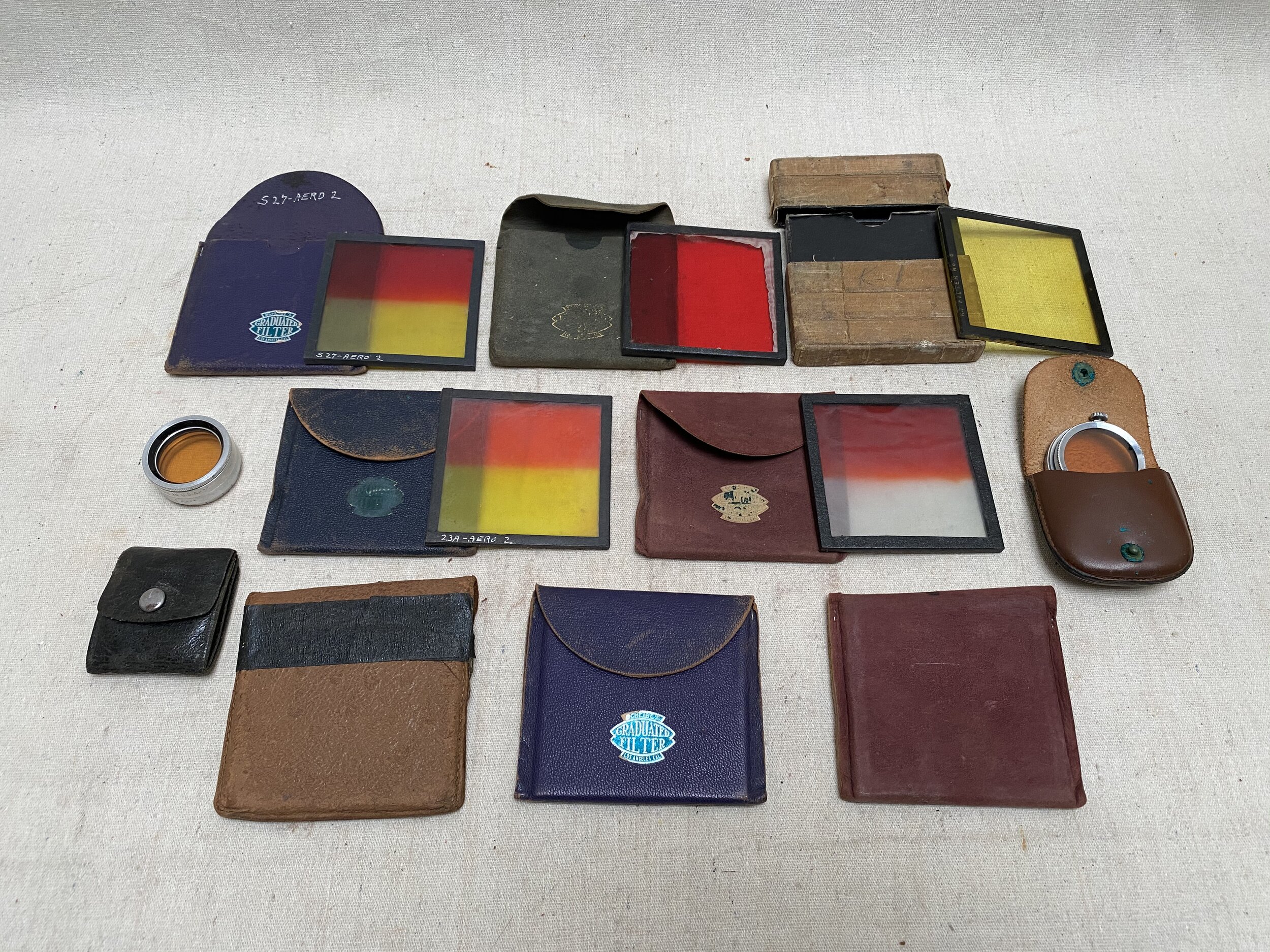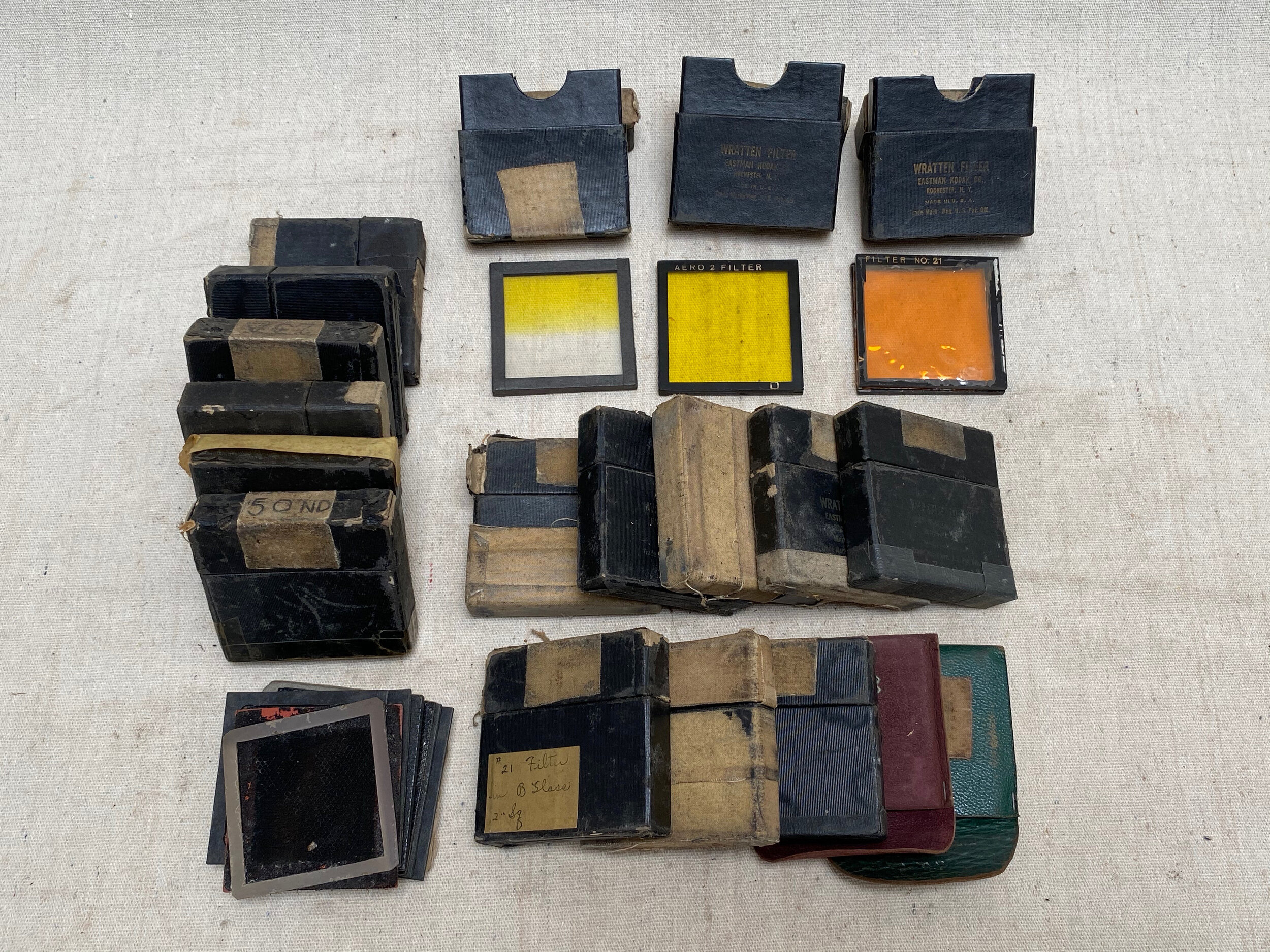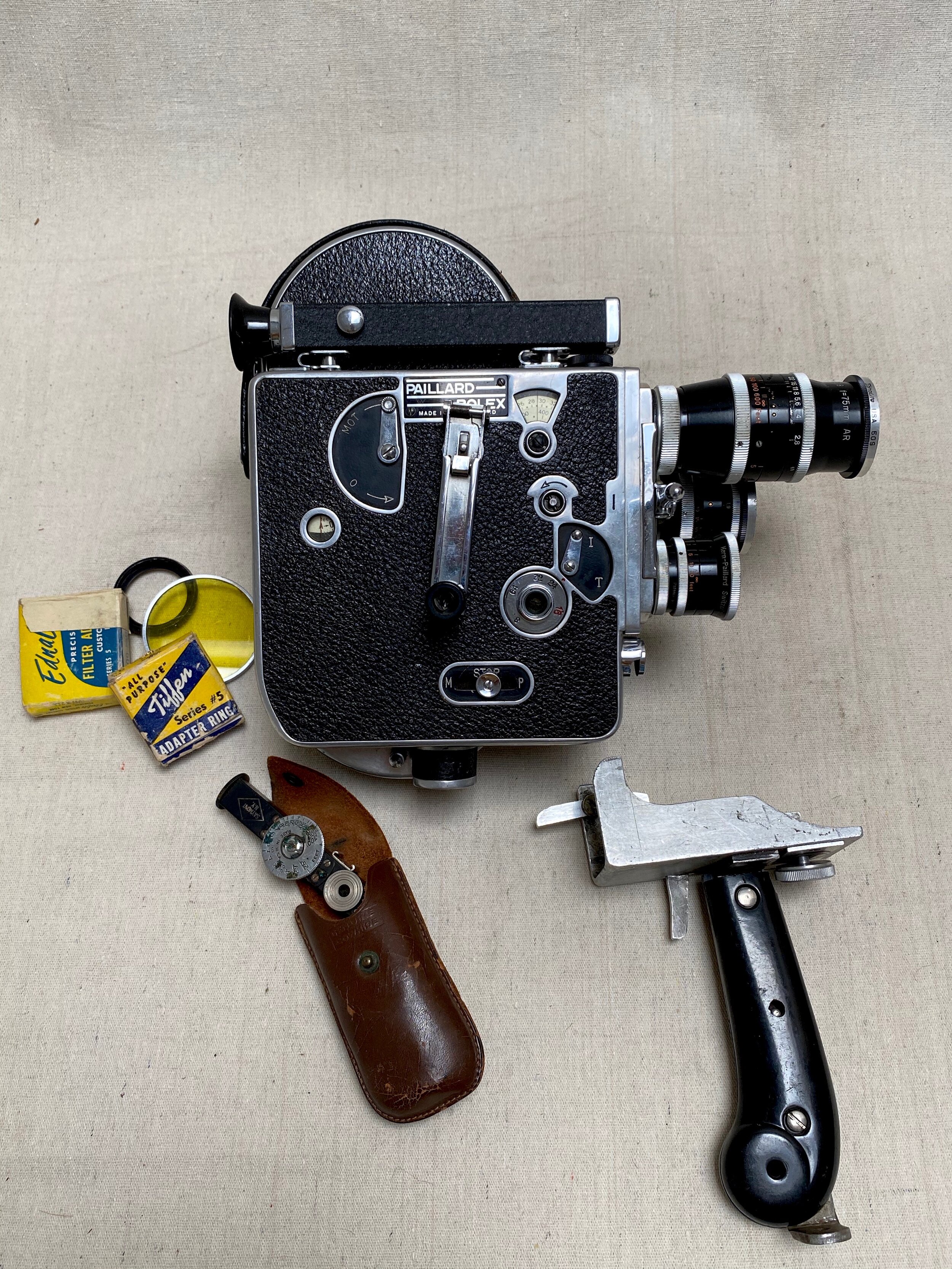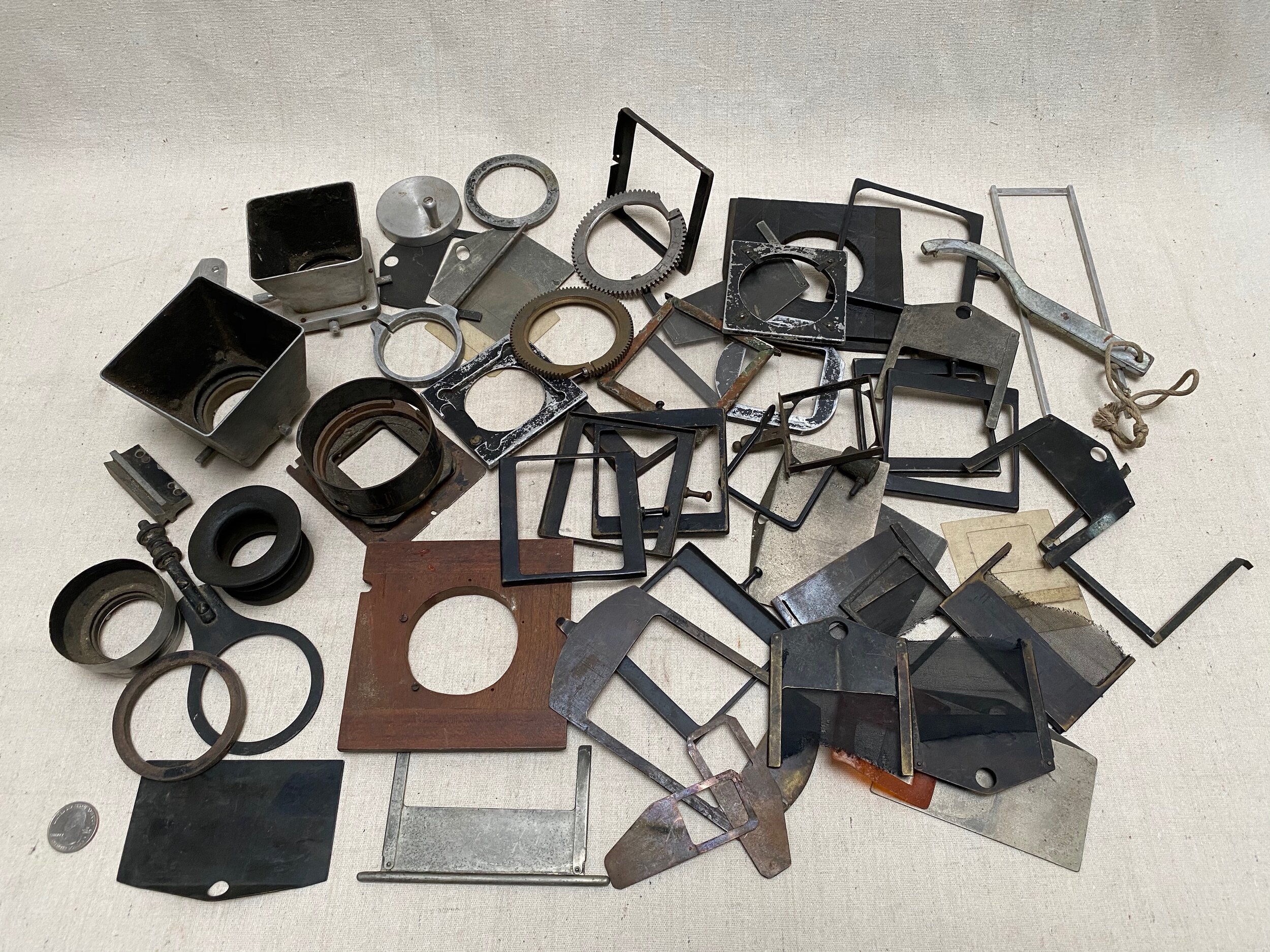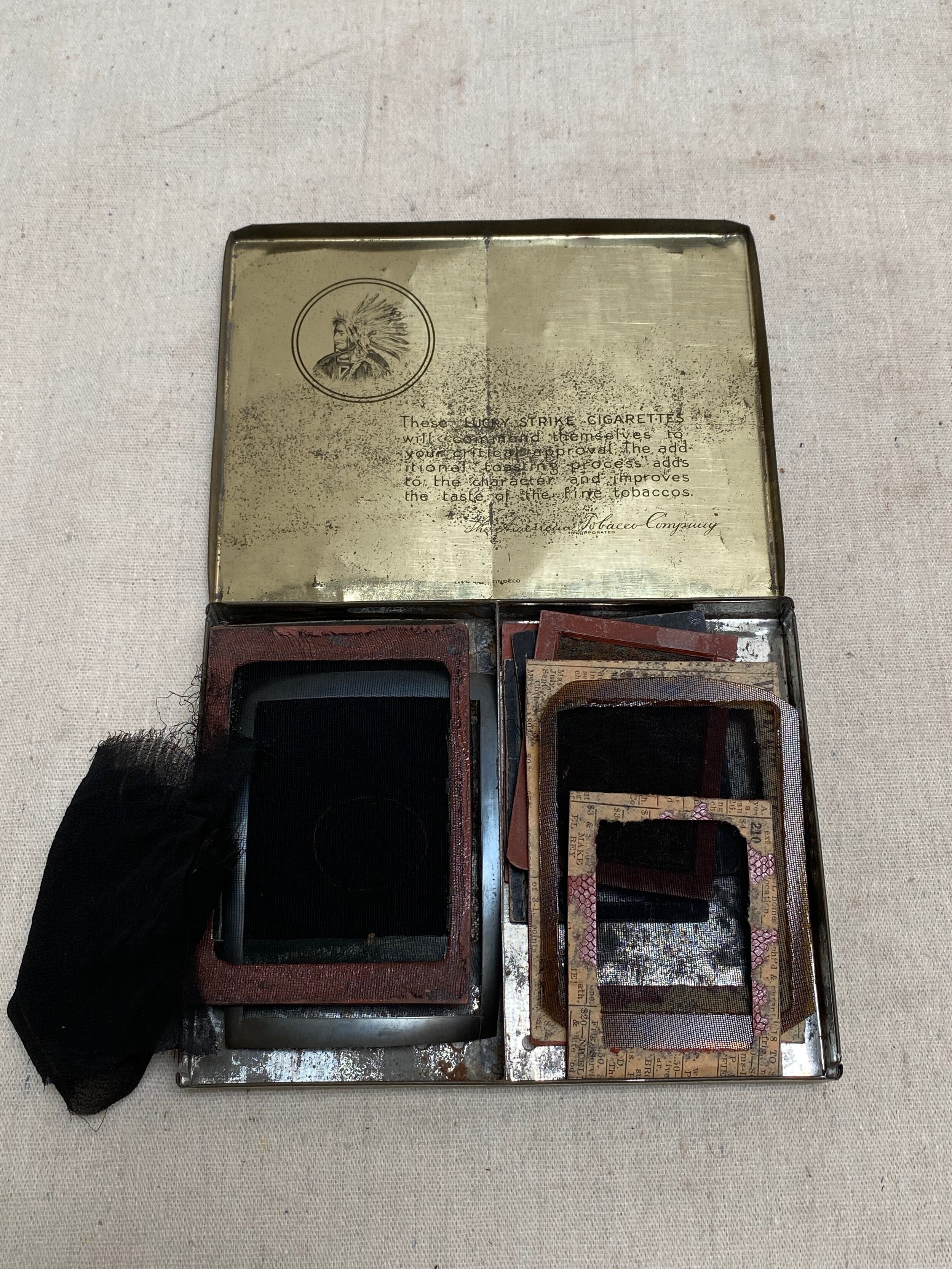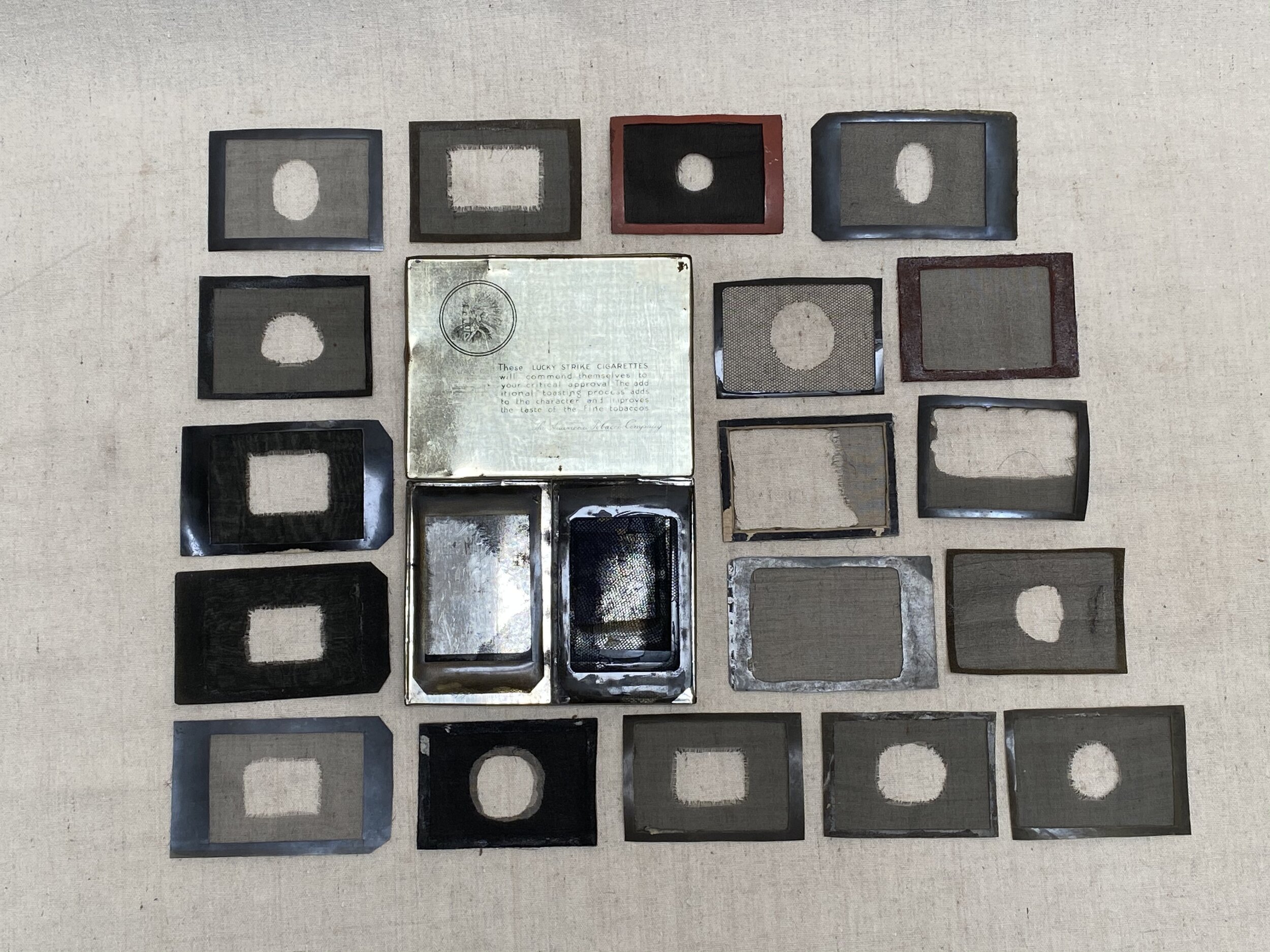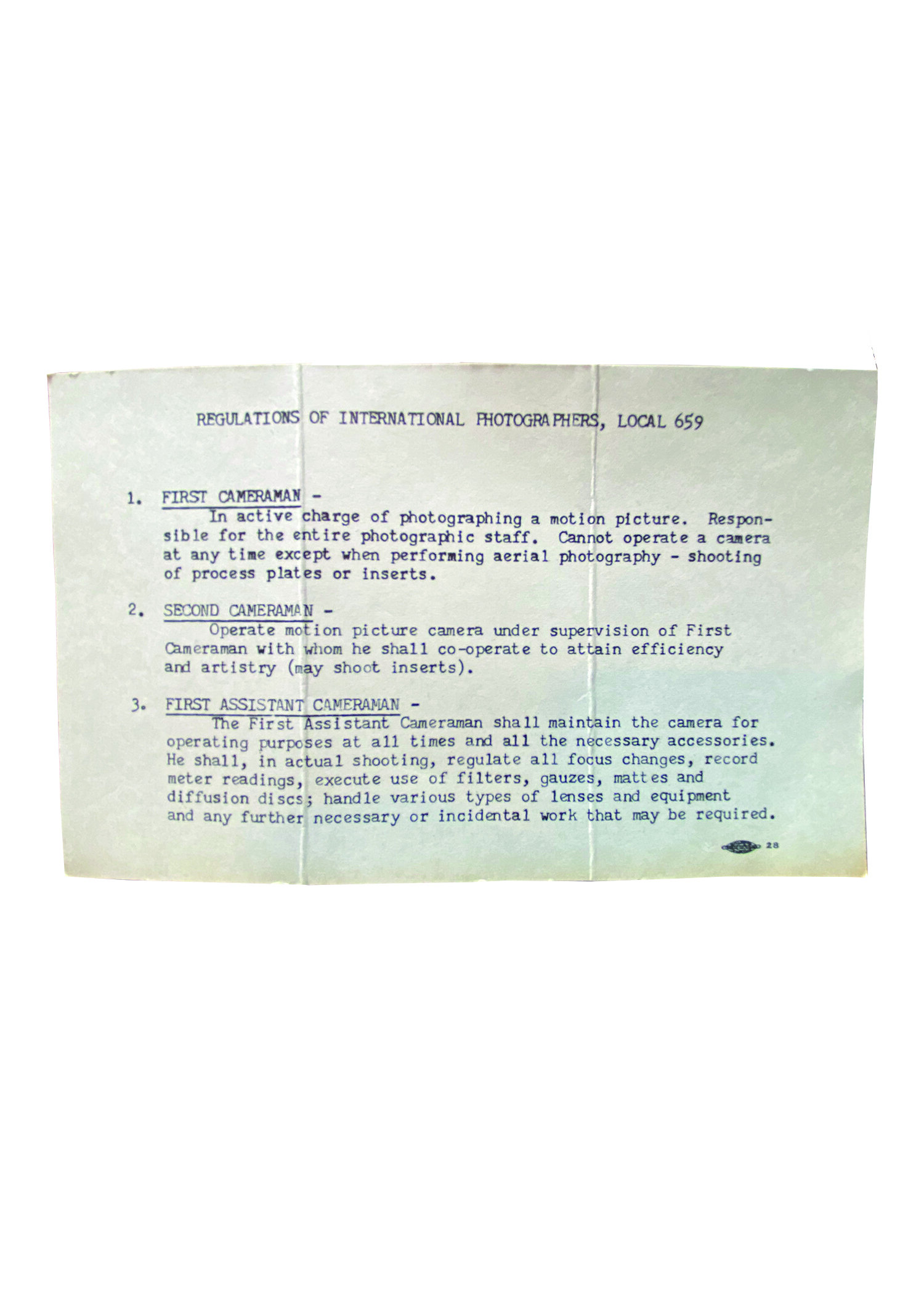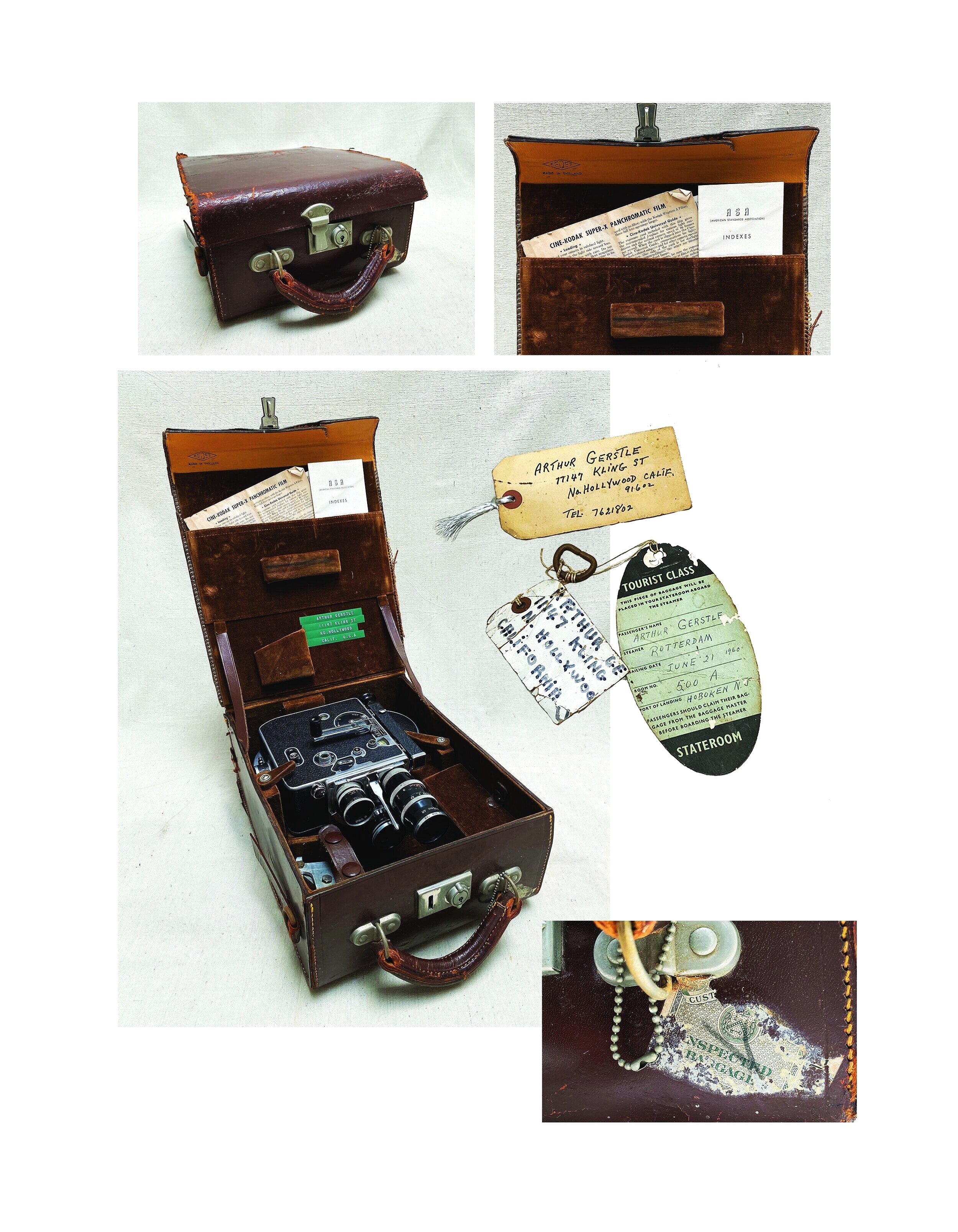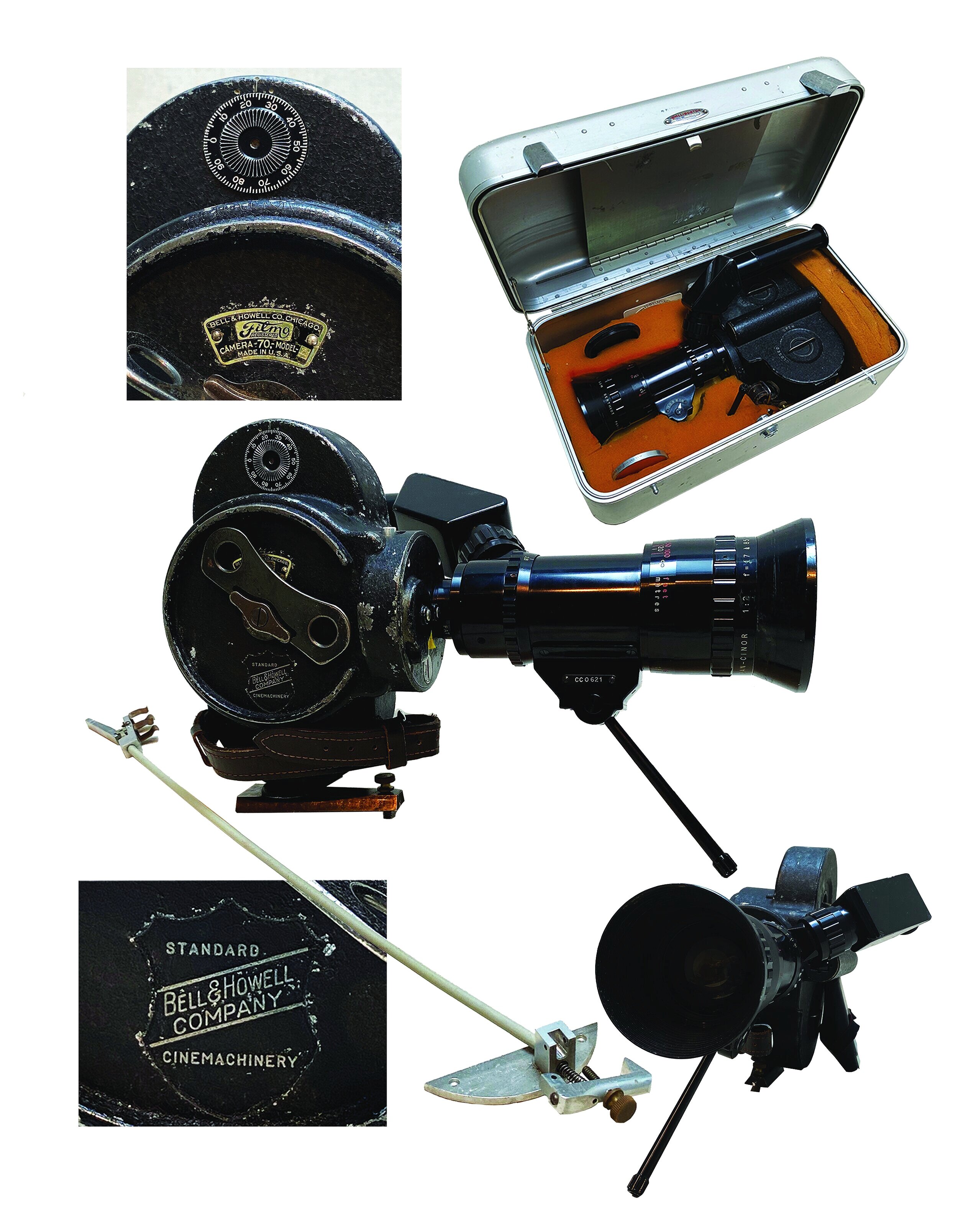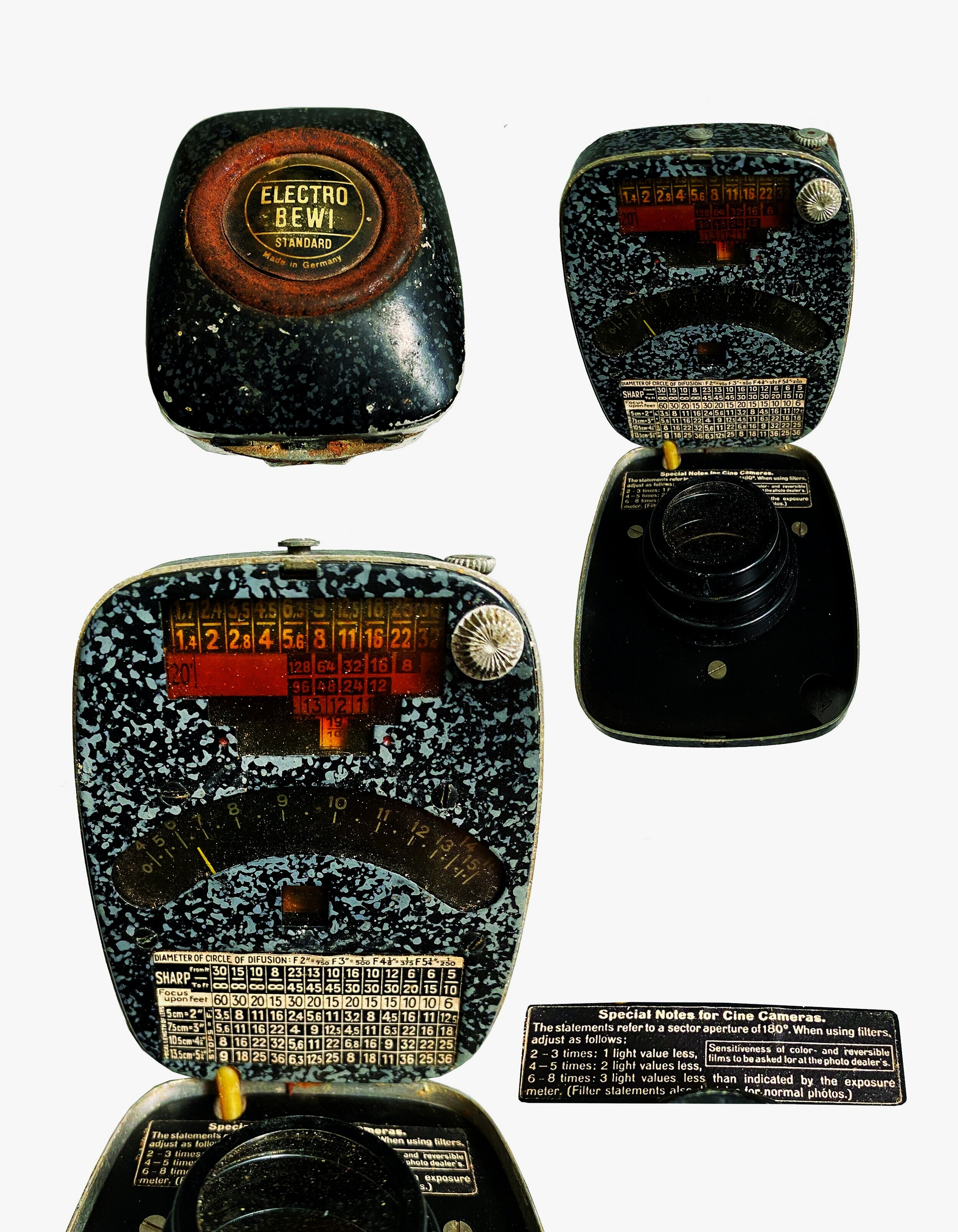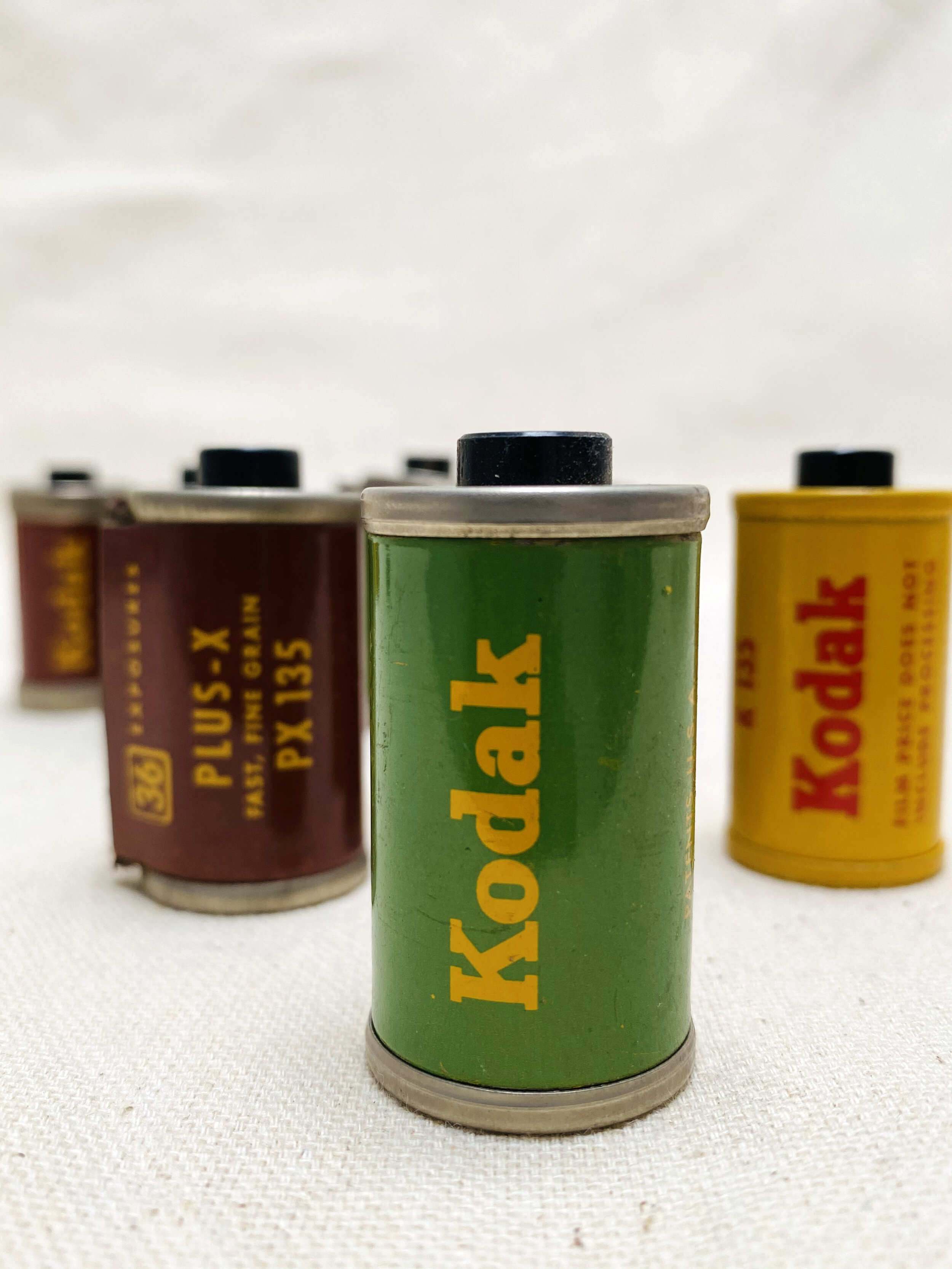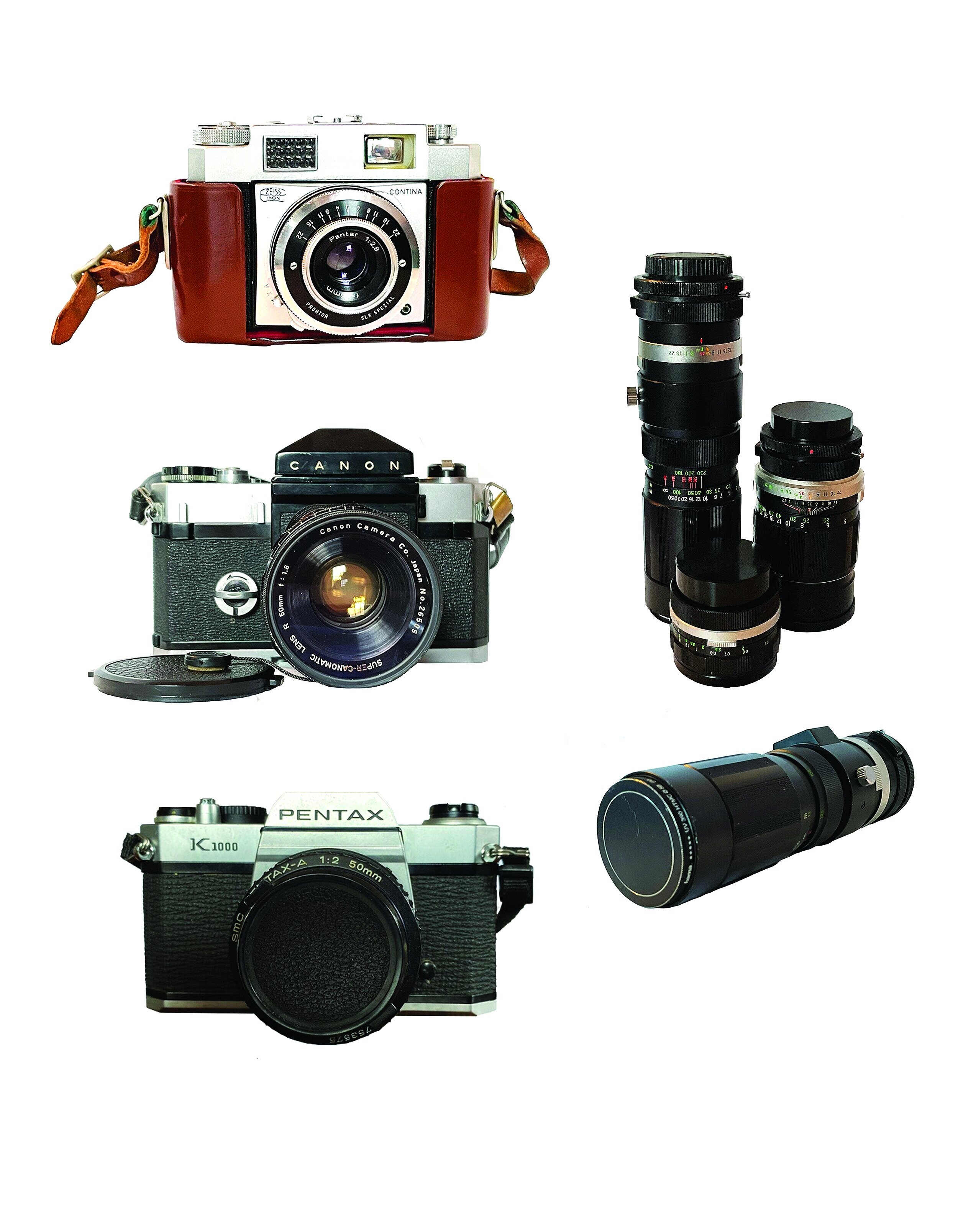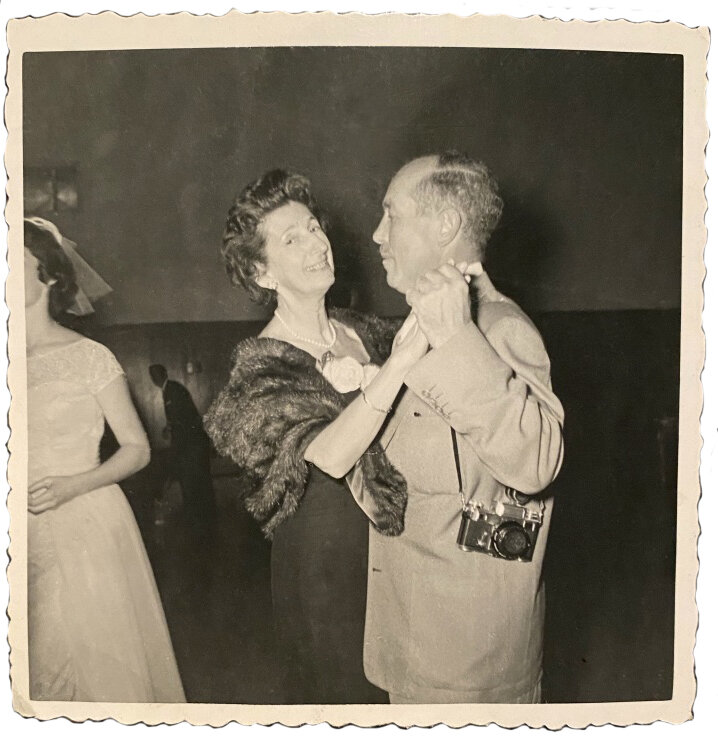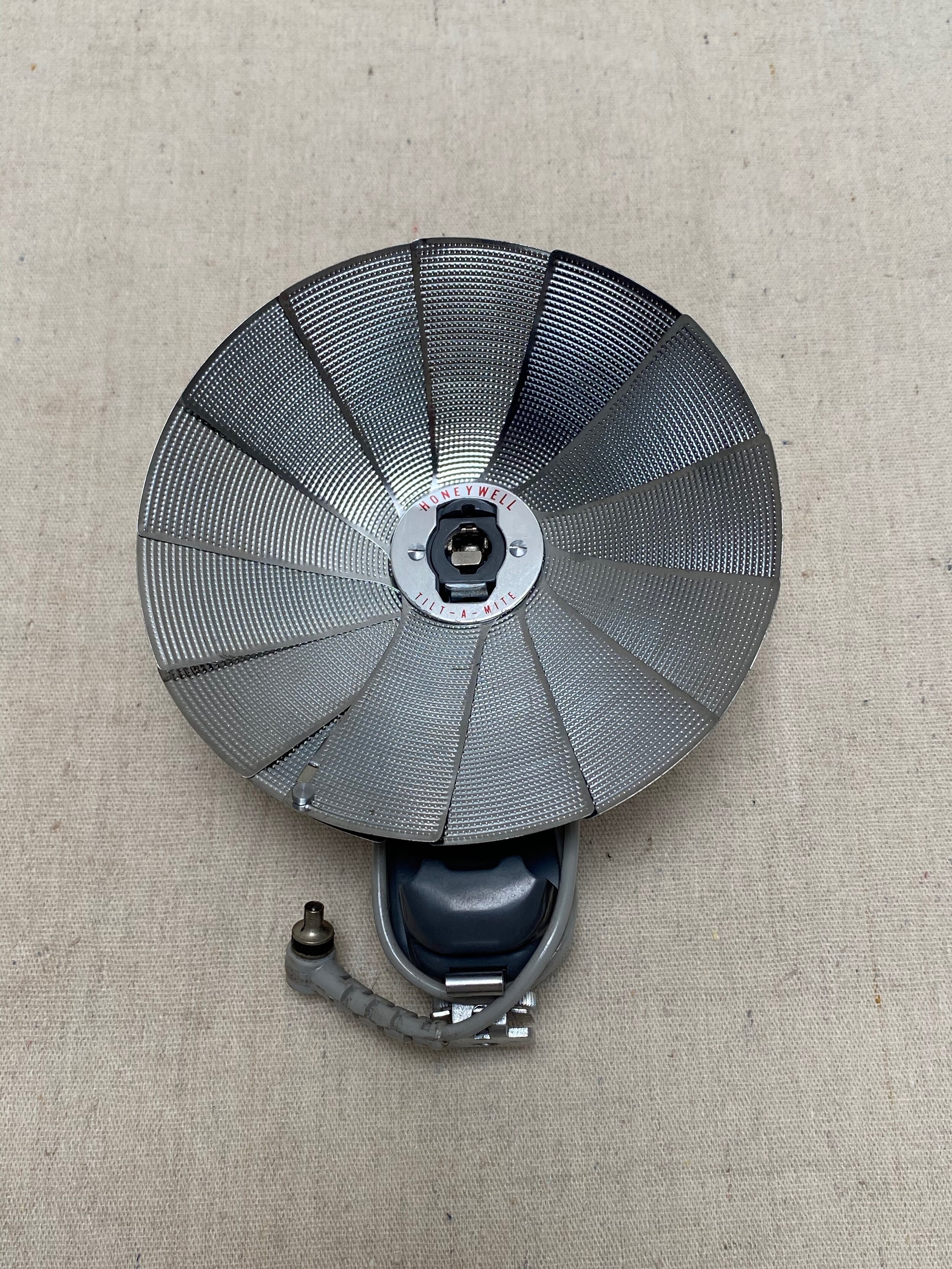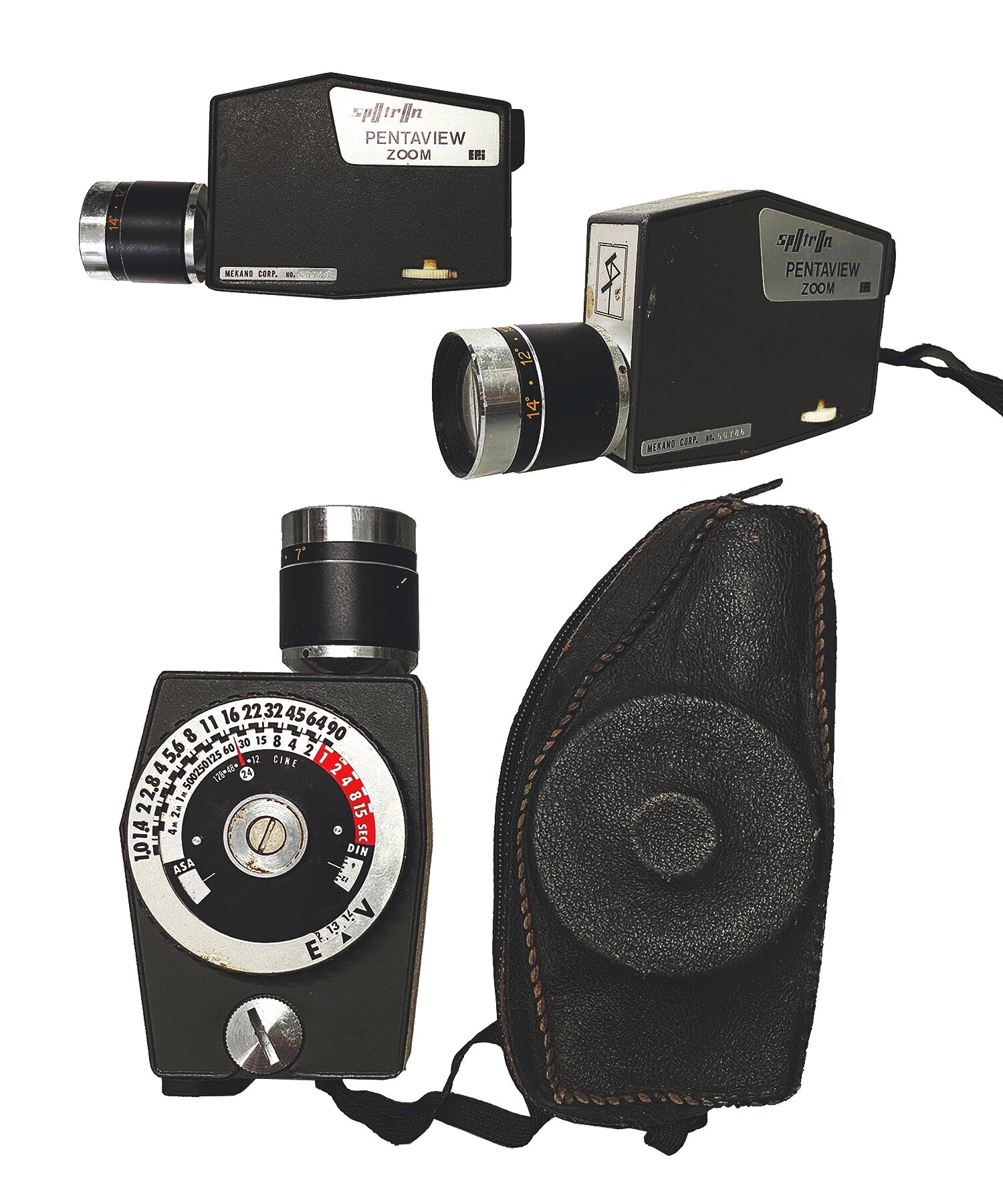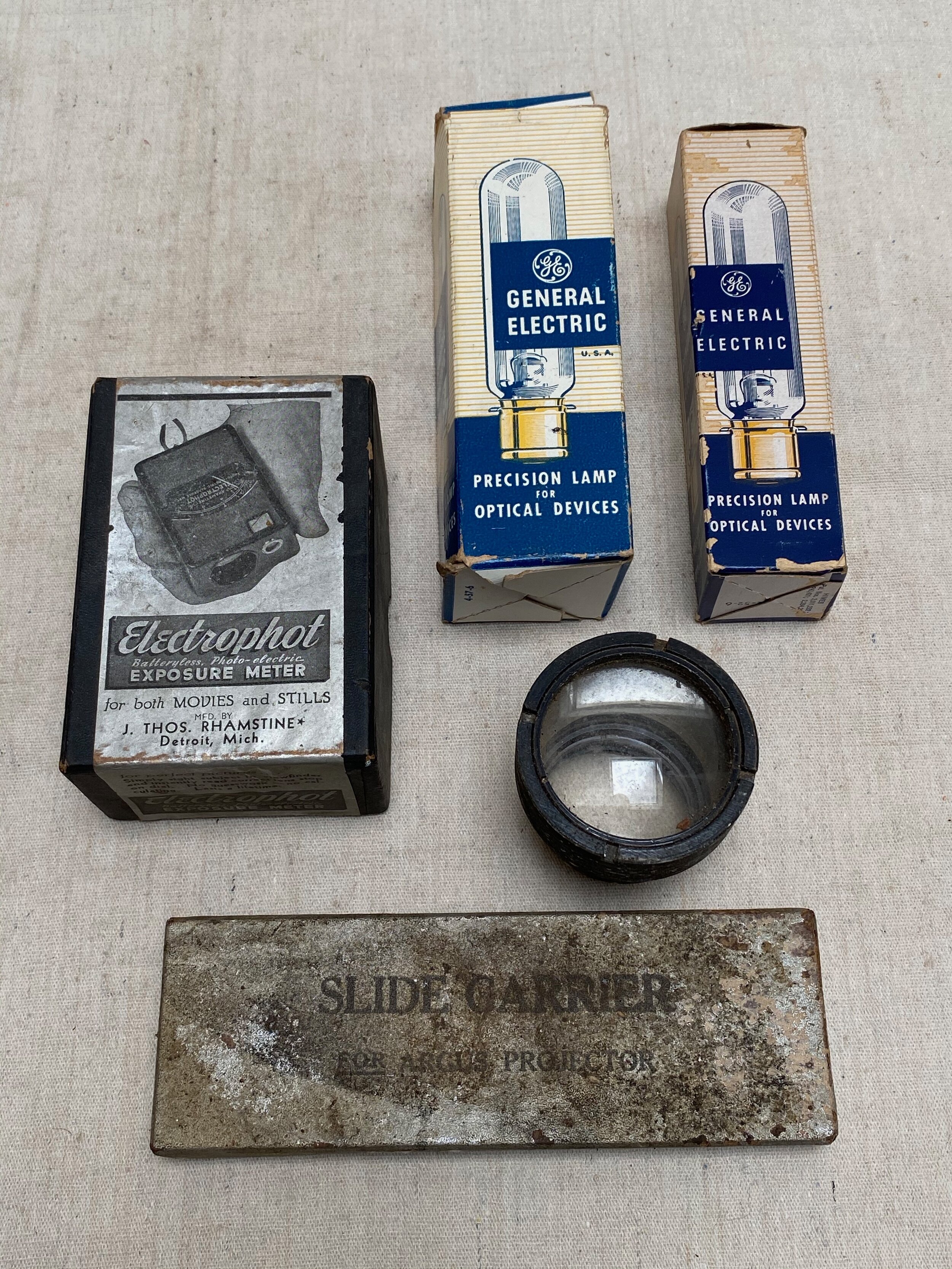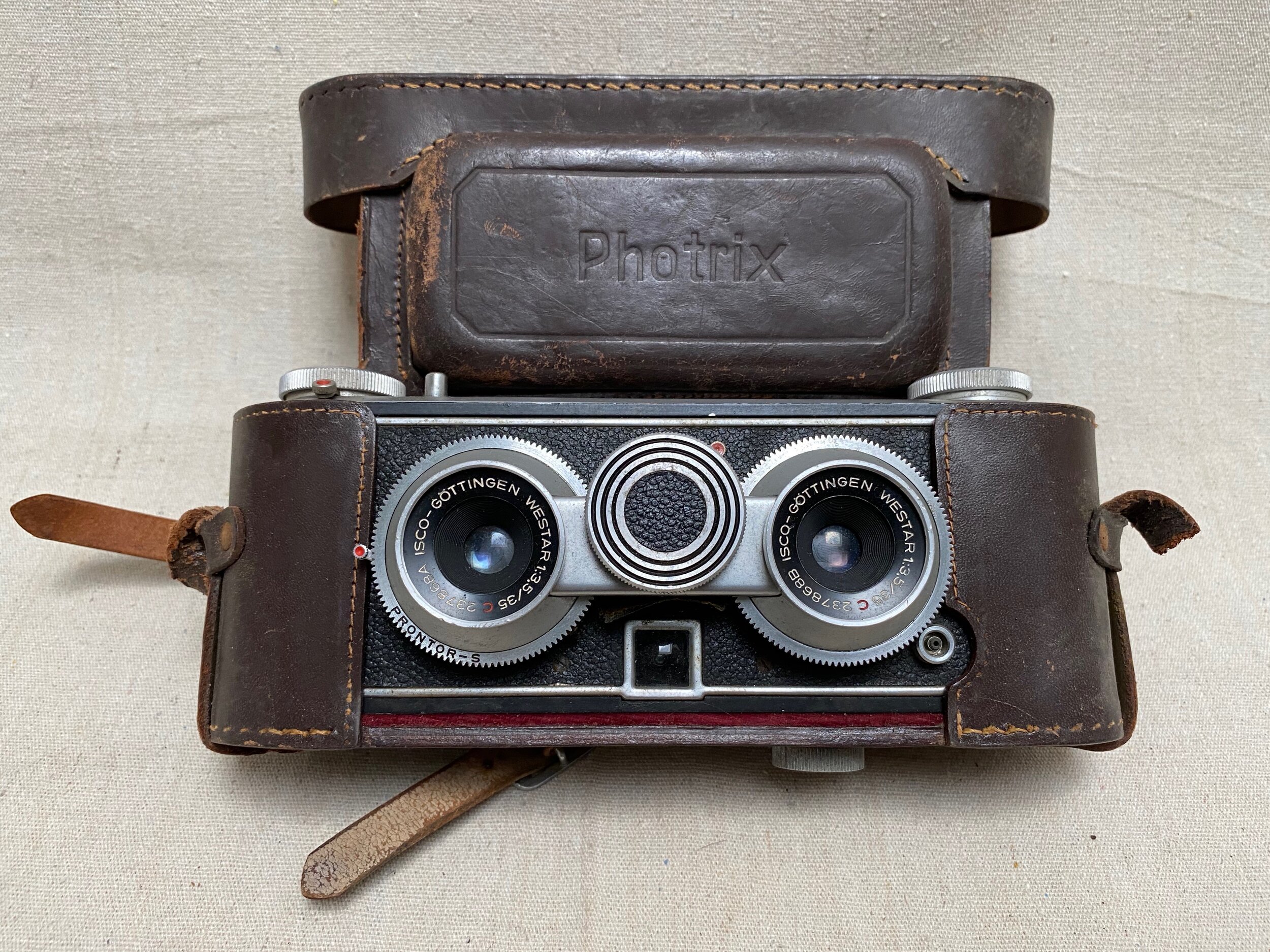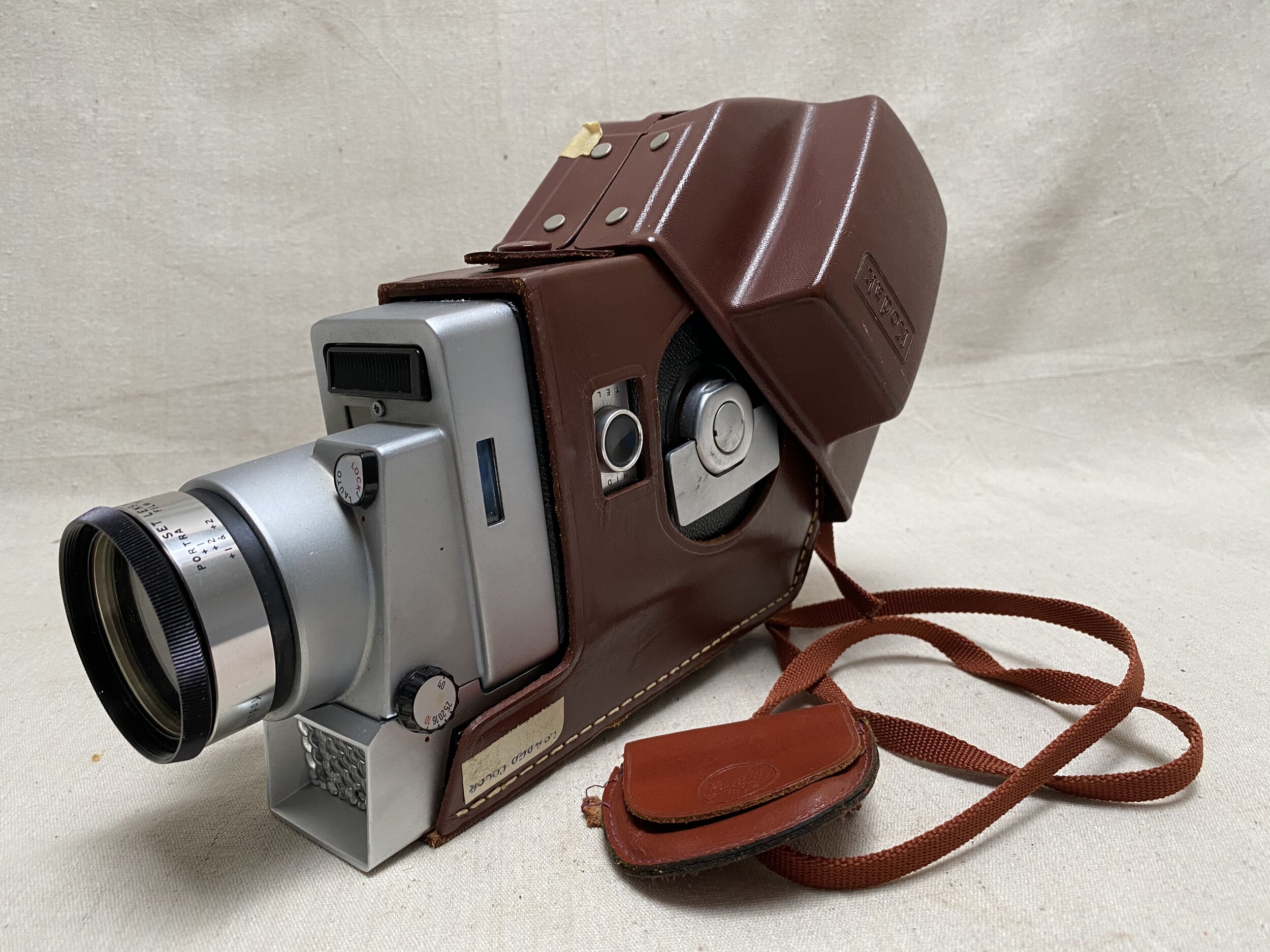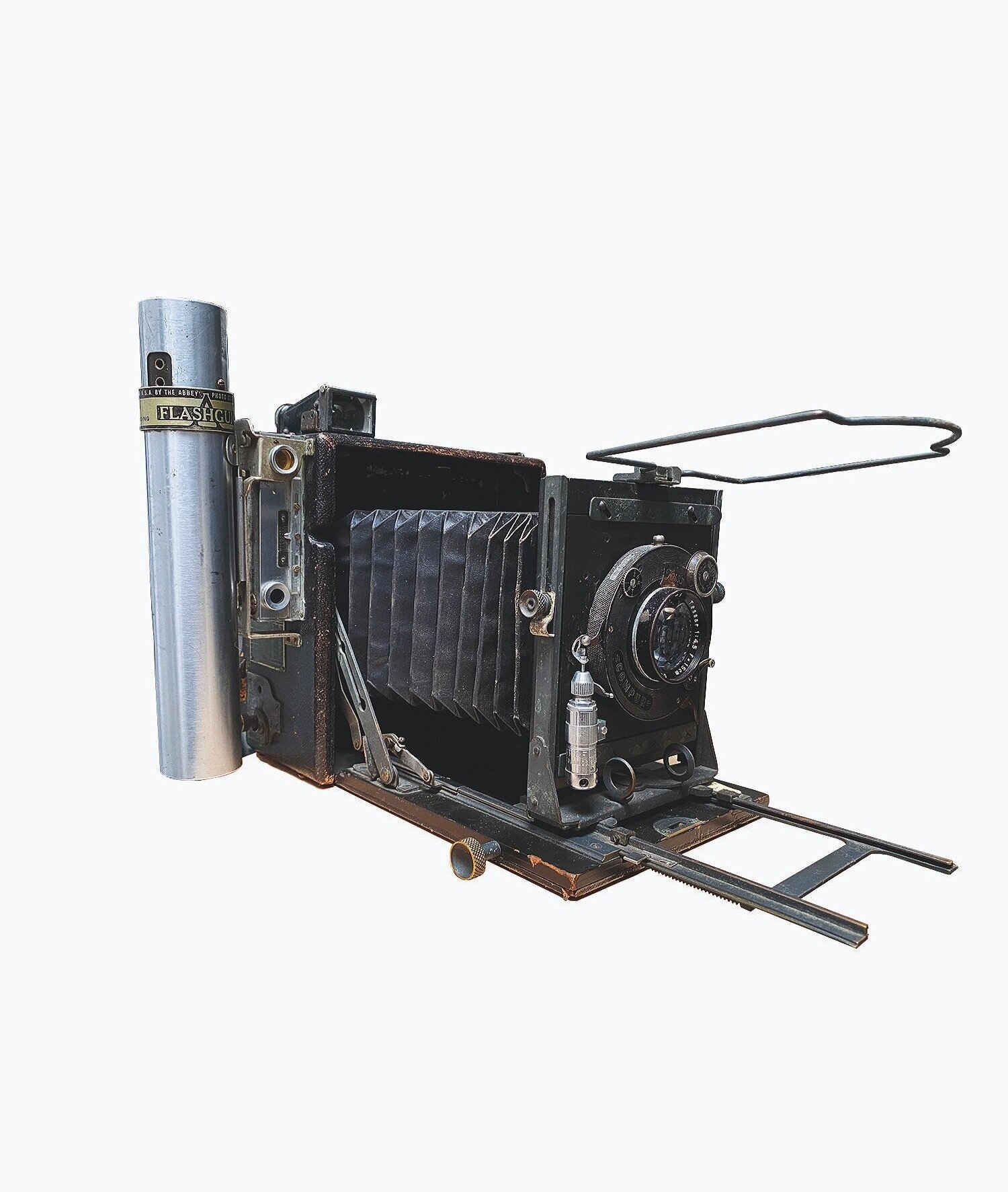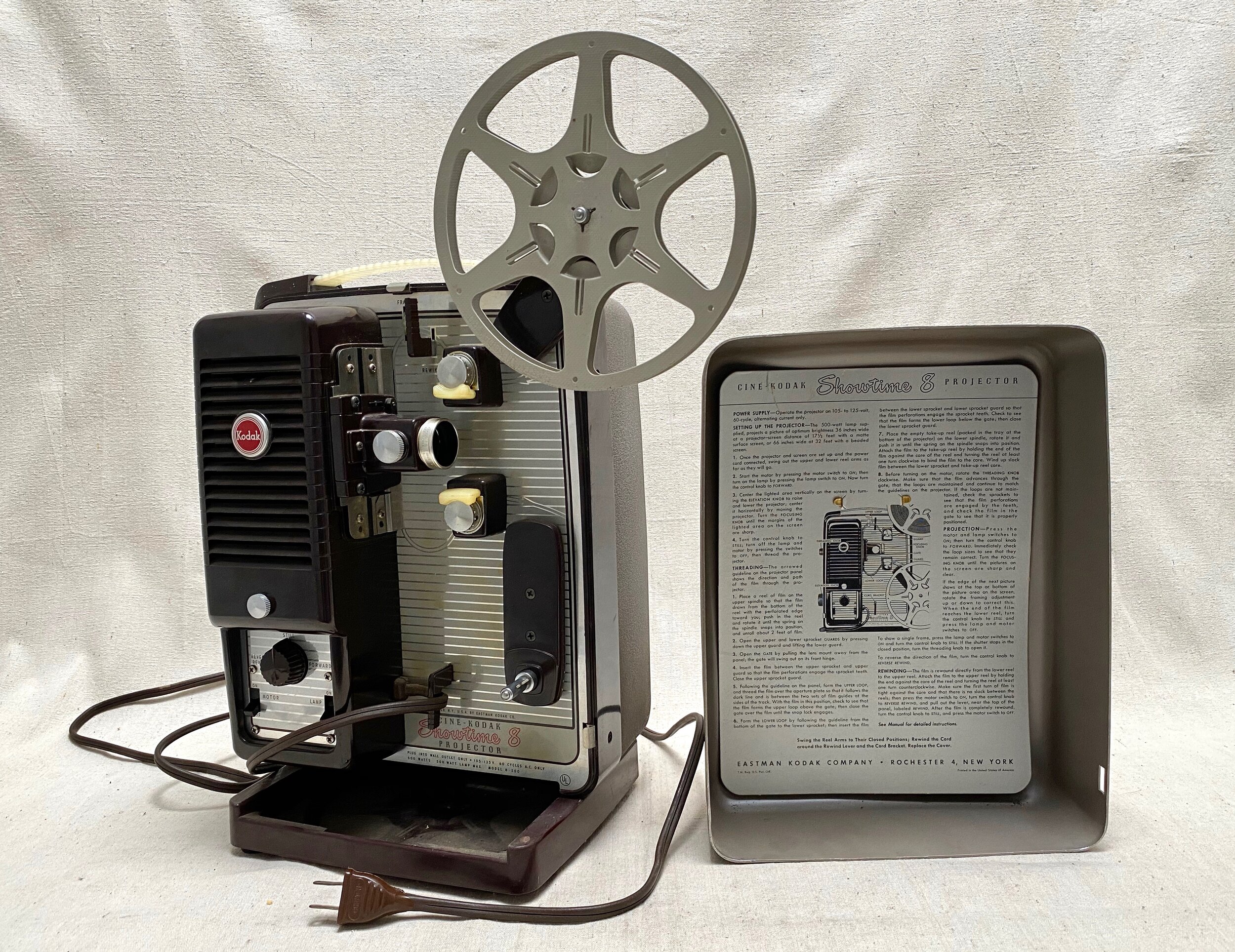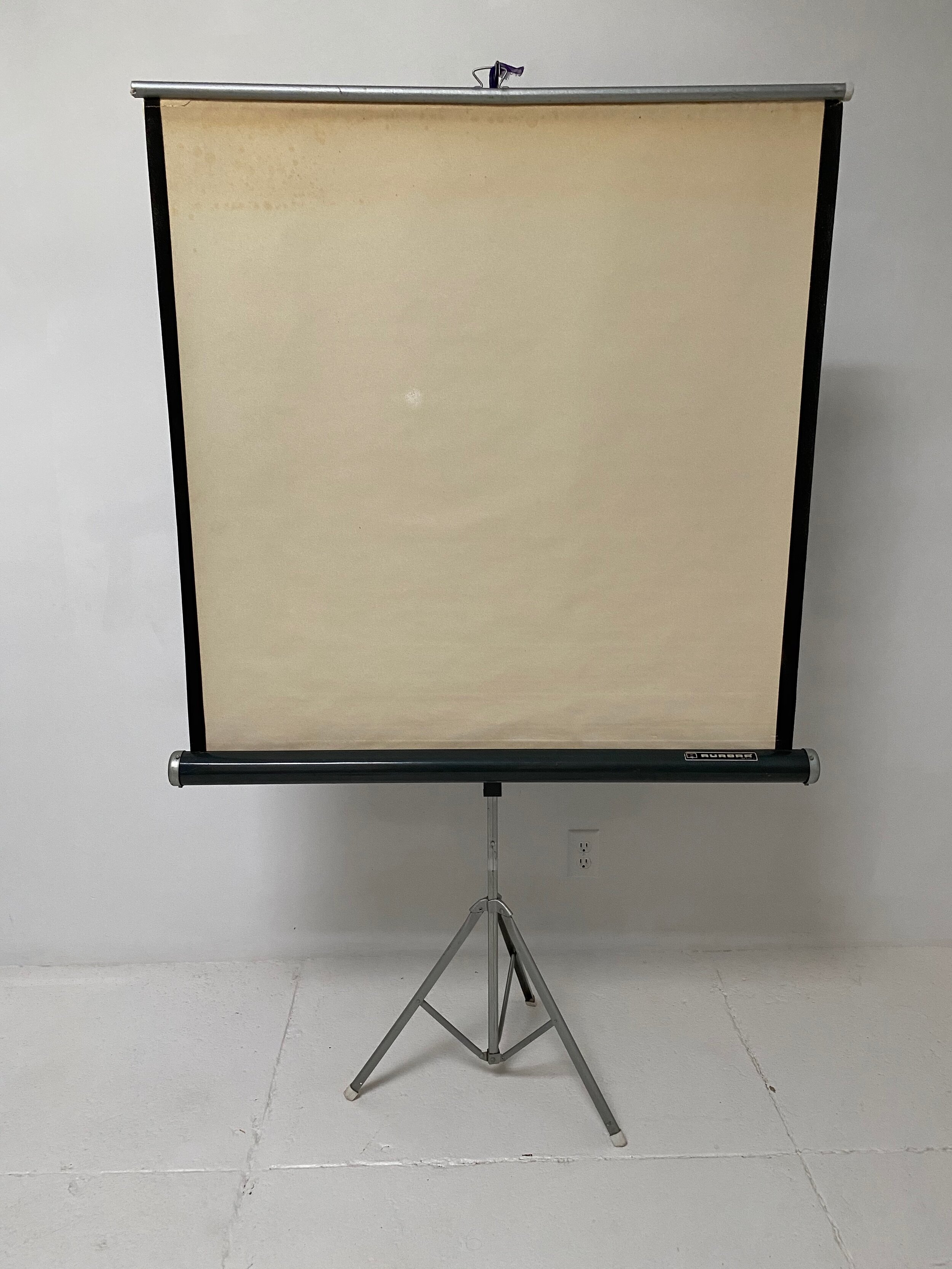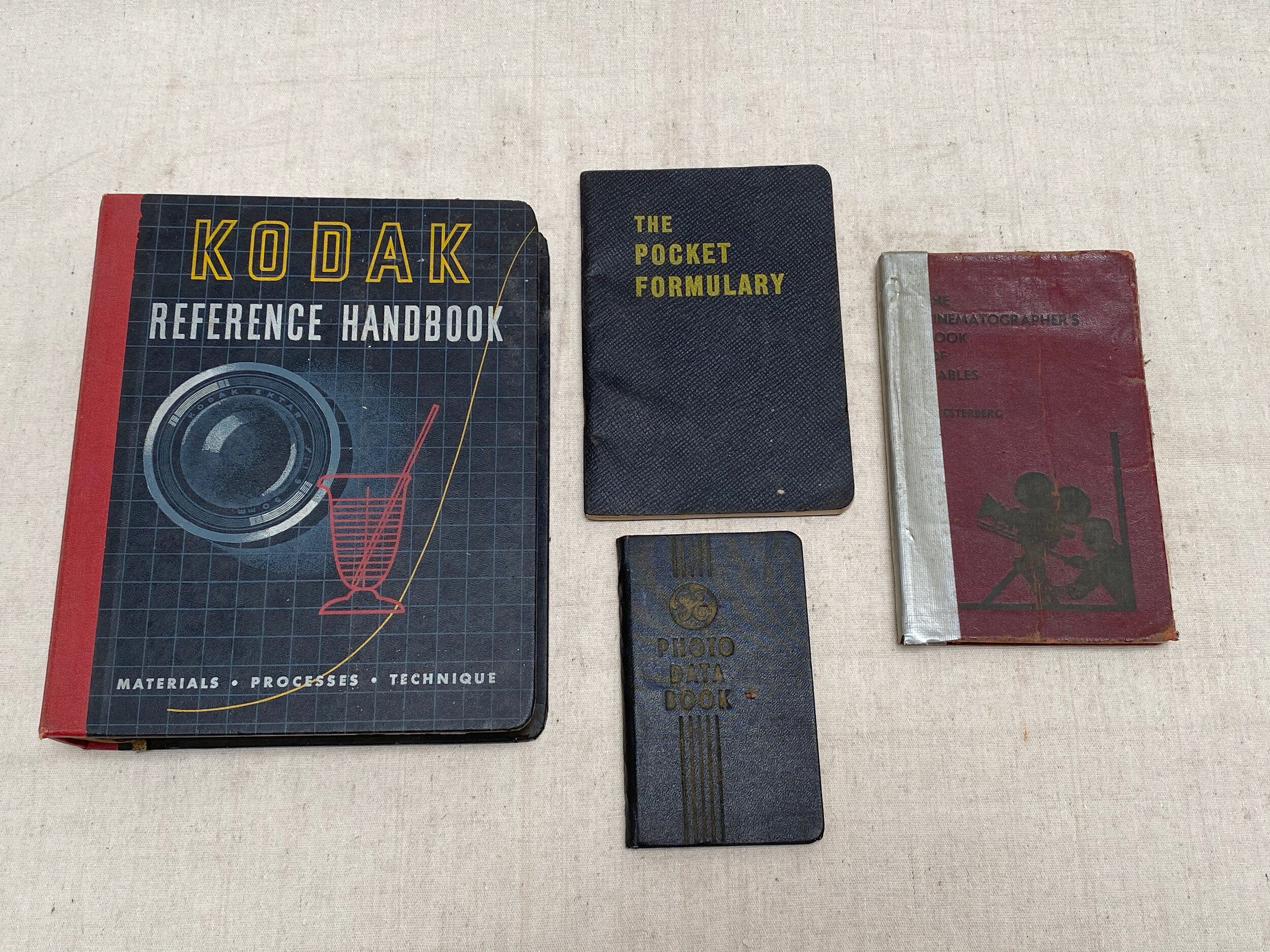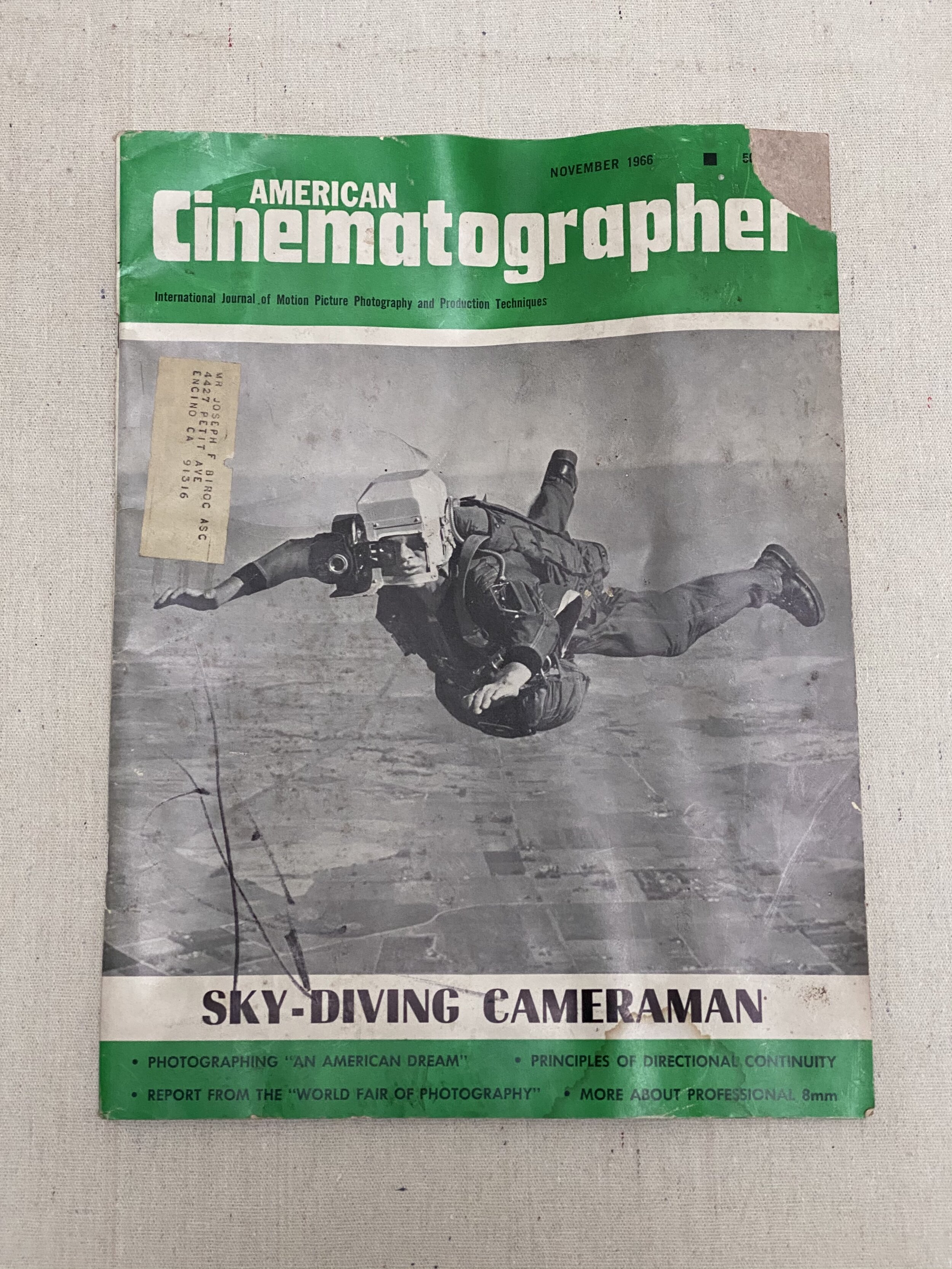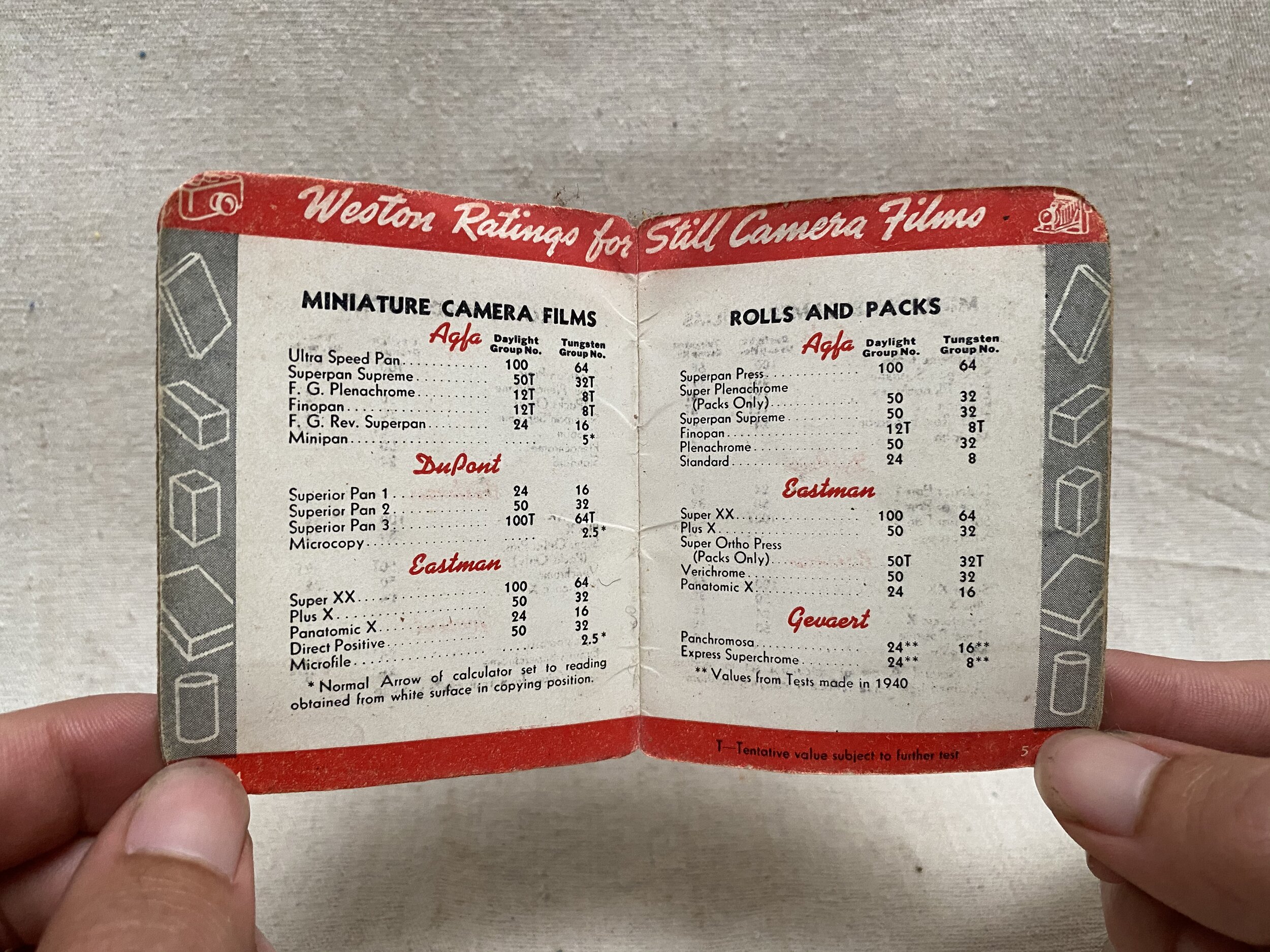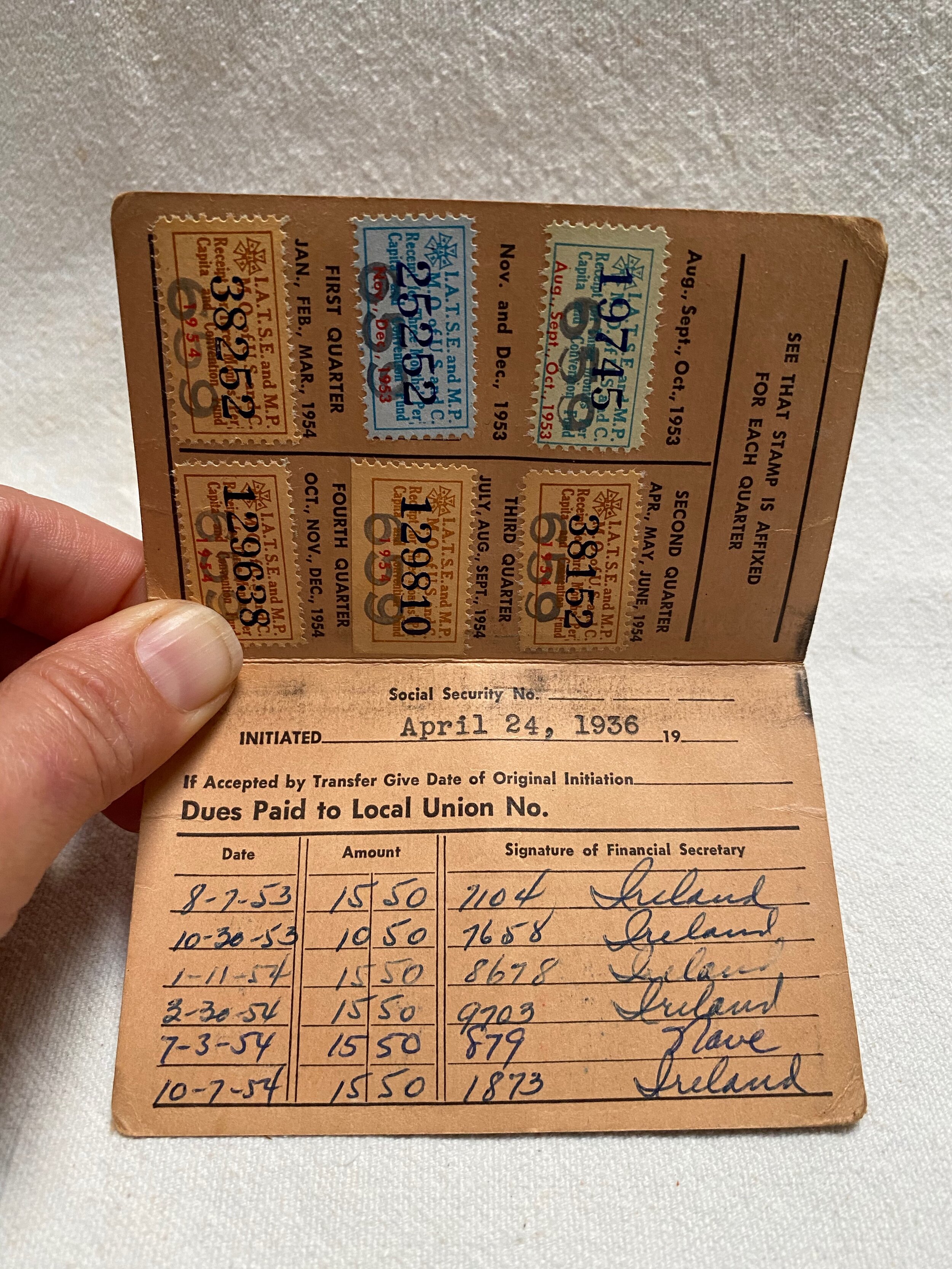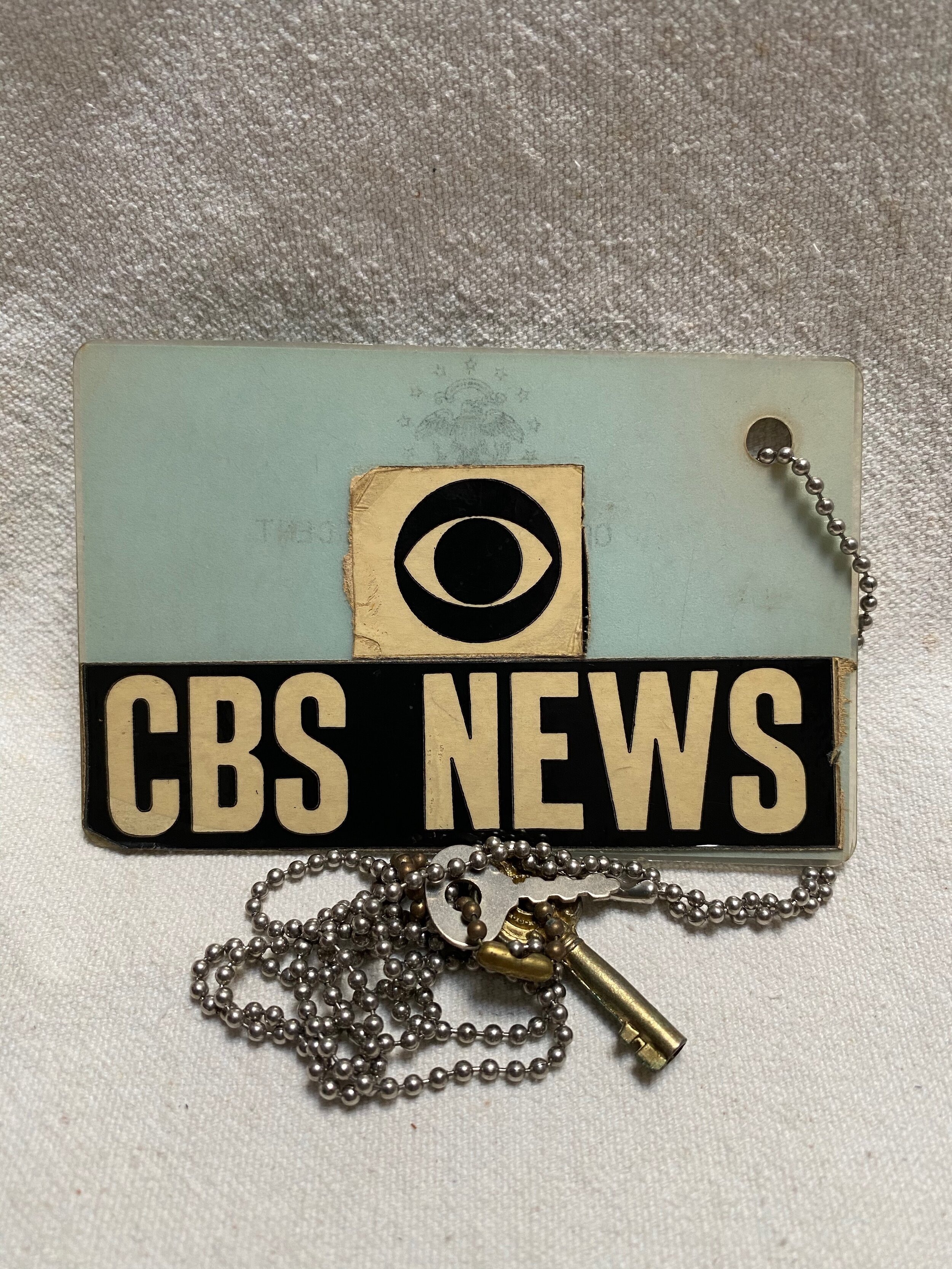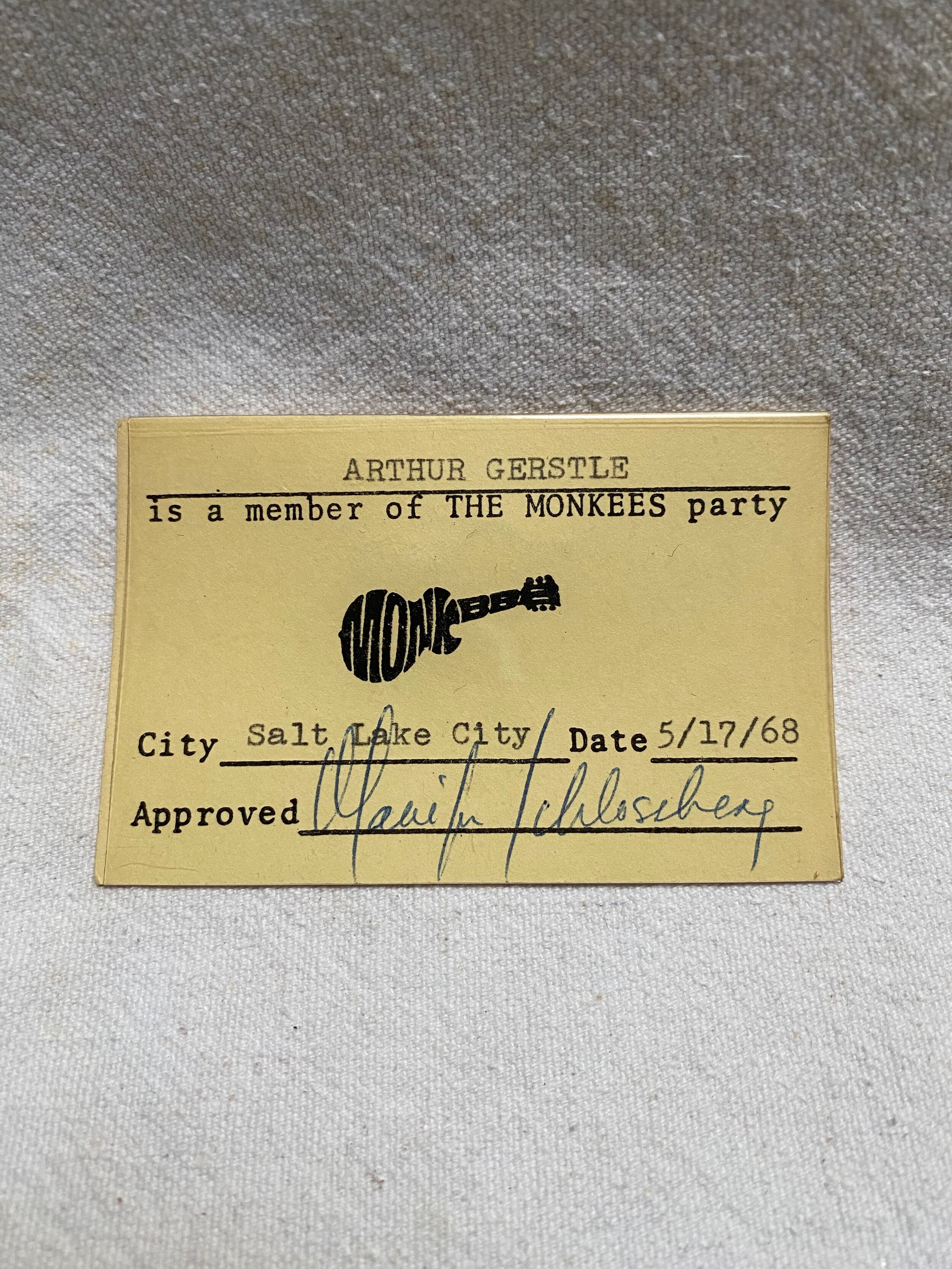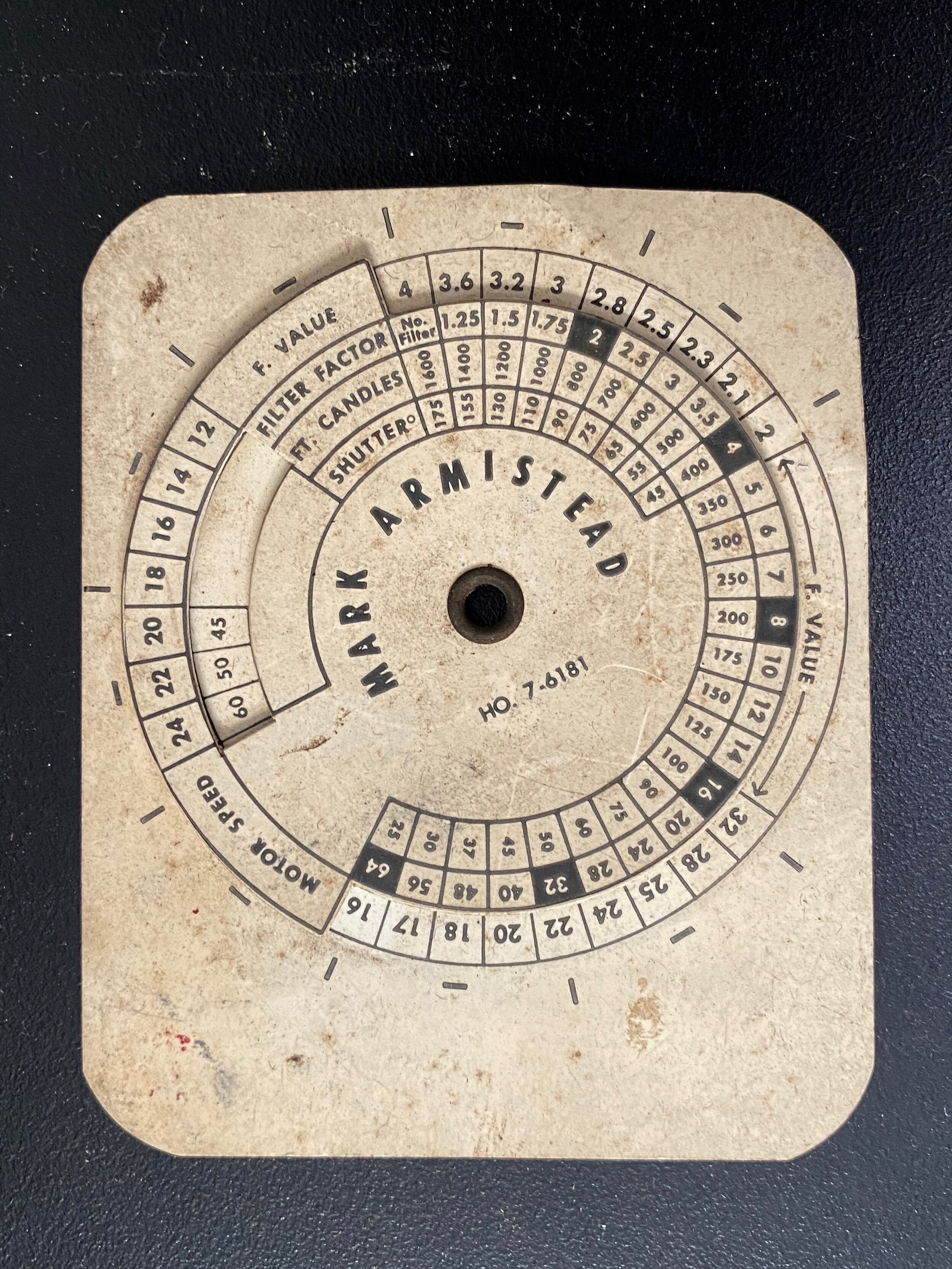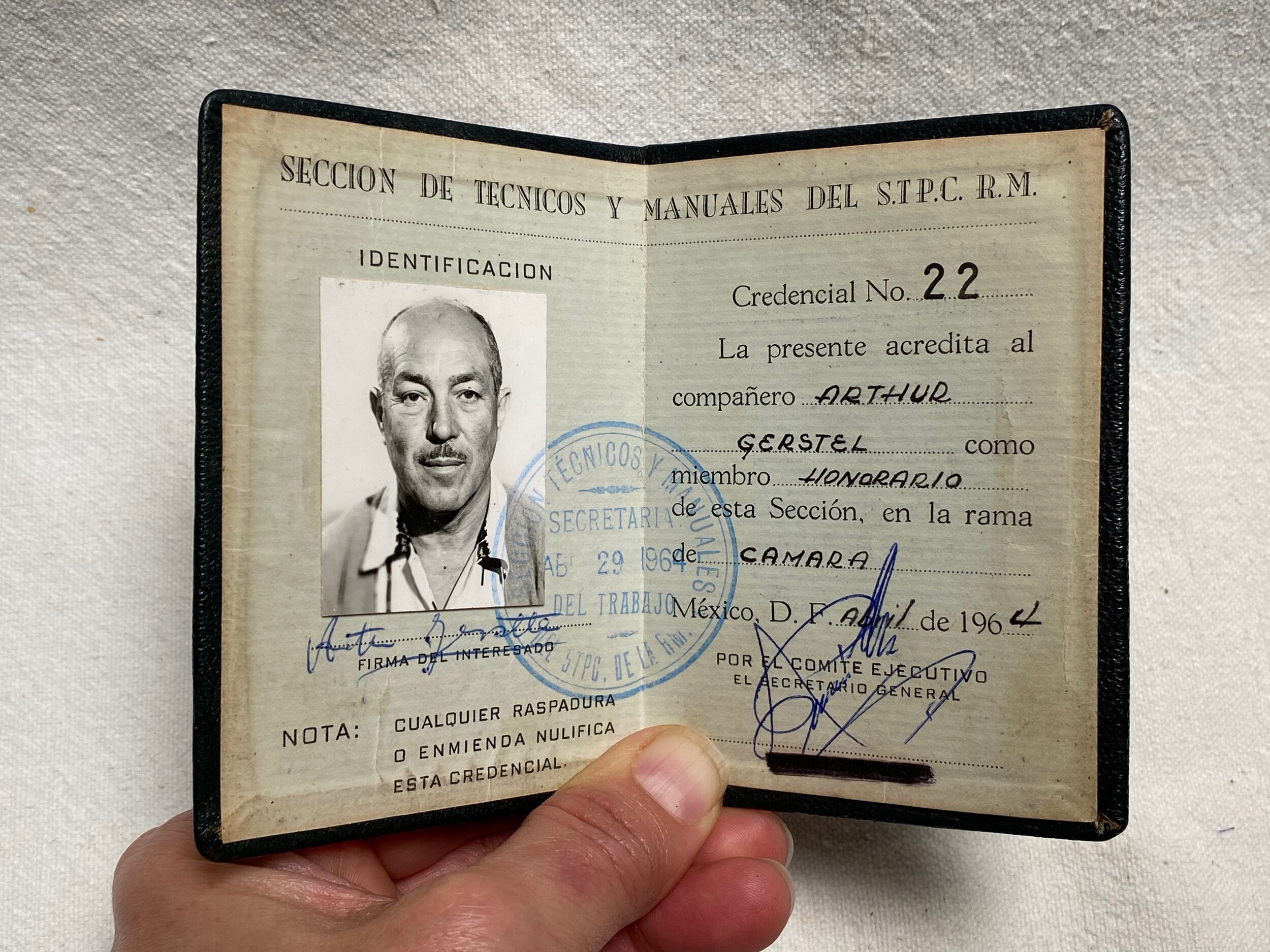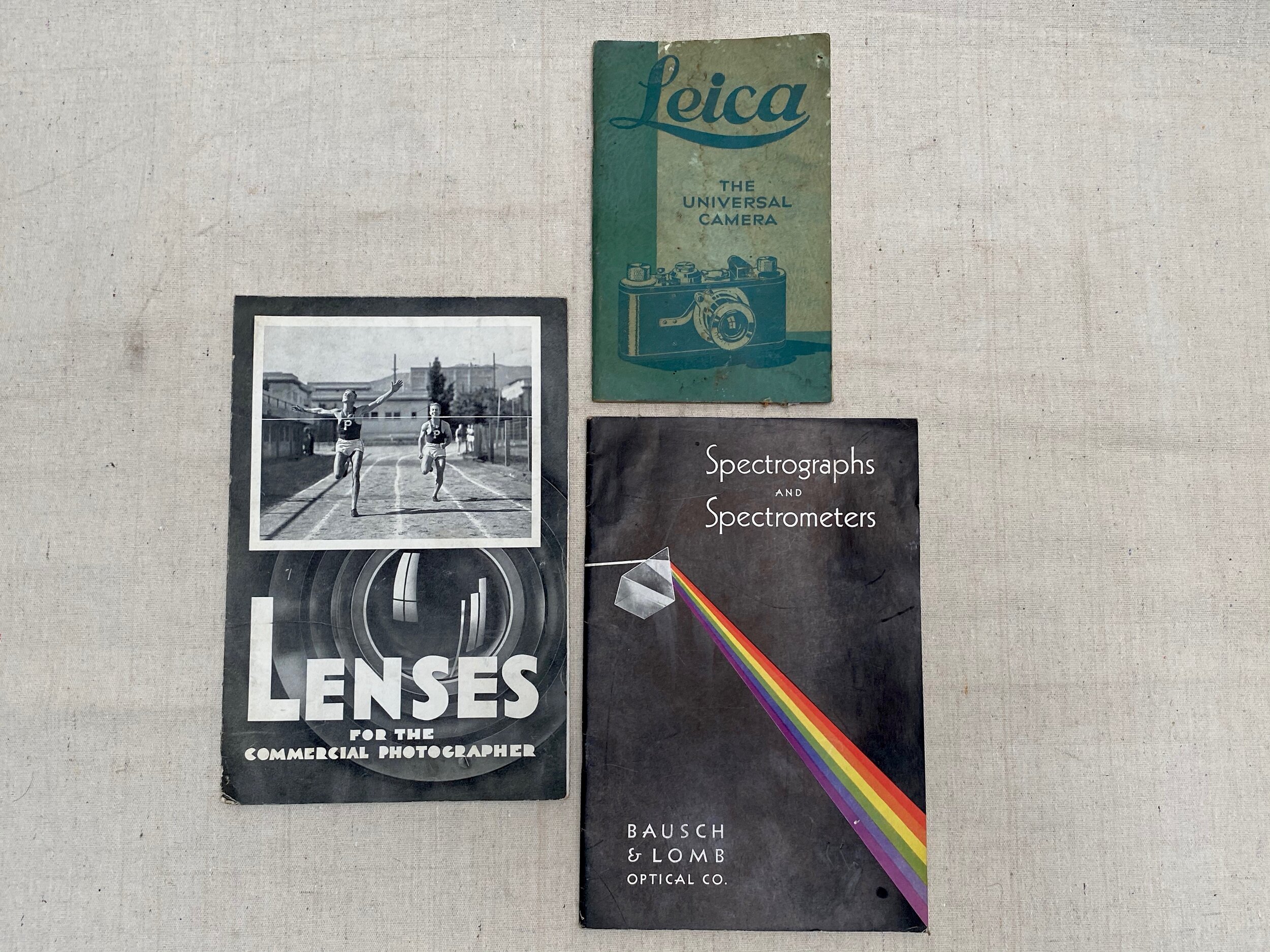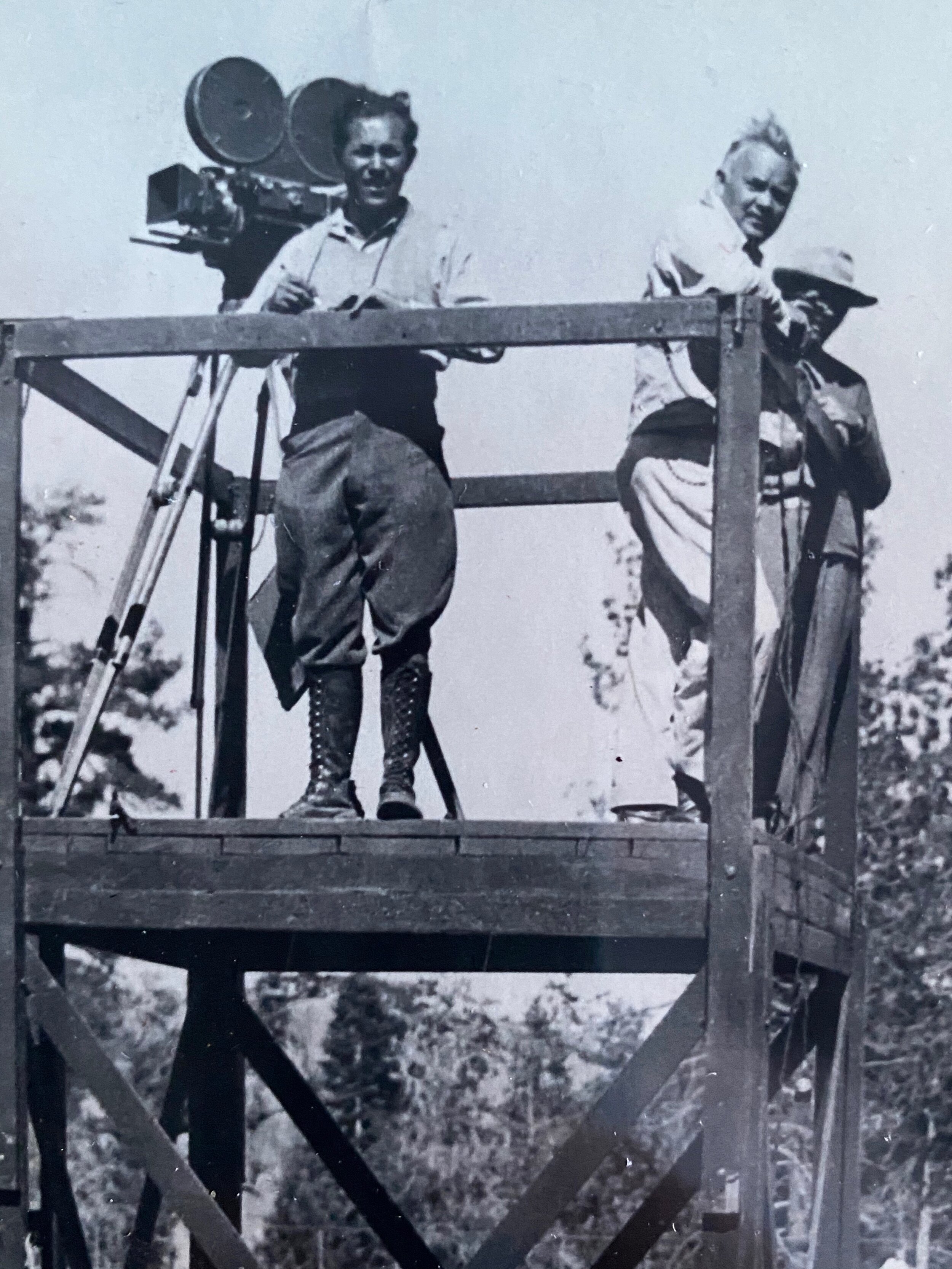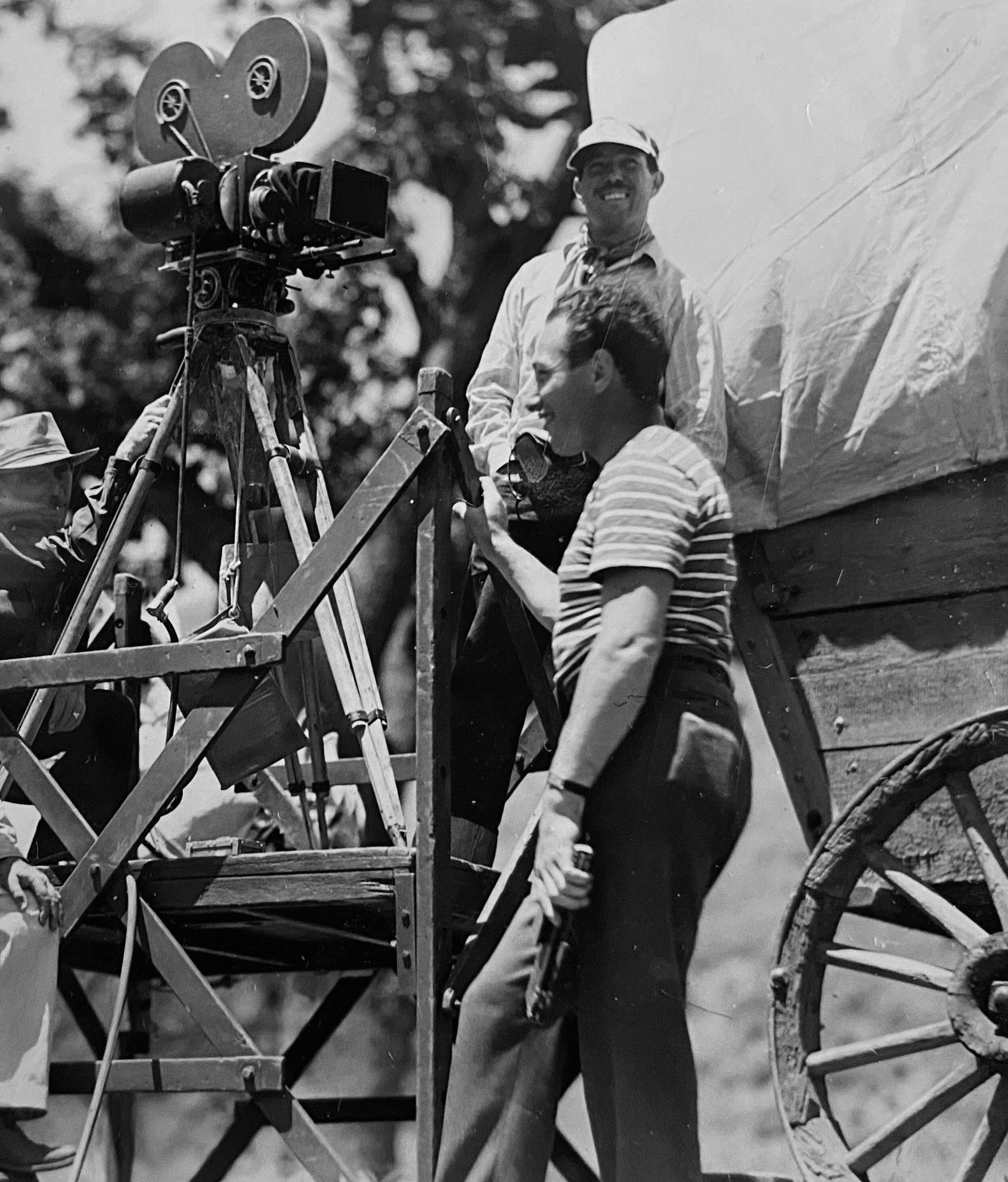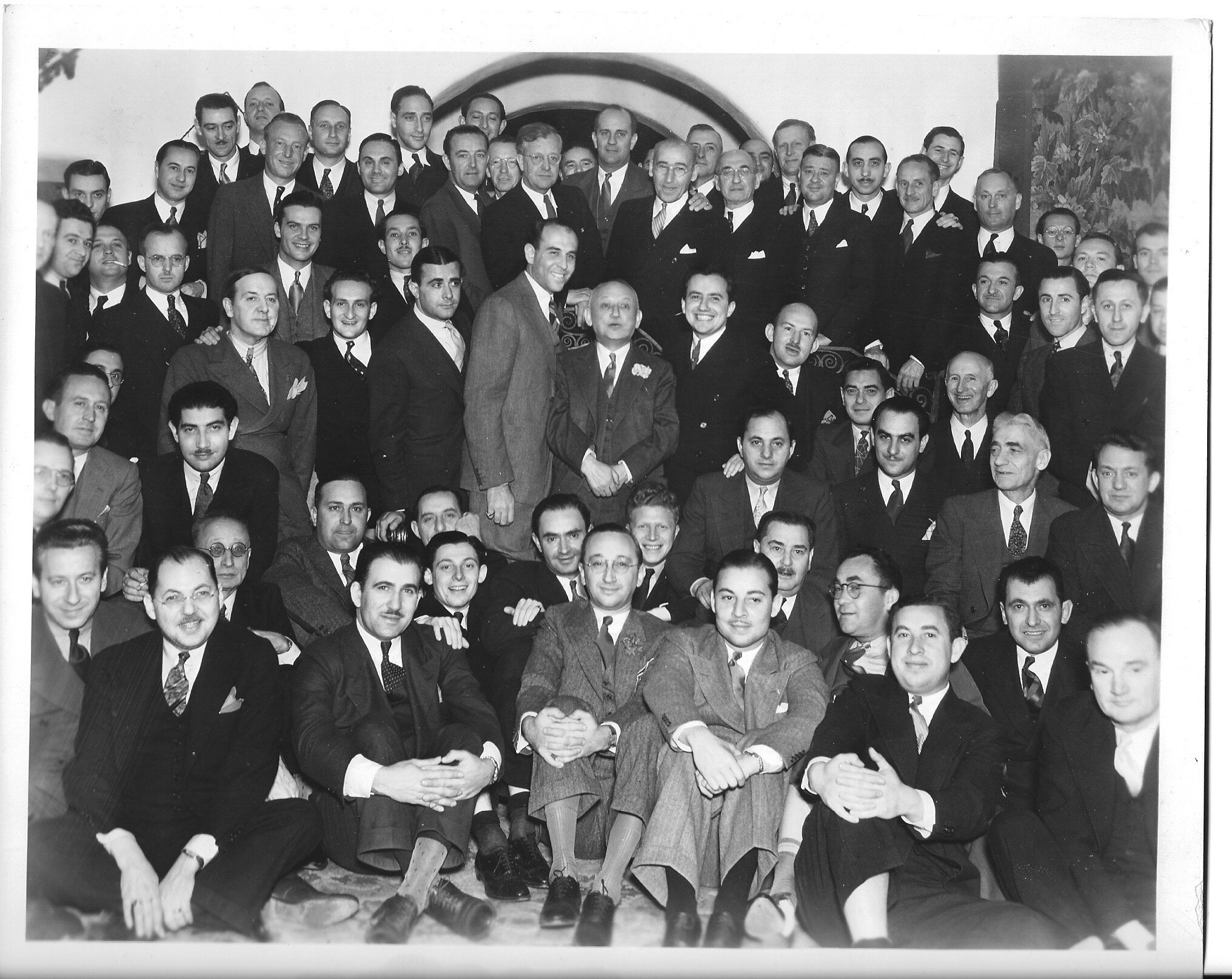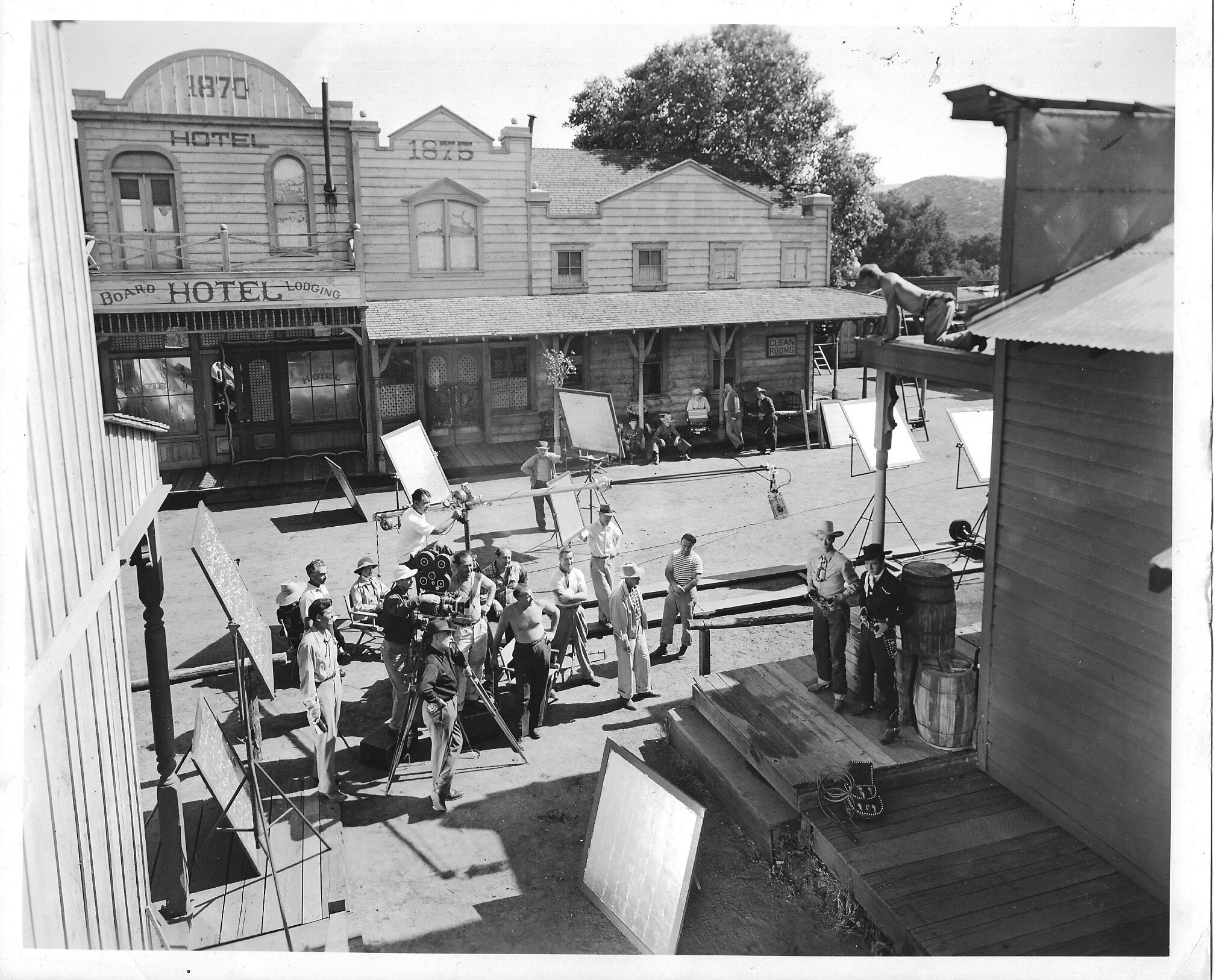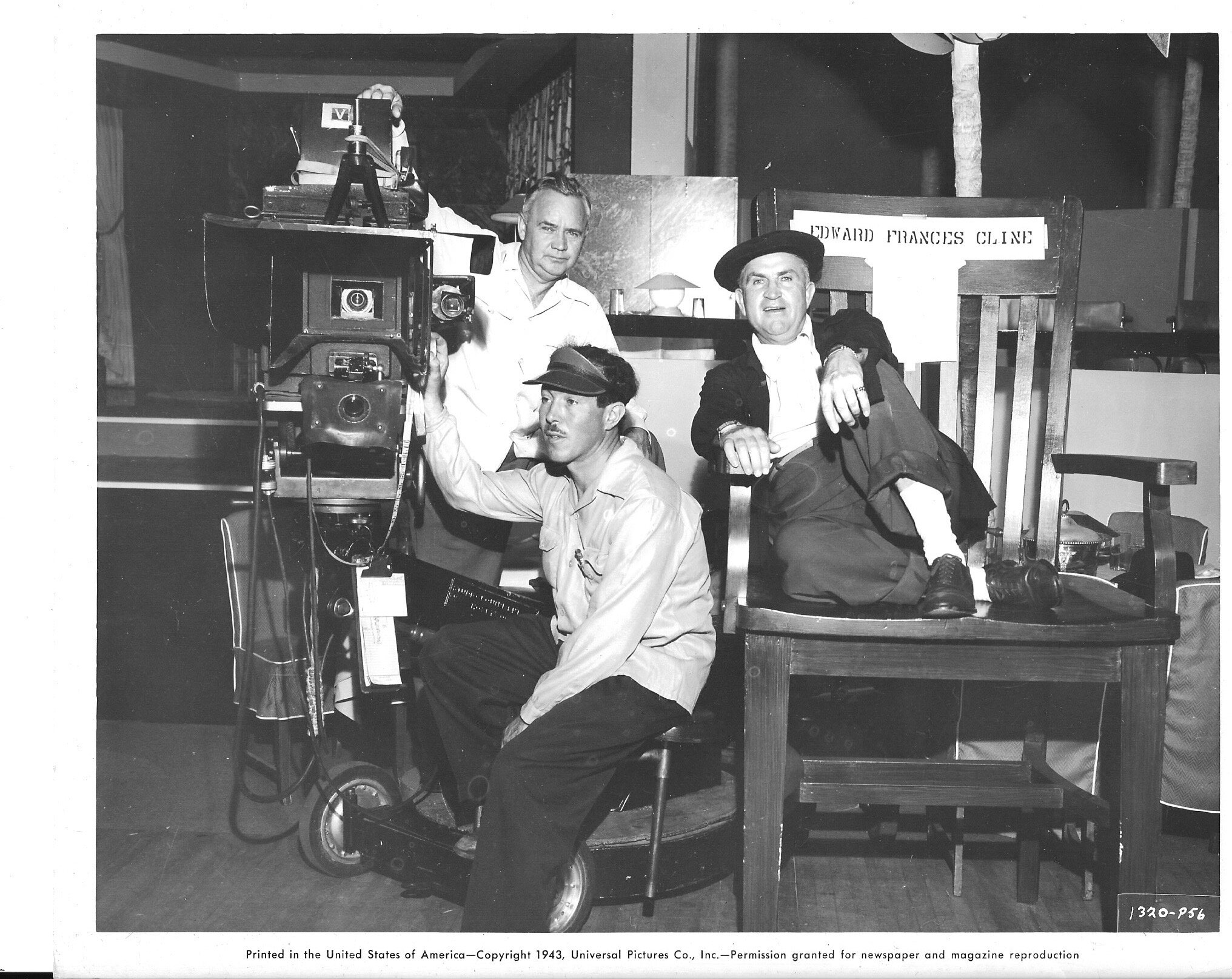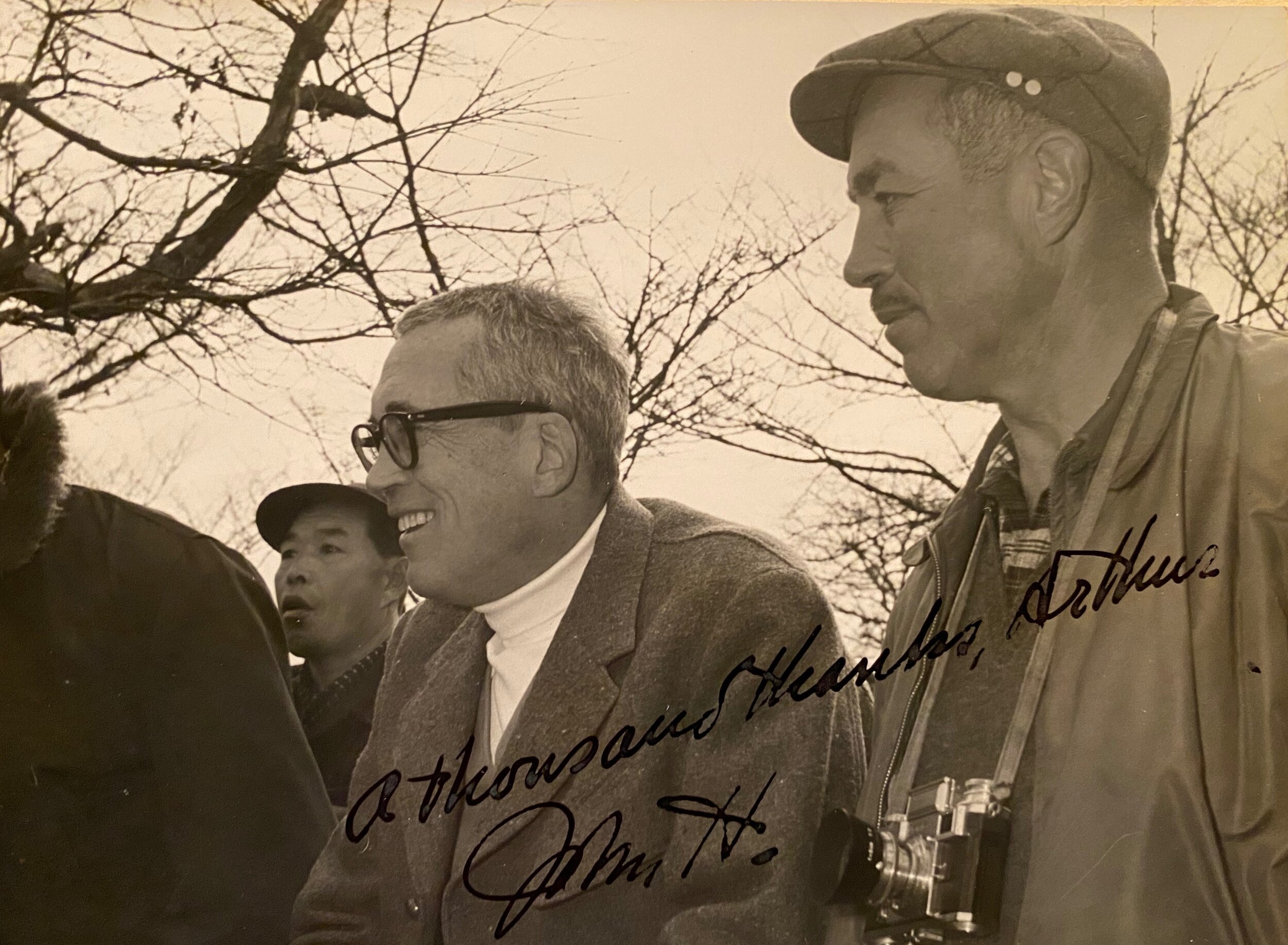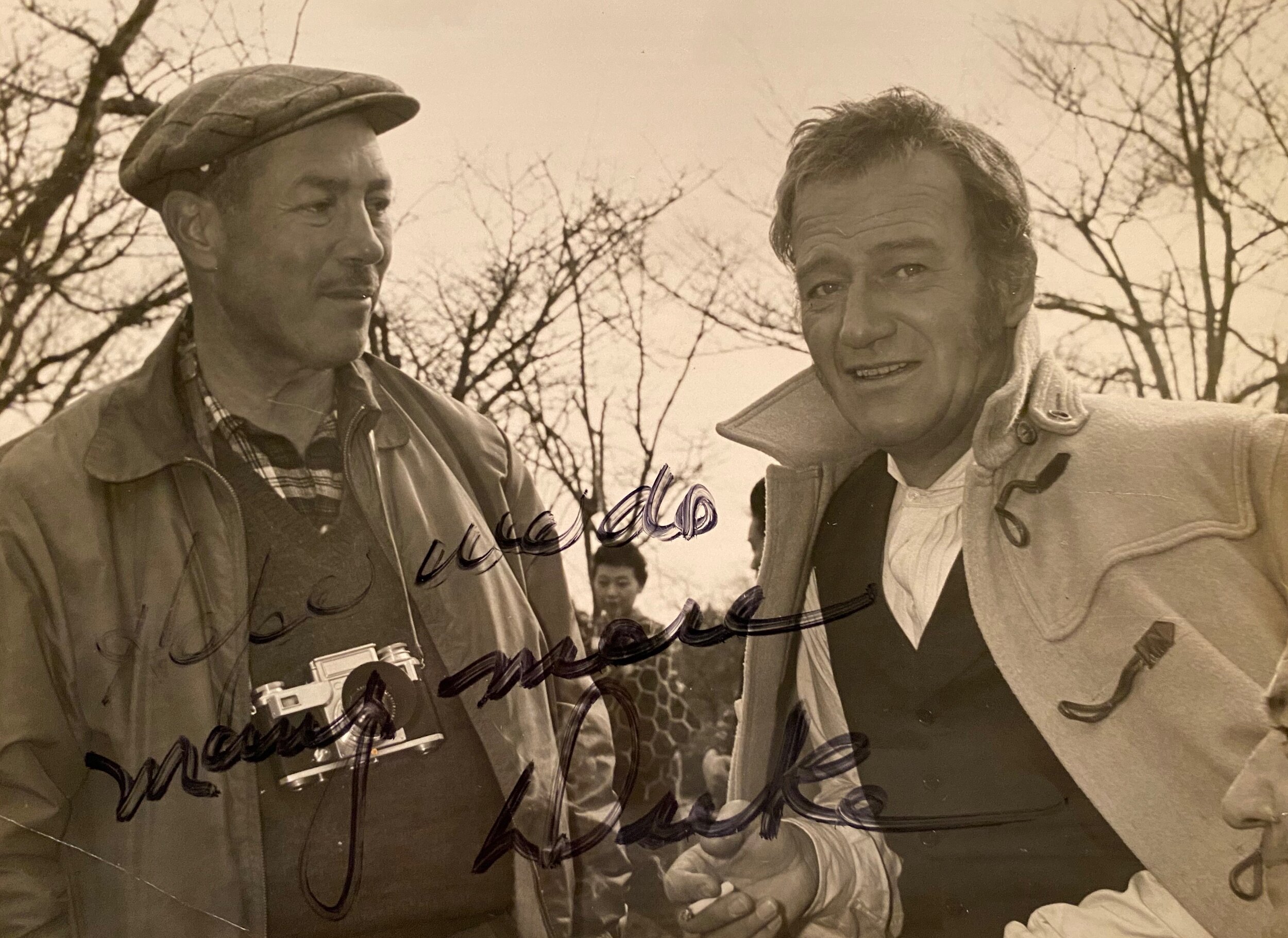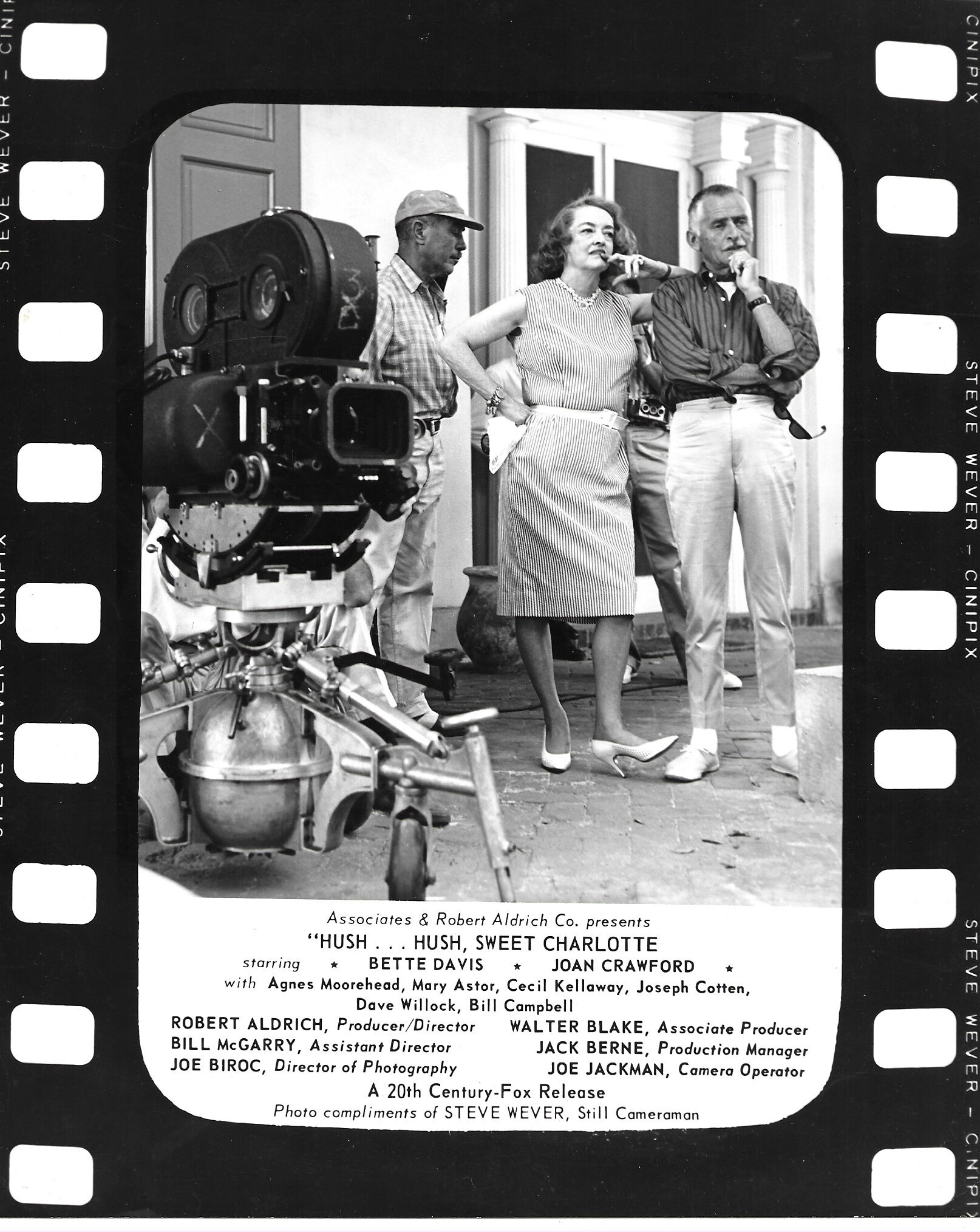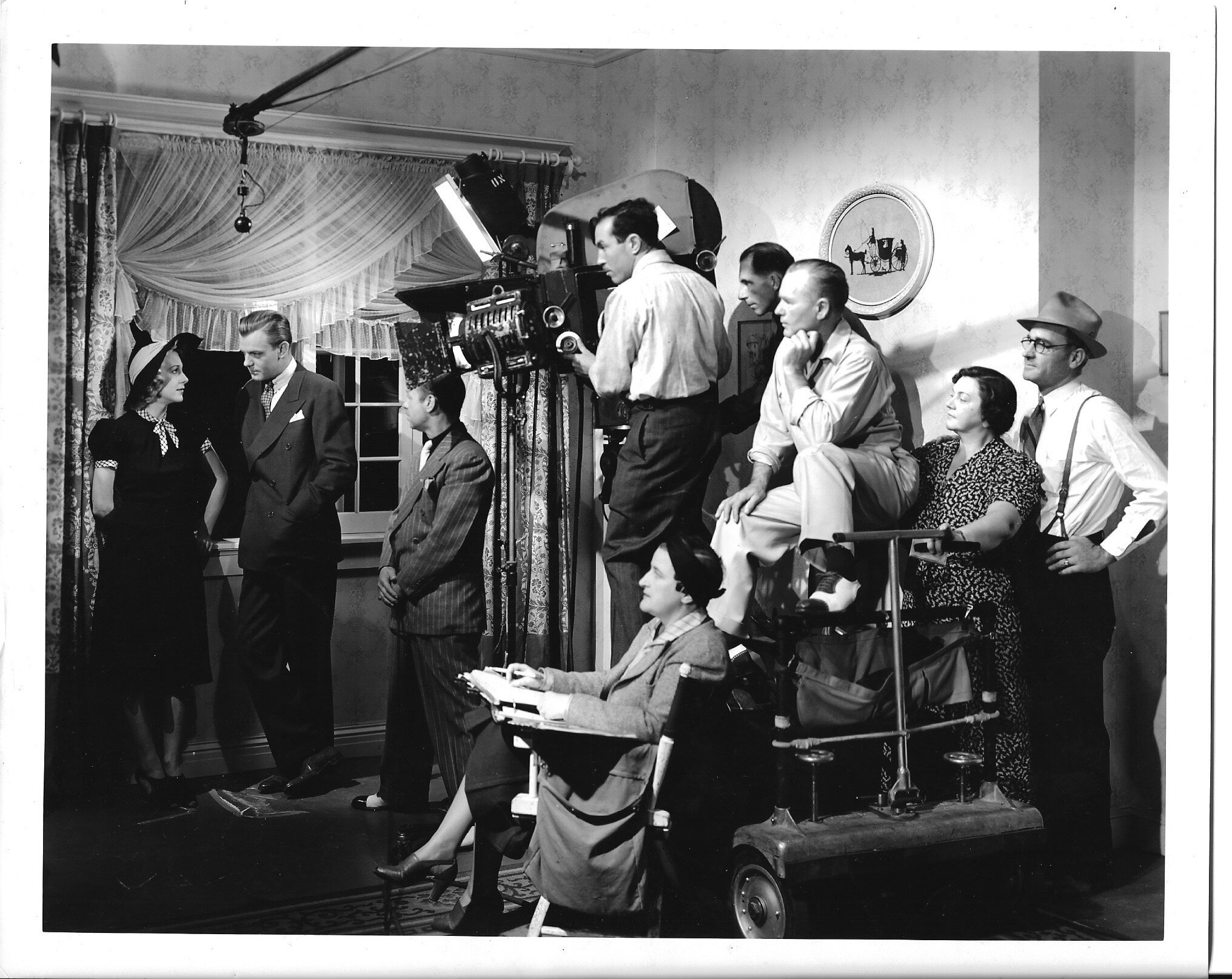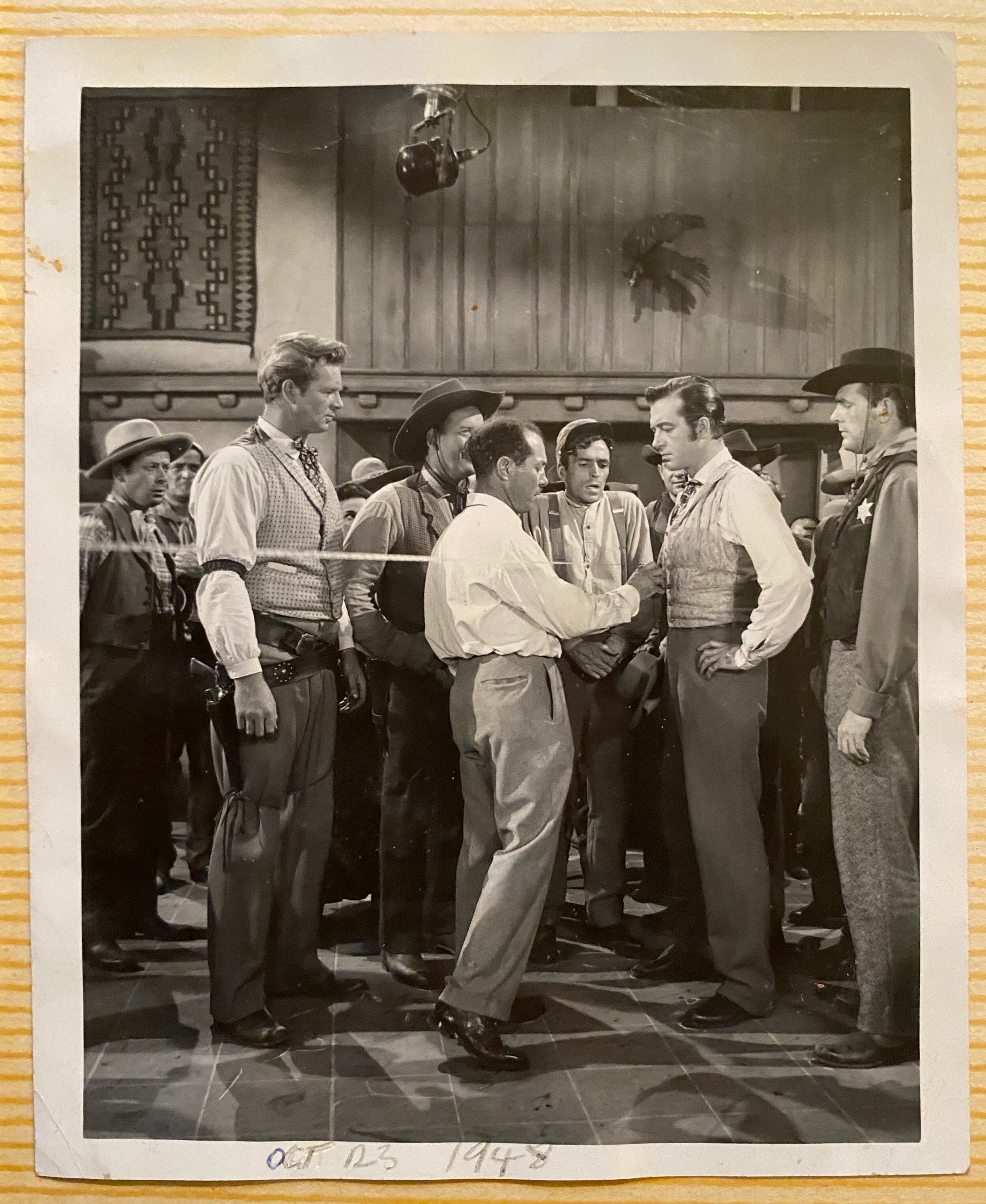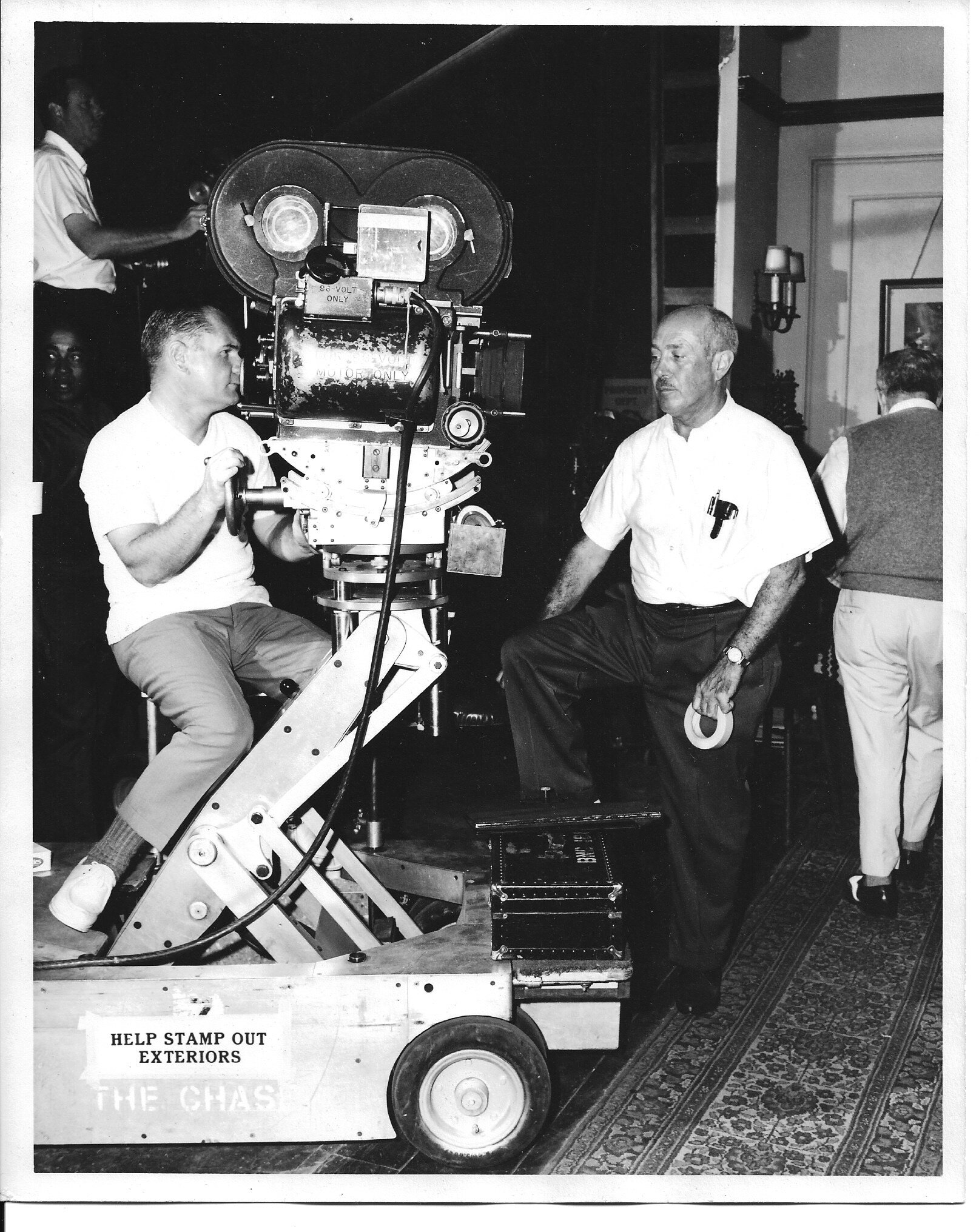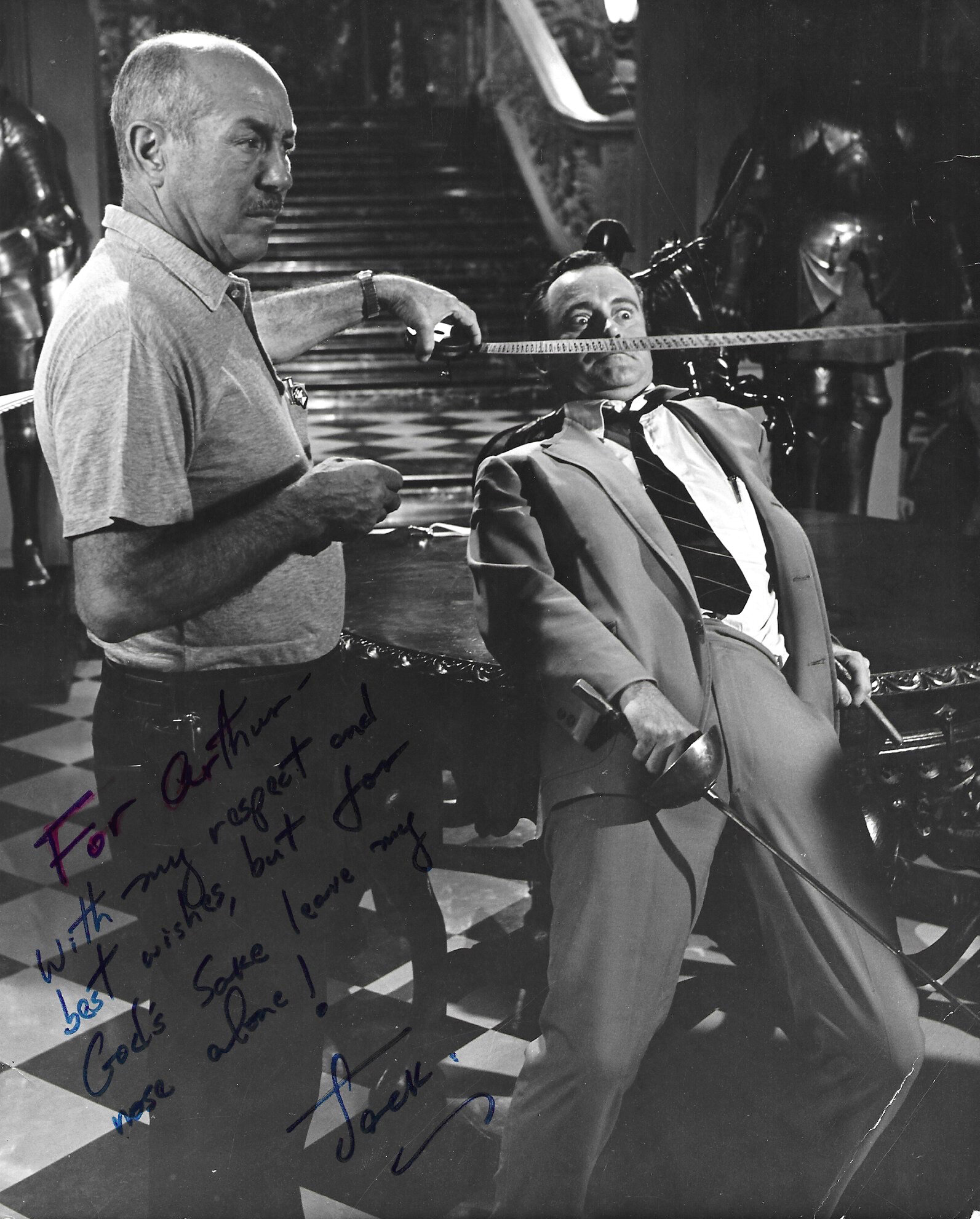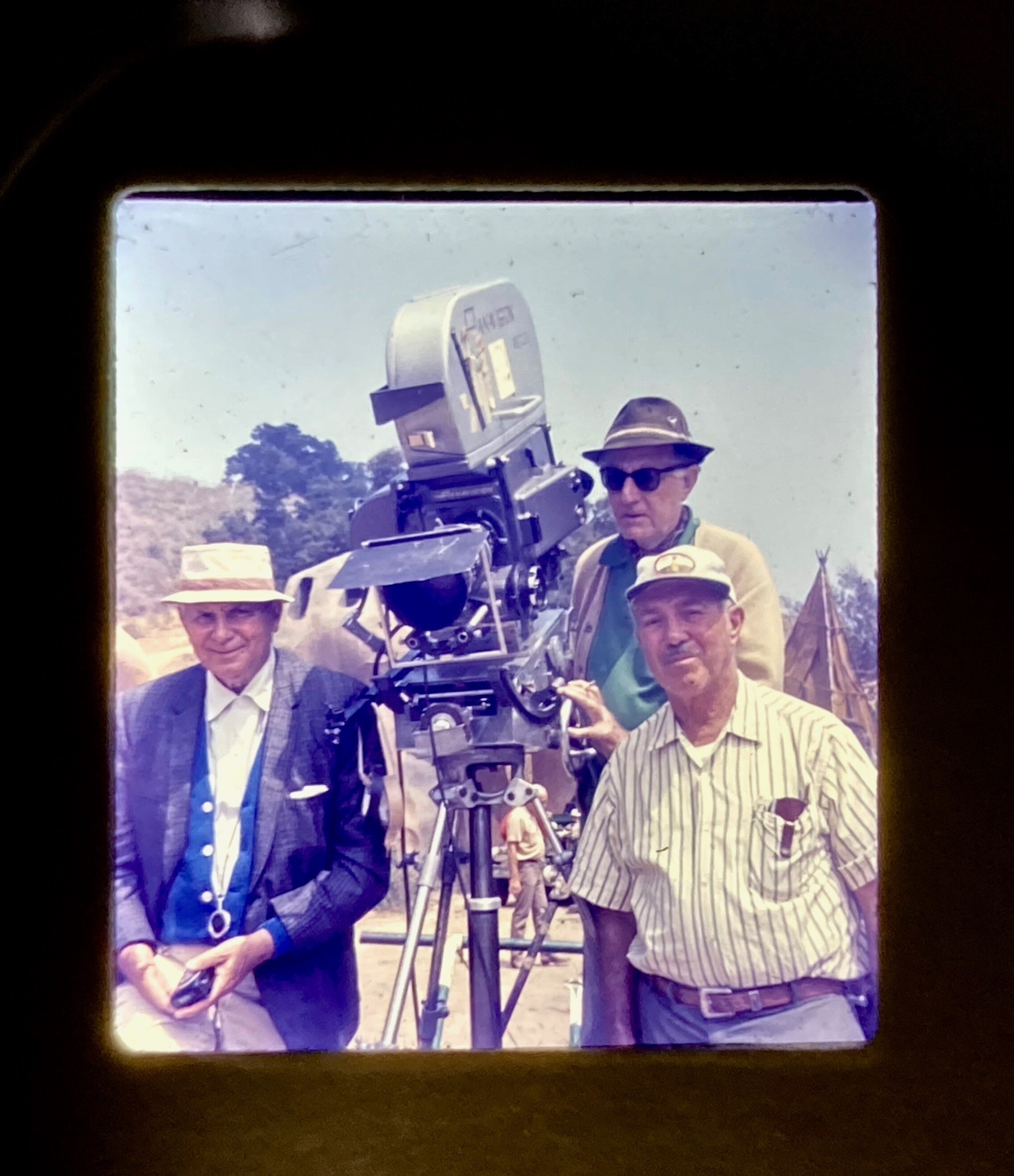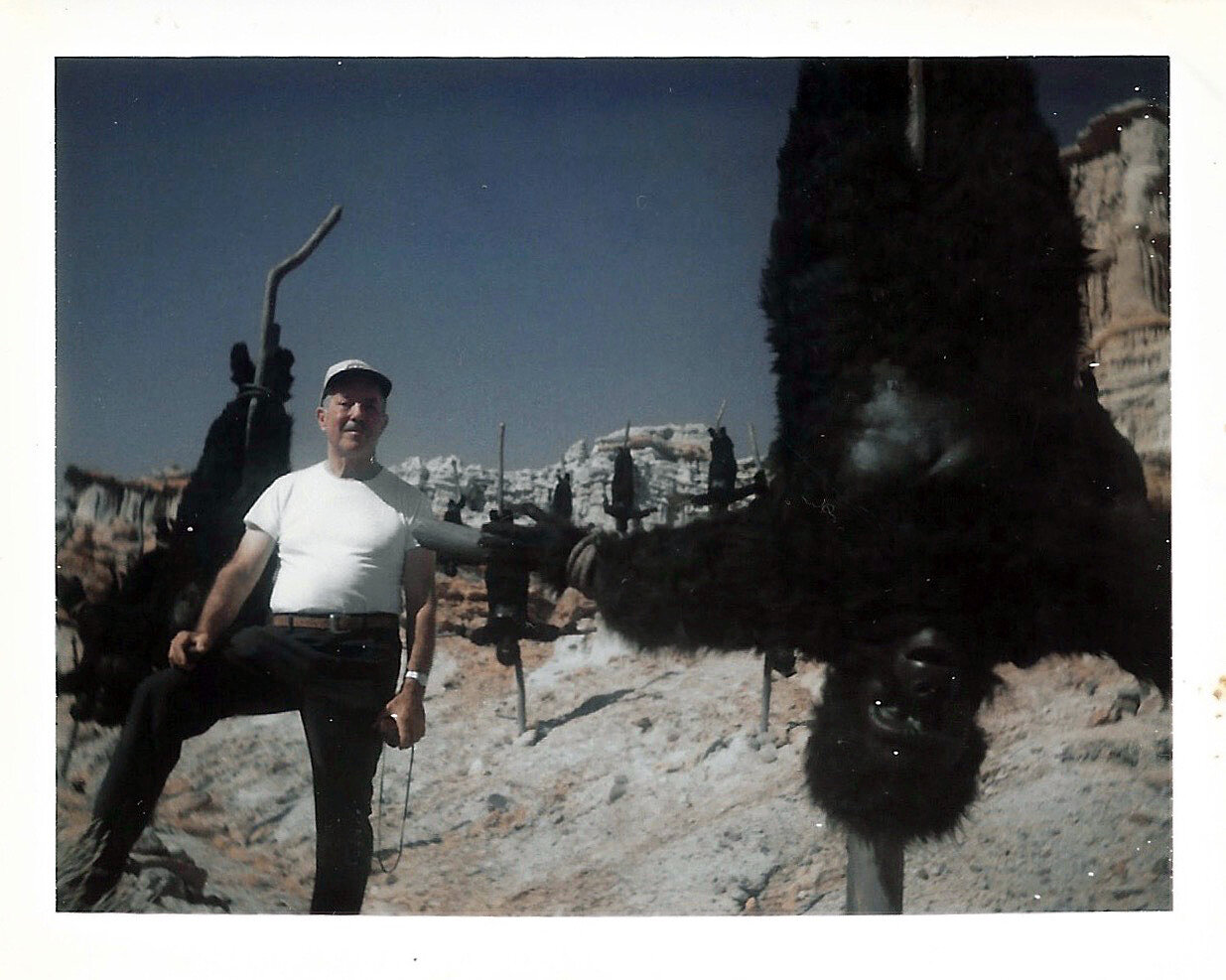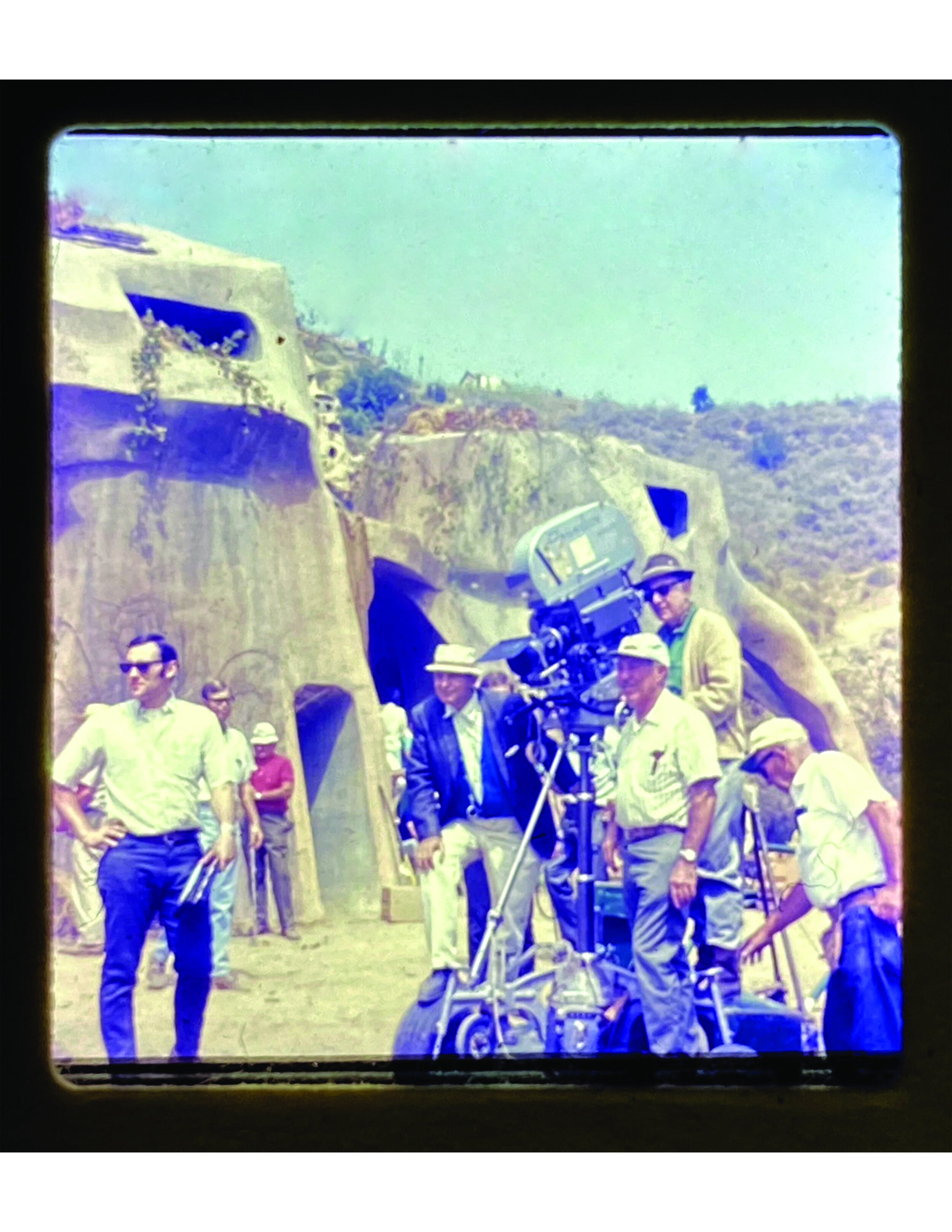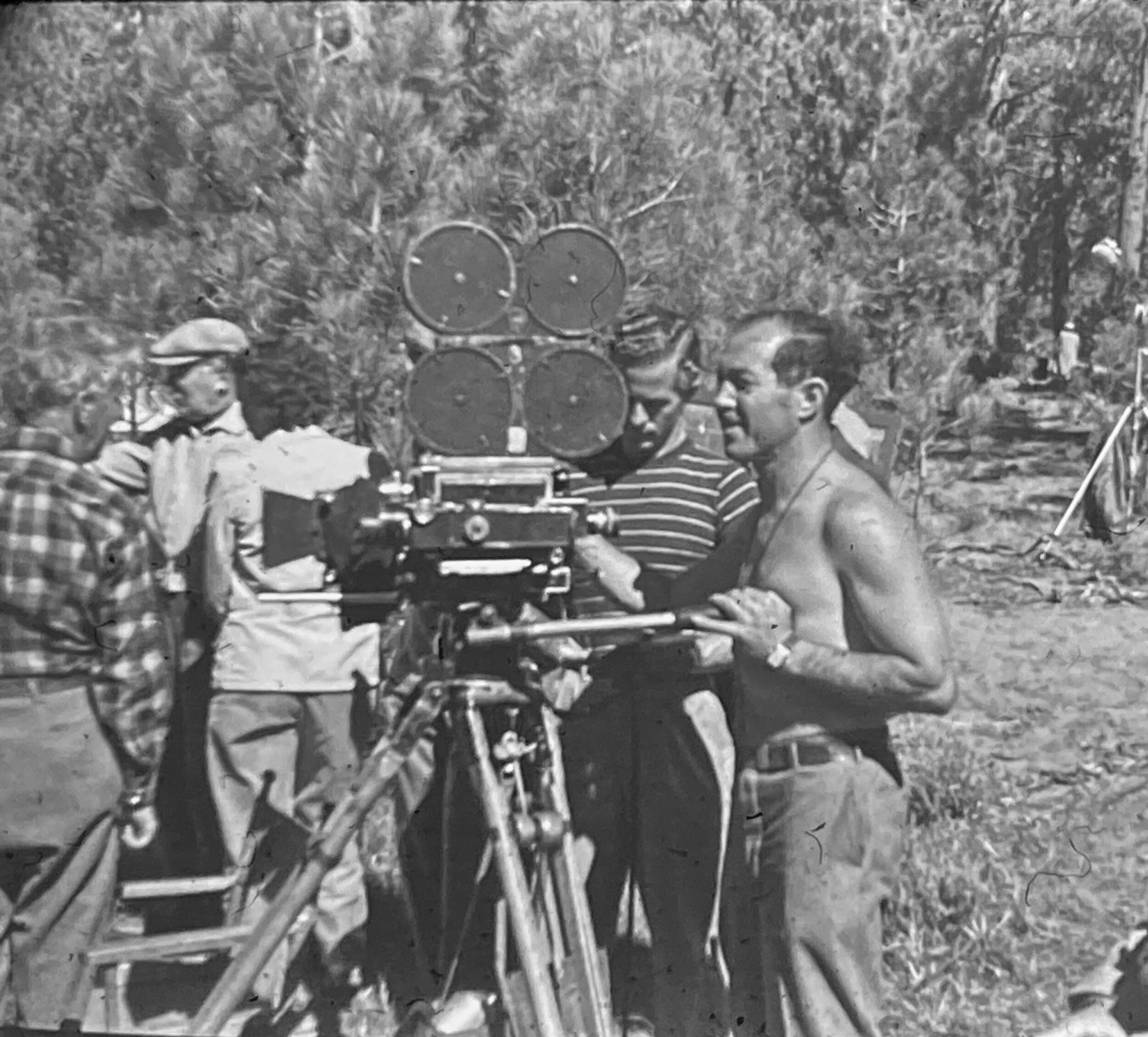“While so many people today use only their fingertips, my grandfather used his whole hands.”
Like any traumatic event, these past pandemic years have offered all of us an unprecedented occasion to reflect on the concept of time, how it passes, how we spend it and what we fill it with. During this period, I spent a lot of time pondering the past and considering how, even in the halting of 2020, we, as a society, are still speeding ever rapidly forward and inevitably farther away from the 20th century that many of us were born into. These thoughts evoked my maternal grandfather, Arthur Gerstle.
Grampa, as I called him, was born in 1906 and lived until 1993. During the span of his life the world went through an unparalleled transformation, driven by technical innovation. He rode the seismic phenomenological wave between the second industrial revolution of gas, electricity and oil, the third industrial revolution of electronics and nuclear energy, and touched upon the fourth, brought about by the advent of computers and the internet. From iceboxes to Frigidaires, horses to automobiles, telegrams to fax machines, film to television, fossil fuel to nuclear power, my grandfather’s life was an analog, manual, hands on experience moving towards automation, with machines being made to take hands off.
How differently time seems to move now.
Hours spent in virtual worlds on multiple platforms creating things we can’t touch or hold.
While so many people today use only their fingertips, my grandfather used his whole hands.
Arthur had a workshop full of tools and machinery. Hanging just inside the workshop door there was a hand painted sign that read
IF WE CAN’T FIX IT - IT AIN’T BUSTED. Funnily enough, this was kind of his truth, but Arthur always found a way to fix things even if they weren’t busted.
Arthur’s was a world of partnership with technology, where the workings of gadgets were easy to grasp, and how to fix them, self-evident. Today’s world is one of impenetrable complexity and sophistication. But perhaps in our ever-accelerating advancement, we have left behind more than our ability to comprehend our machinery. Have we also left behind a whole culture of tinkering, fixing and maintaining the very devices that intimately facilitate and impact our everyday lives?
For five decades Arthur Gerstle worked as a cameraman, (first assistant cameraman to be specific), at Universal Pictures, 20th Century Pictures, MGM, and just about every other film studio in Hollywood, shooting movies on the sound-stages and back lots of California and locations around the world.
At his home in North Hollywood, his workshop was filled with tools that he brought from the “old world”; tools with which he built a new life in the world of moving pictures. Since he was a technician, camera parts were things he often fashioned in pursuit of the technically perfected image.
The catalogue of Arthur’s objects and the installation of IF WE CAN’T FIX IT - IT AIN’T BUSTED offers us an opportunity to reconnect and reflect upon the spirit of engaged know-how, to solve, to fix and do – a time before the culture of disposable, replaceable, built-in obsolescence had taken hold. The objects of Arthur’s life are a testament to an almost bygone era, before our digital age, a way of being, in contact with beautiful tools made from wood and steel, and with objects that we could author and restore ourselves.
The French philosopher, Maurice Merleau-Ponty writes that, the “things of the world are not simply neutral objects which stand before us for our contemplation. Each one of them symbolises or recalls a particular way of behaving, provoking in us reactions which are either favourable or unfavourable. This is why people’s tastes, character, and the attitude they adopt to the world and to particular things can be deciphered from the objects with which they choose to surround themselves…”
“Contact with the objects that enlivened my grandfather enables me access to his existence, nearness to his way of being in the world through what he made with his hands, a world we can all feel a little closer to.” - Morleigh Steinberg
Catalogue of objects from IF WE CAN’T FIX IT - IT AIN’T BUSTED, 354 pages of photographs and stories from this 20th century life, by MORLEIGH STEINBERG
Available in ARCANE Space or here online at the ARCANE Space website shop






